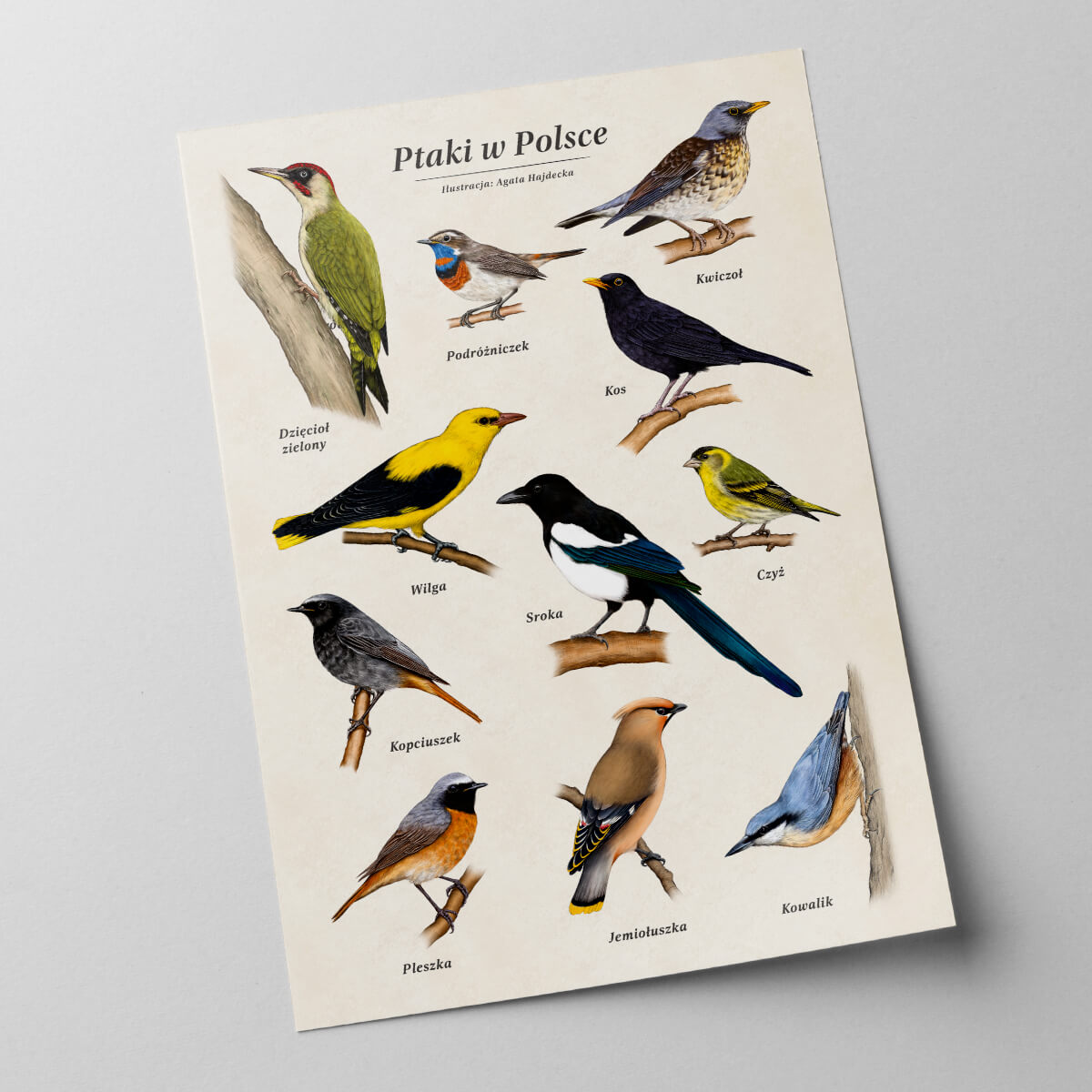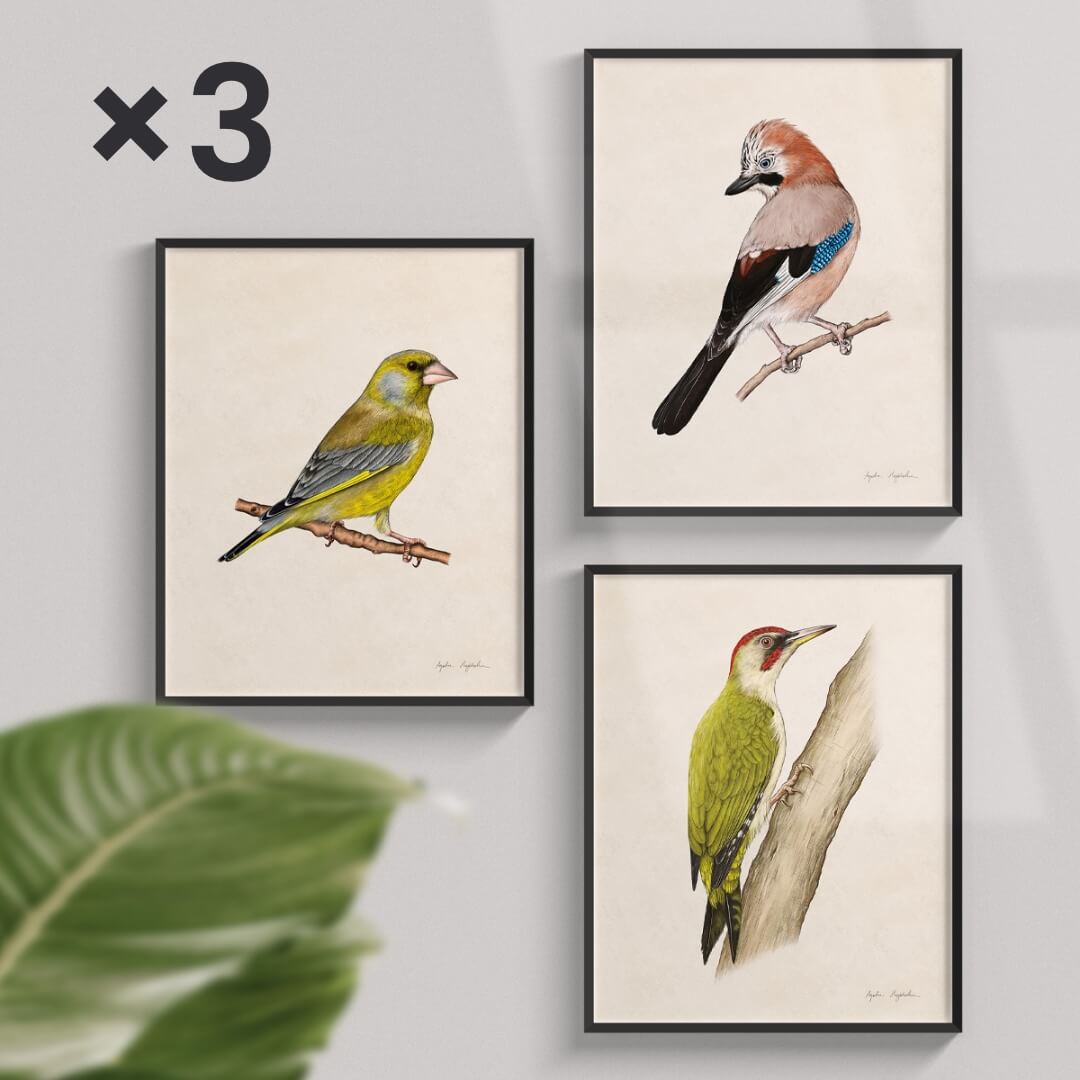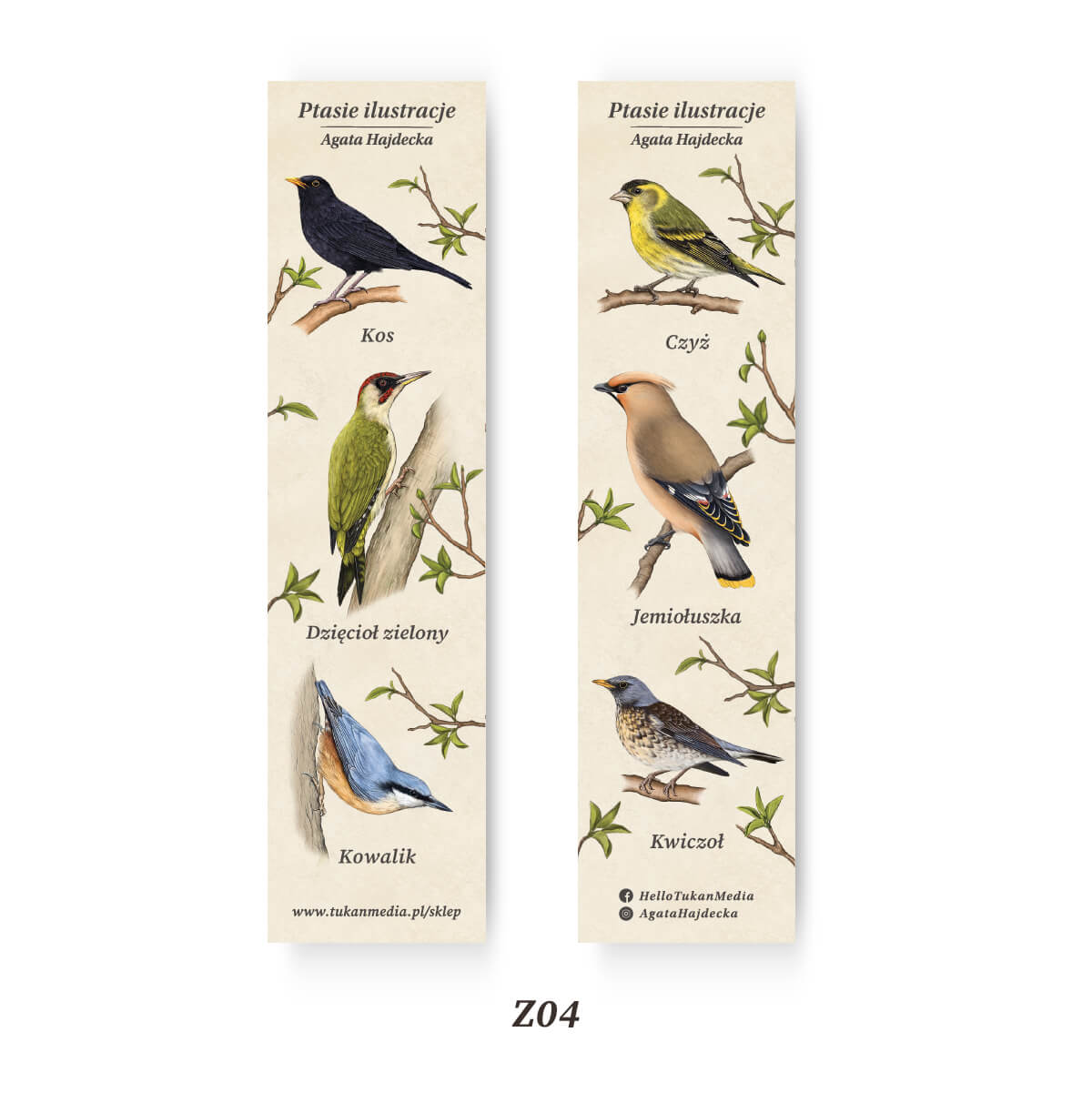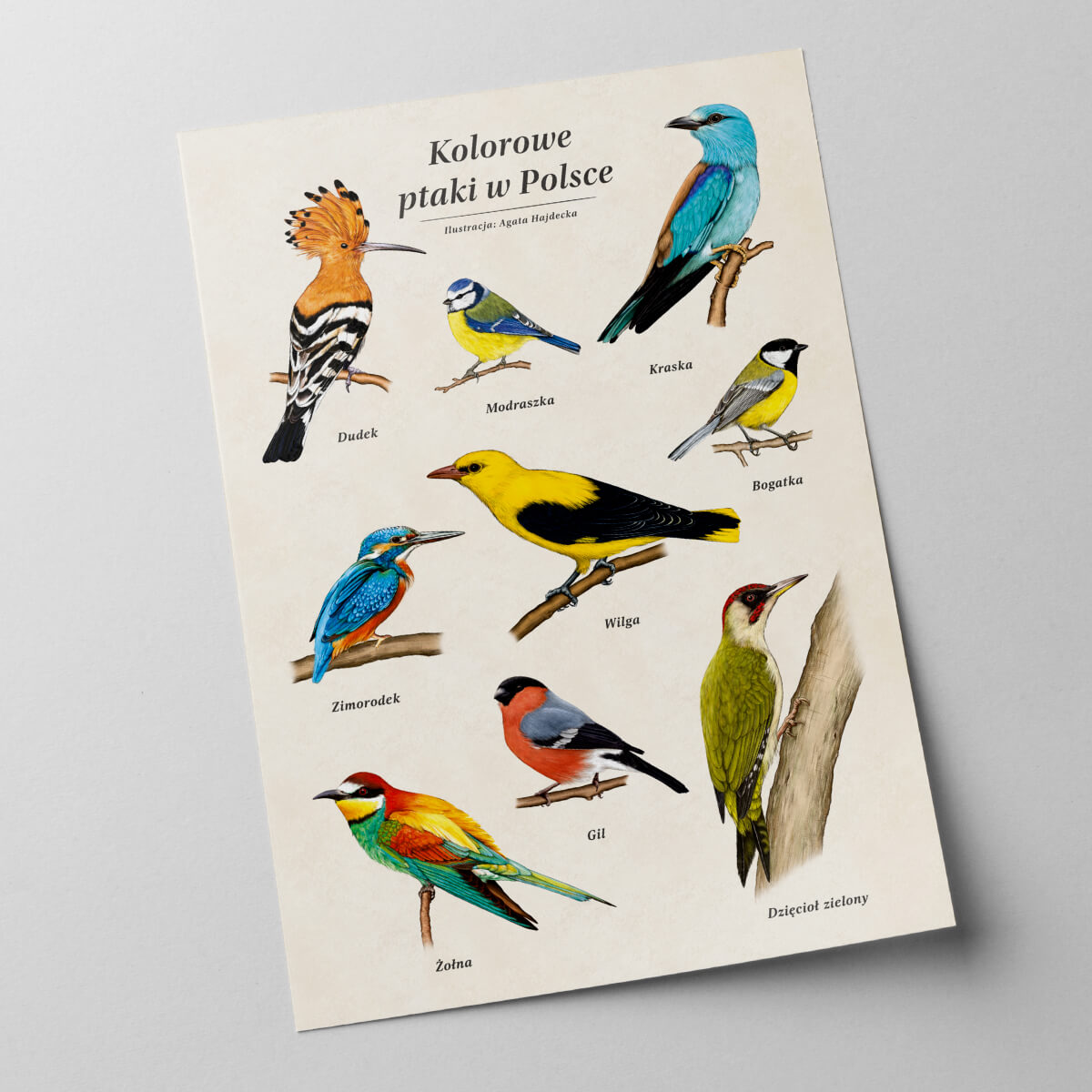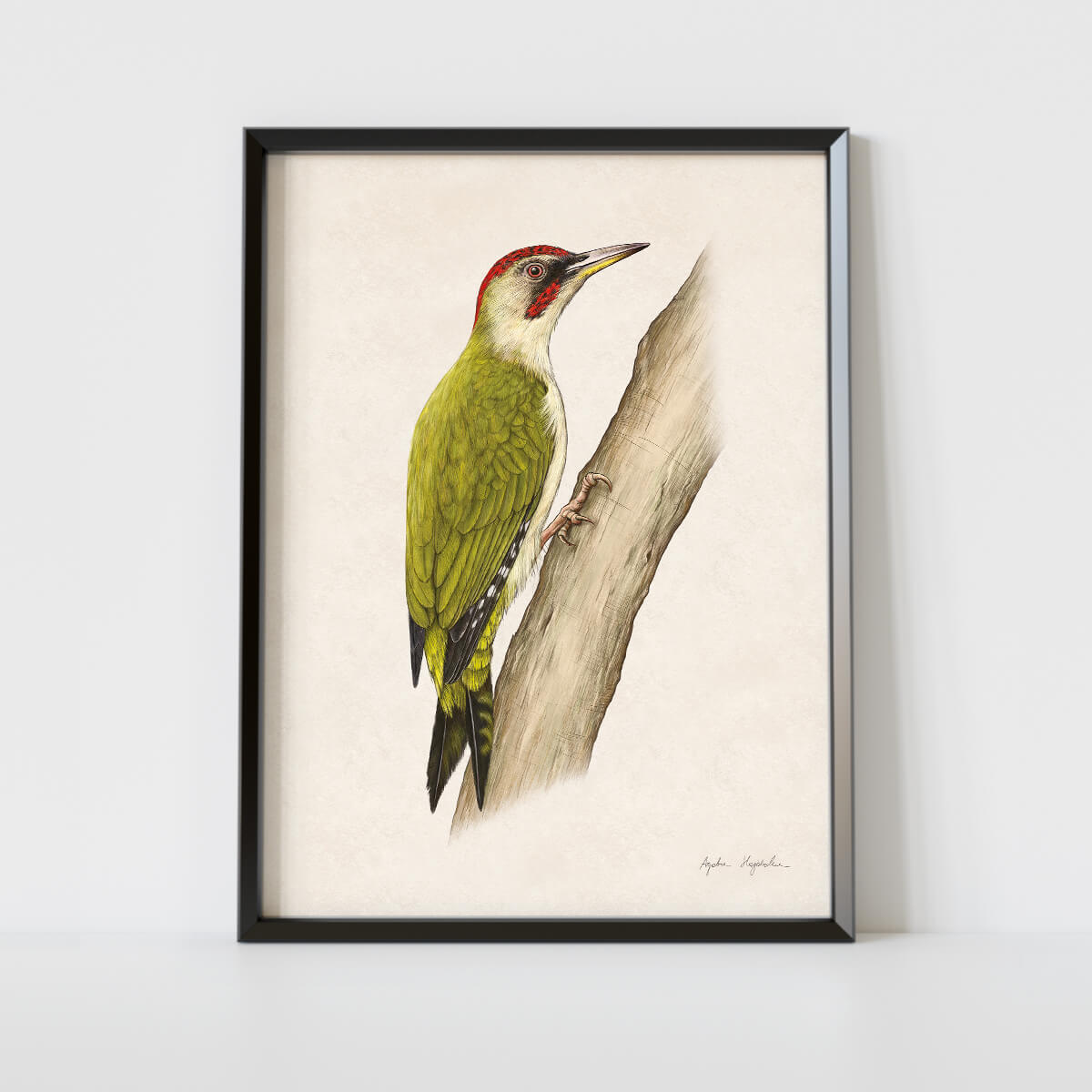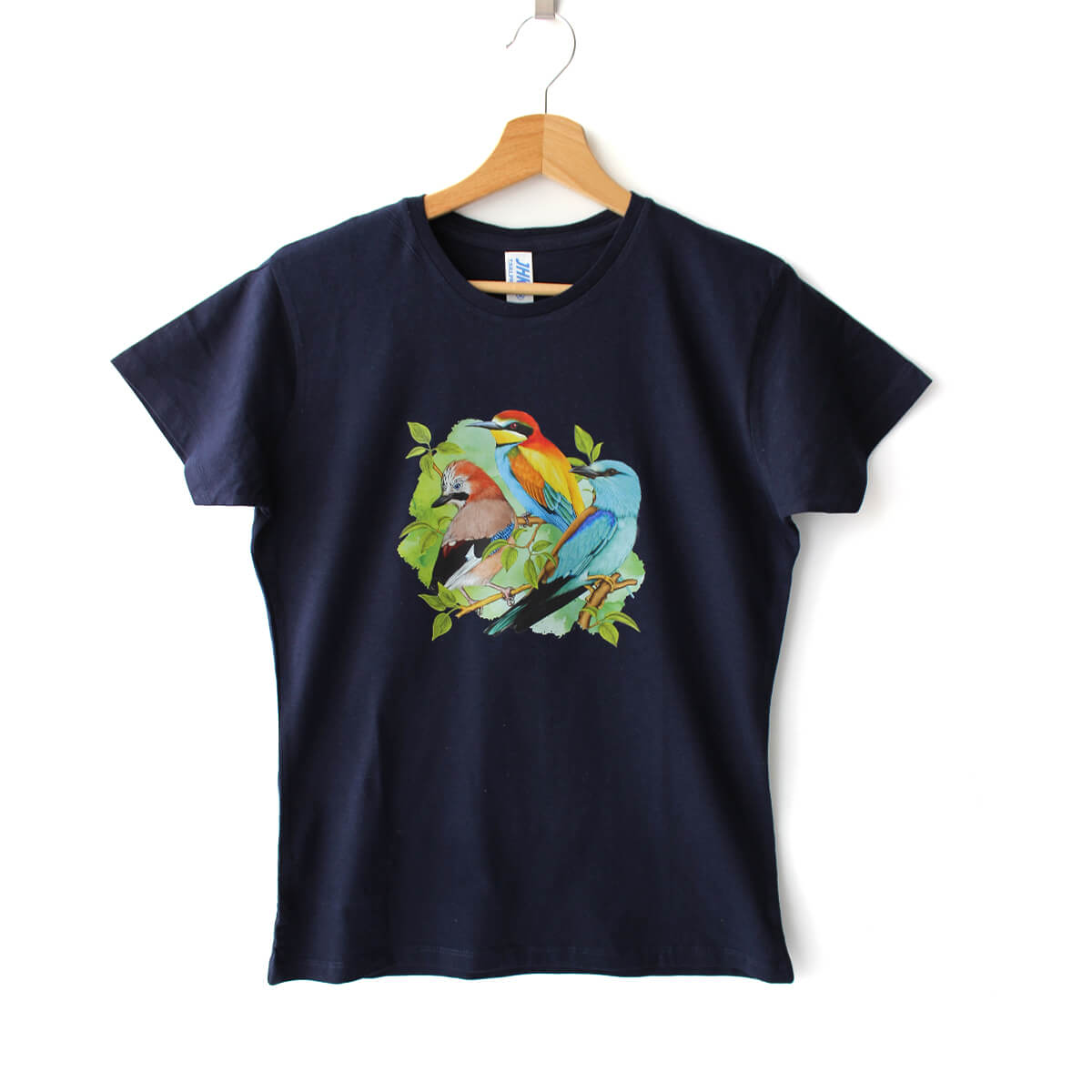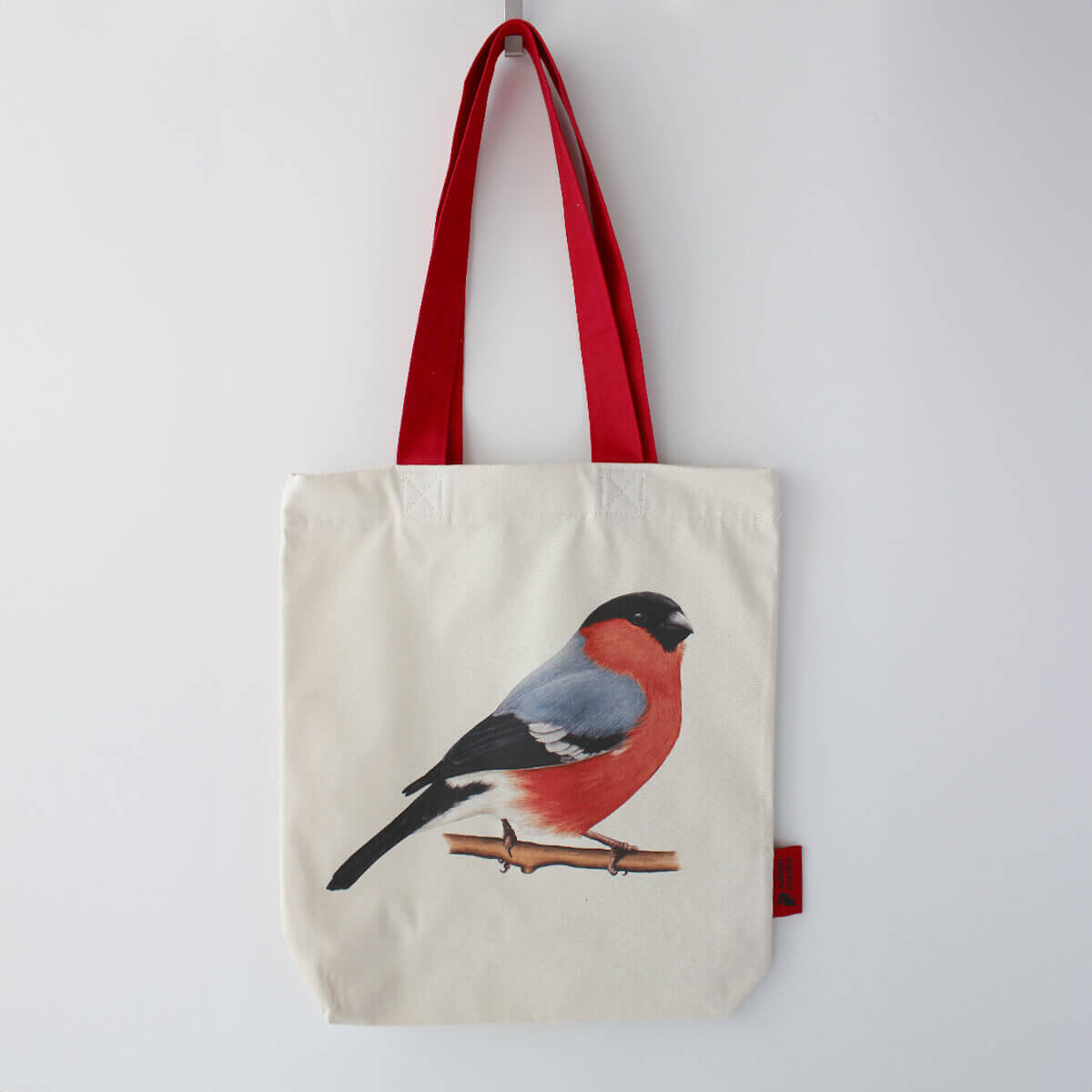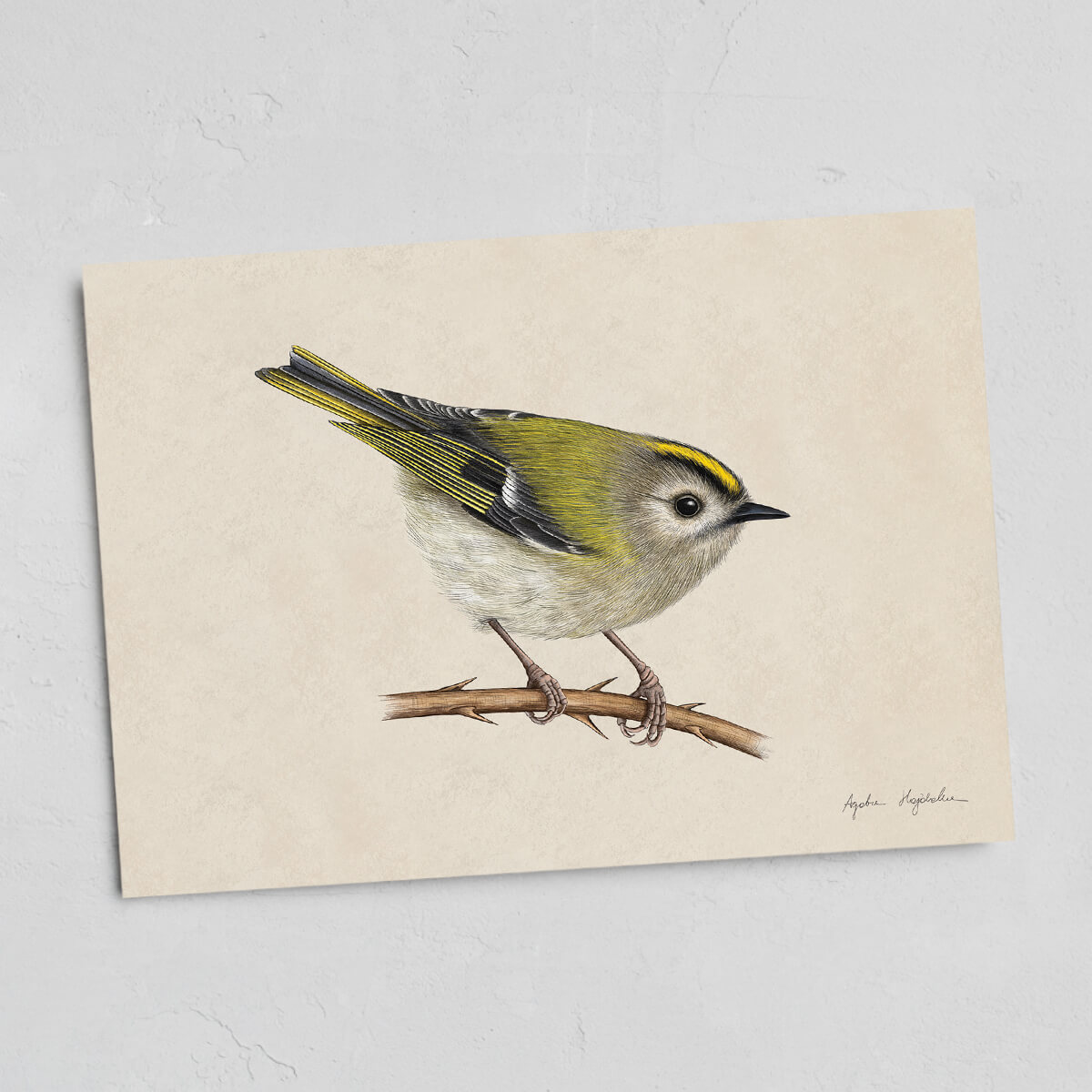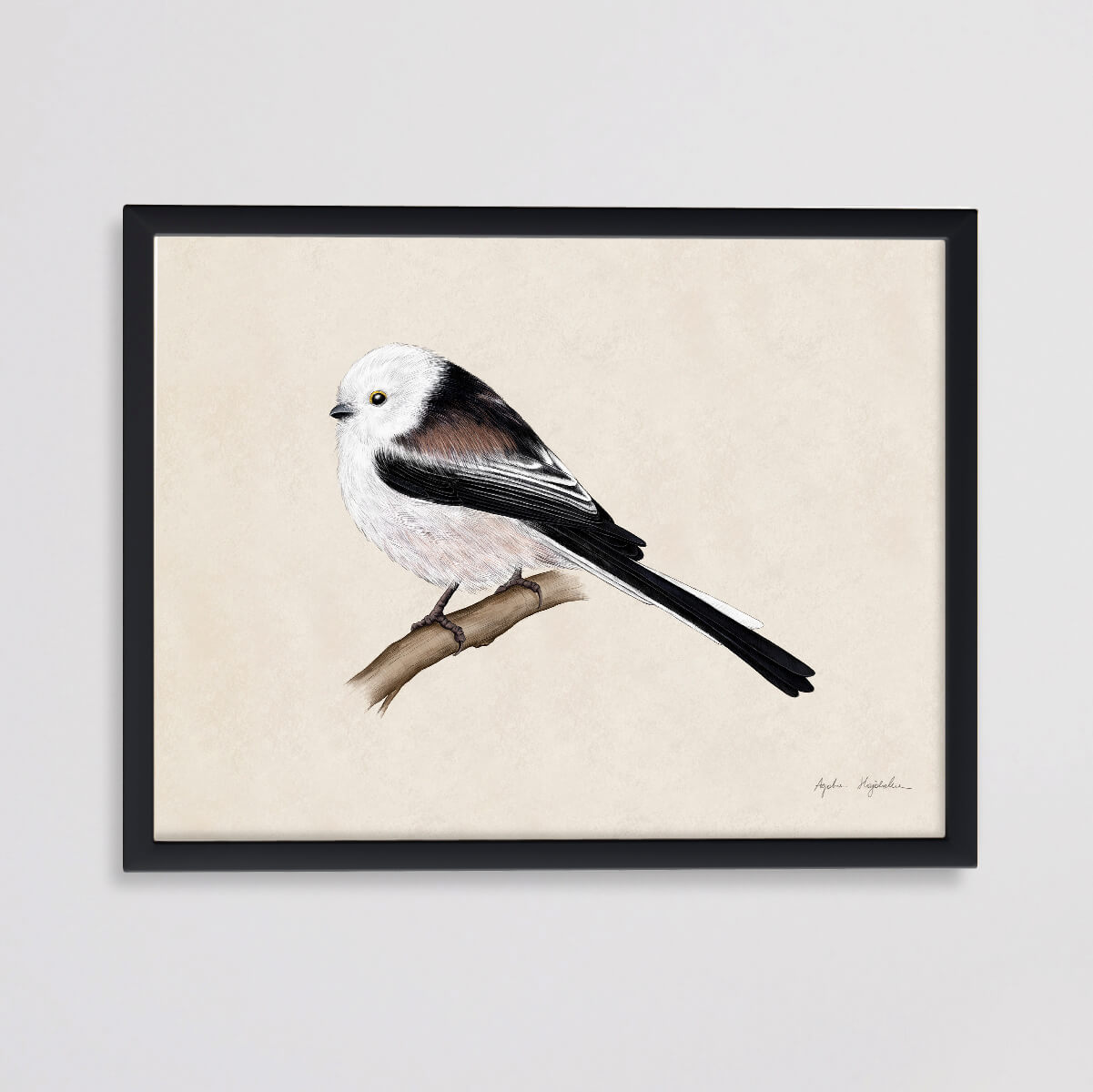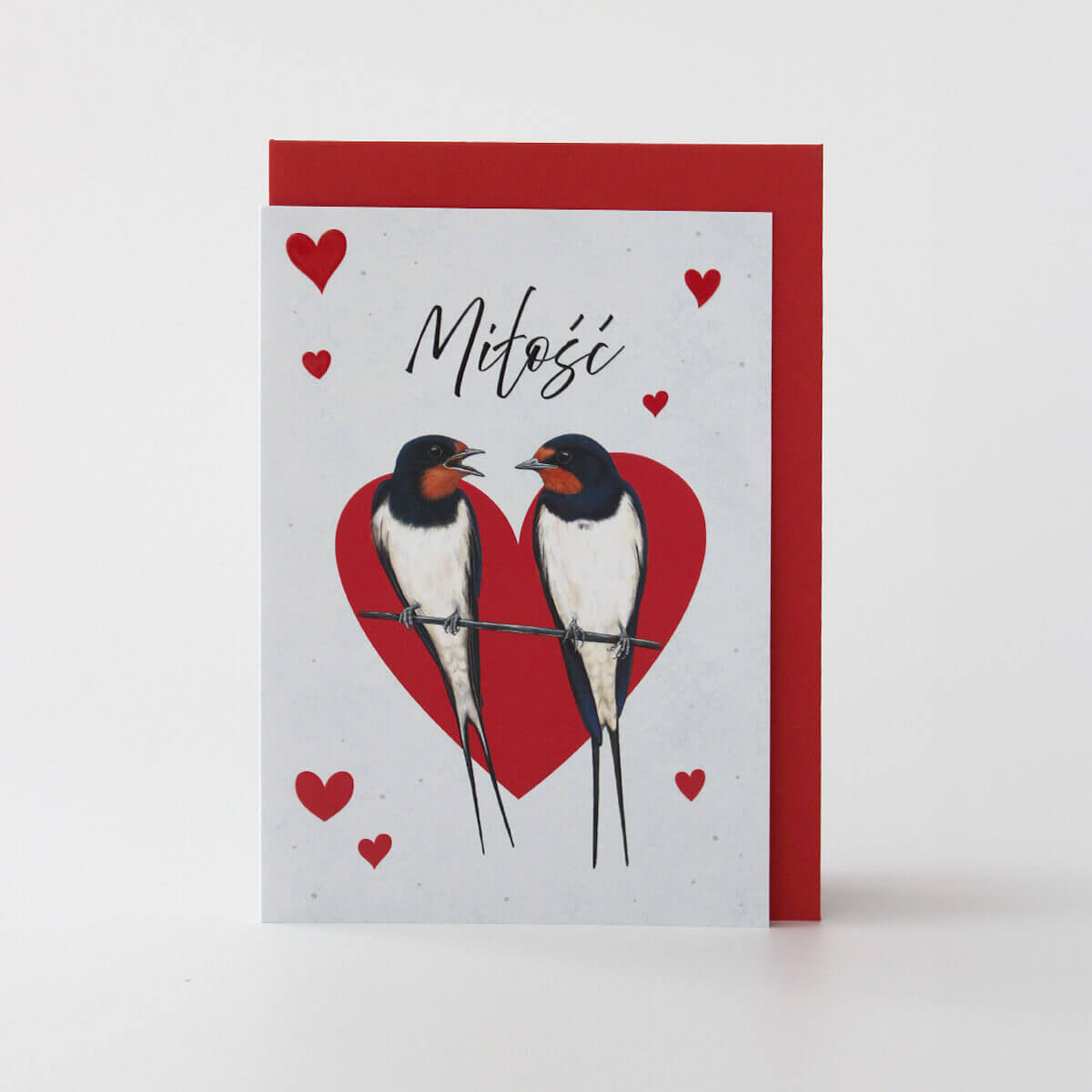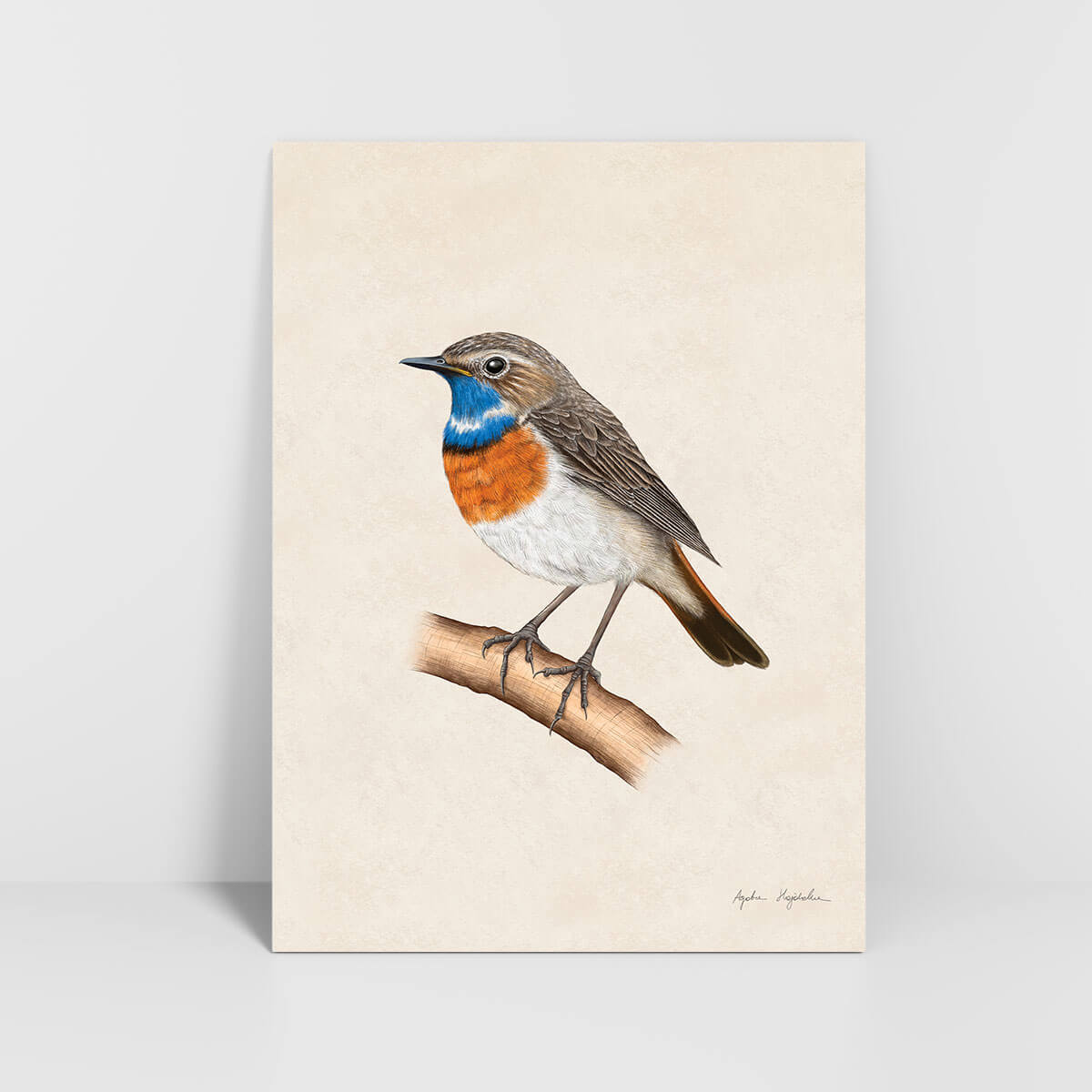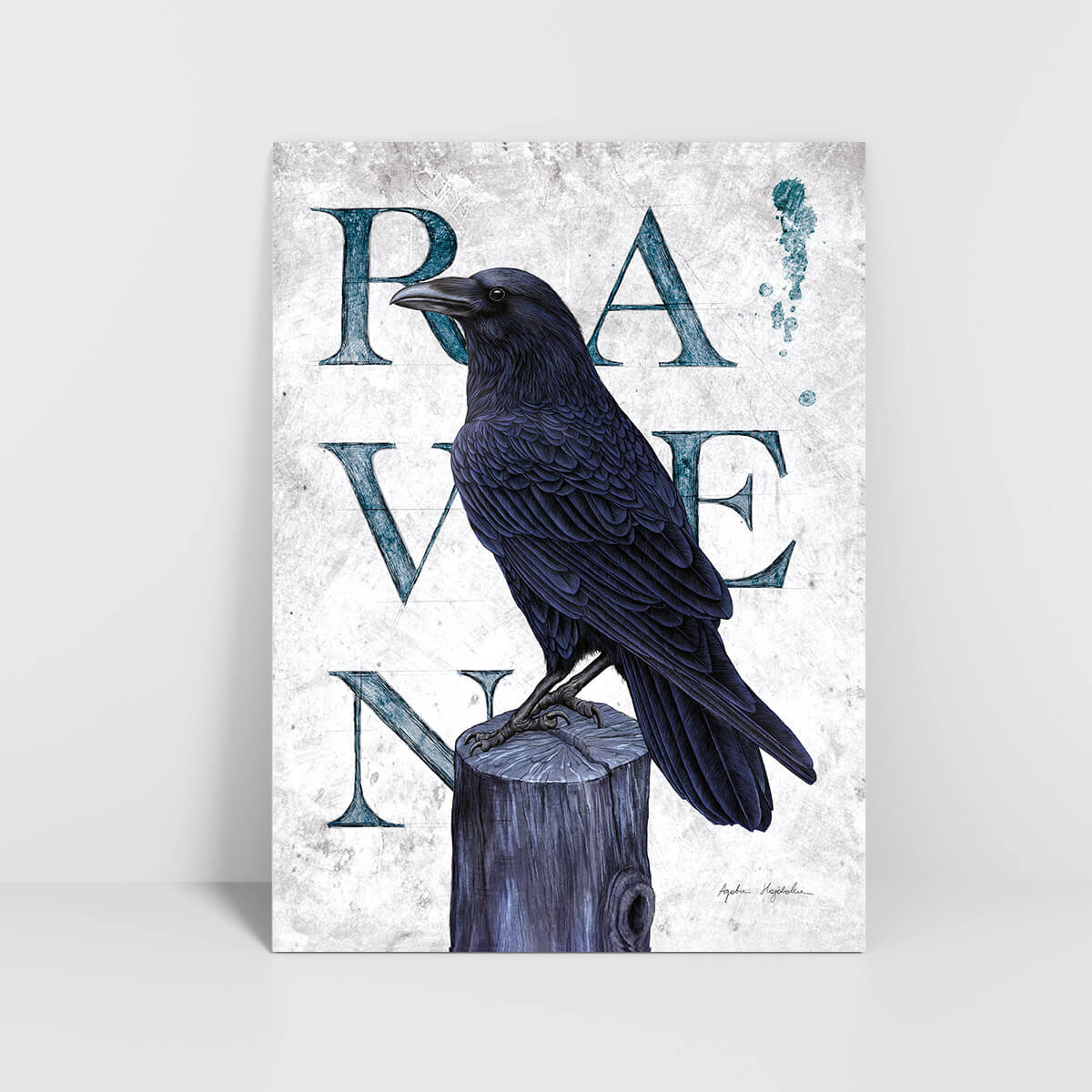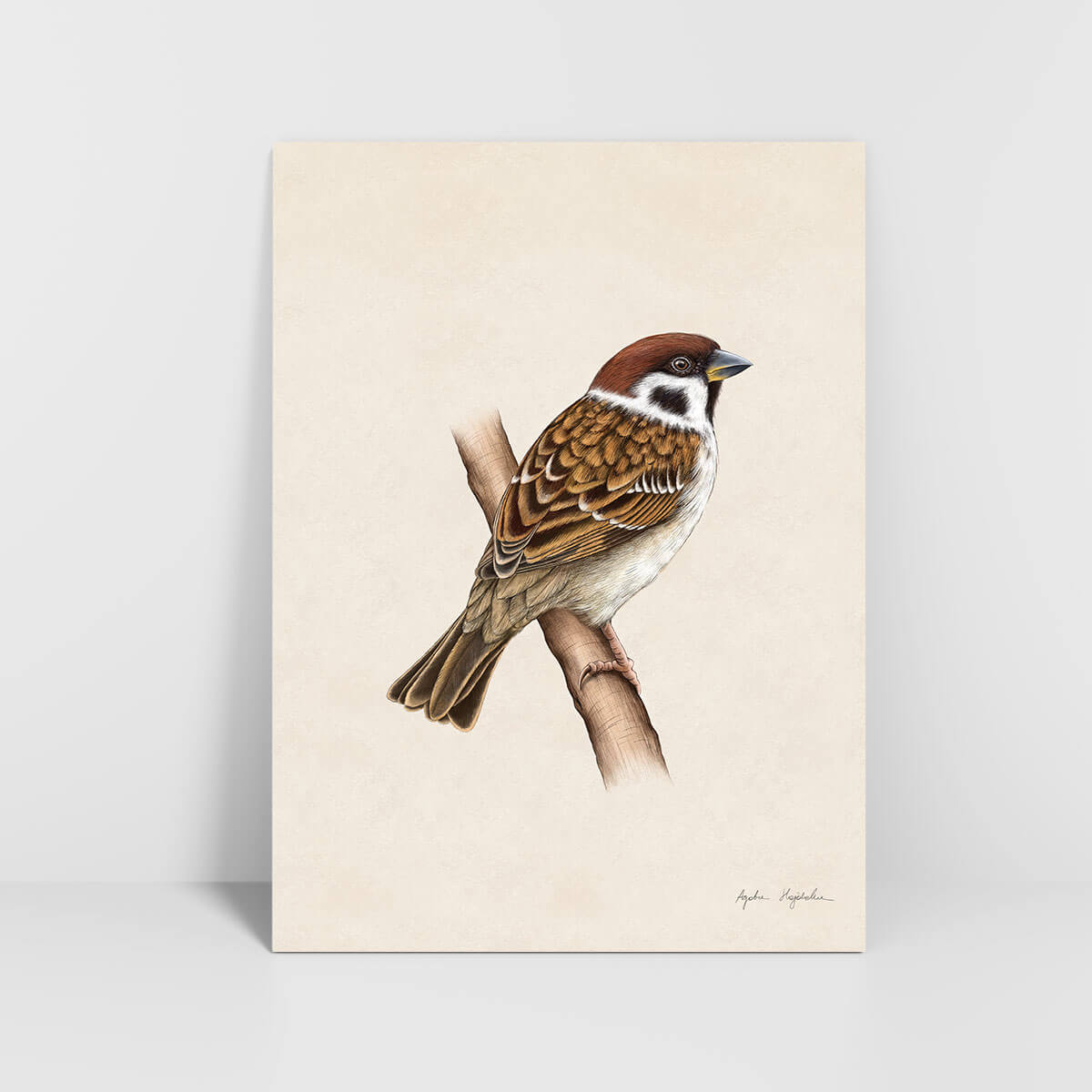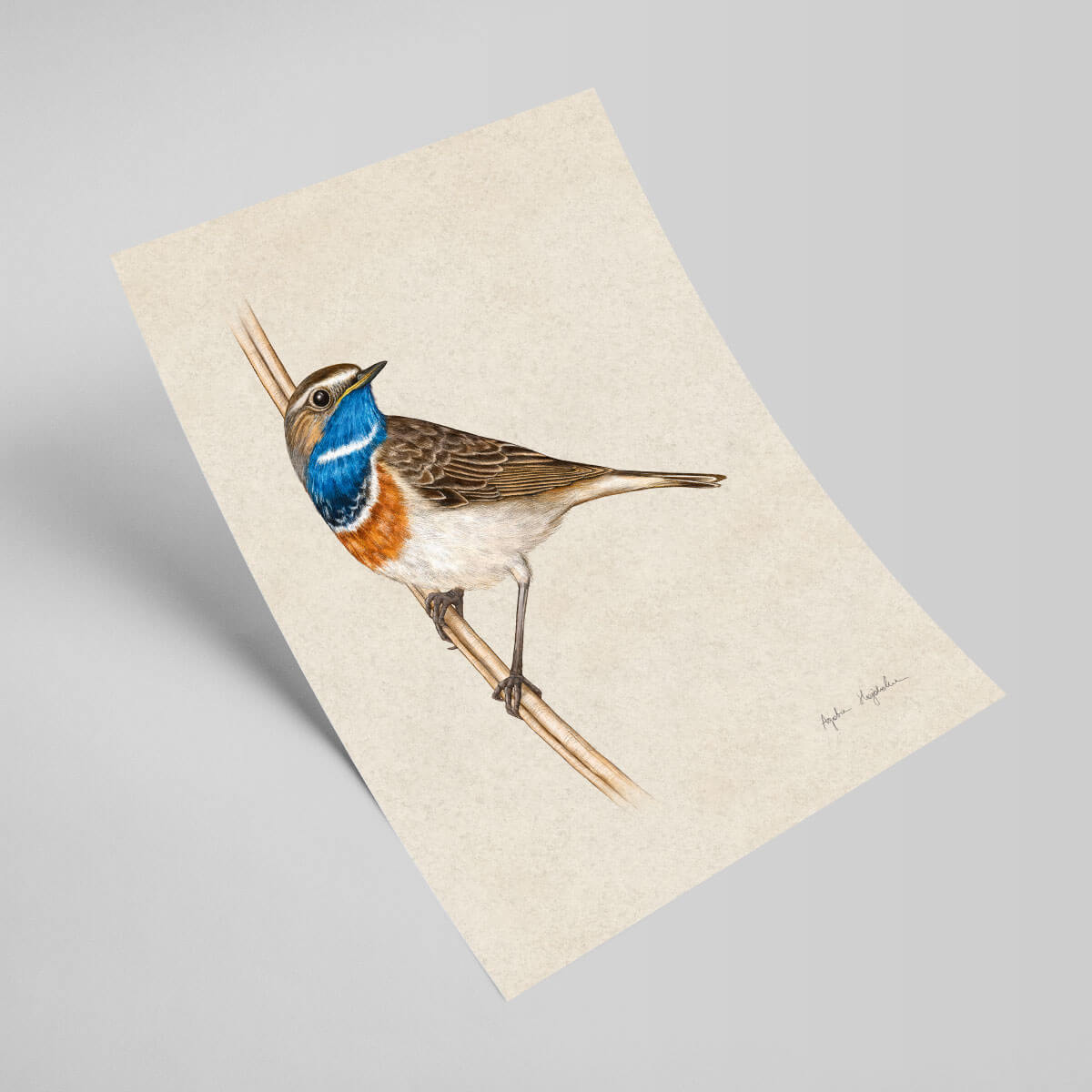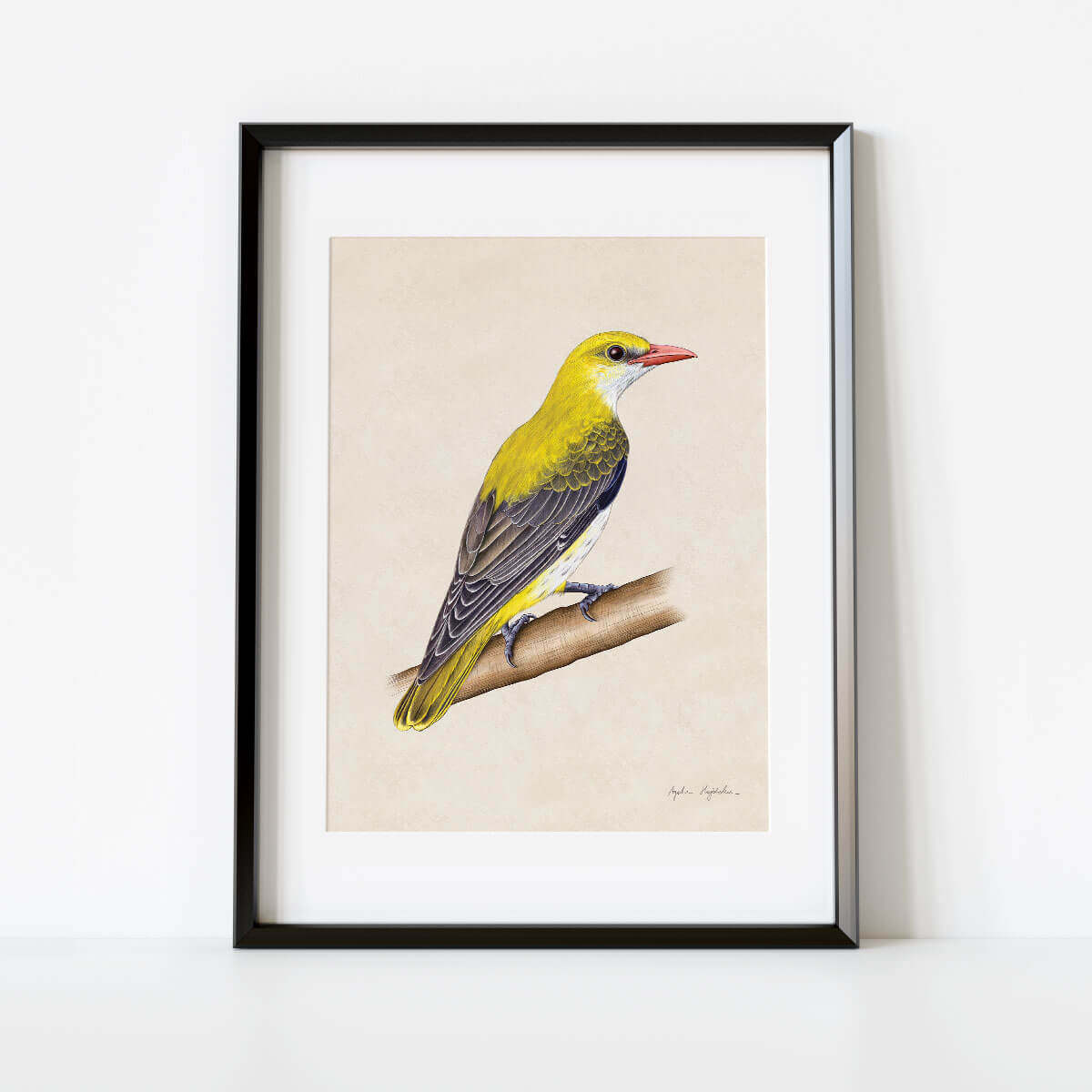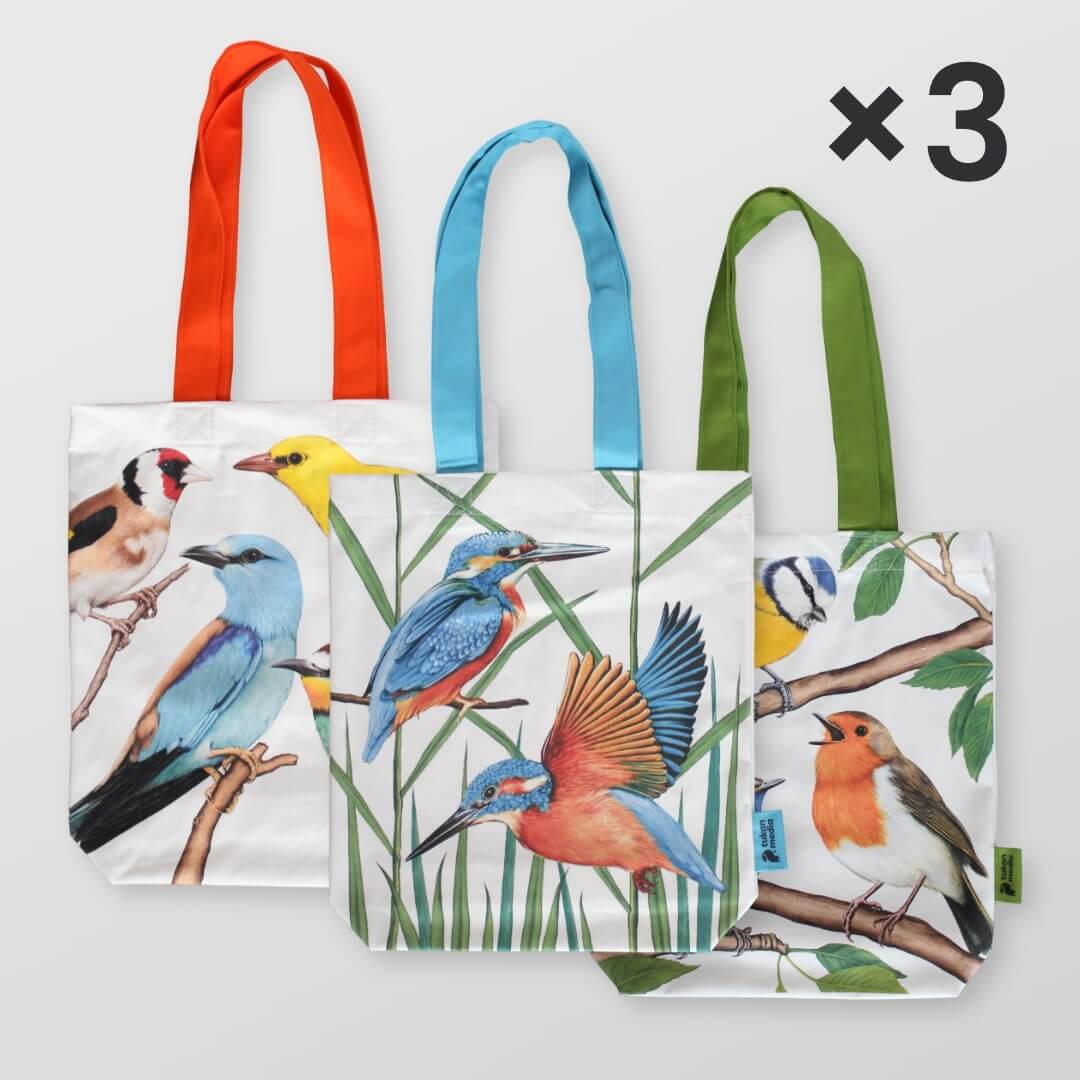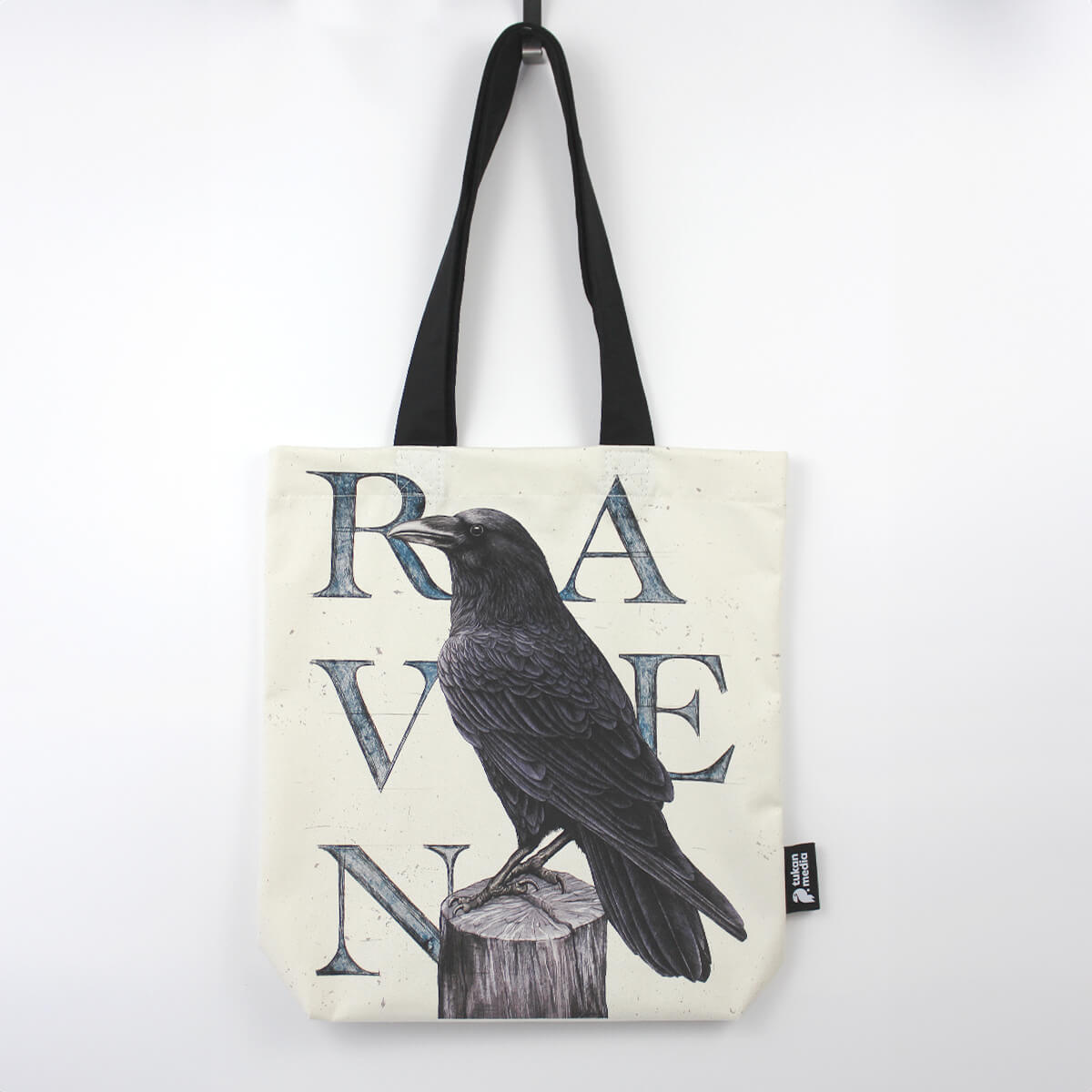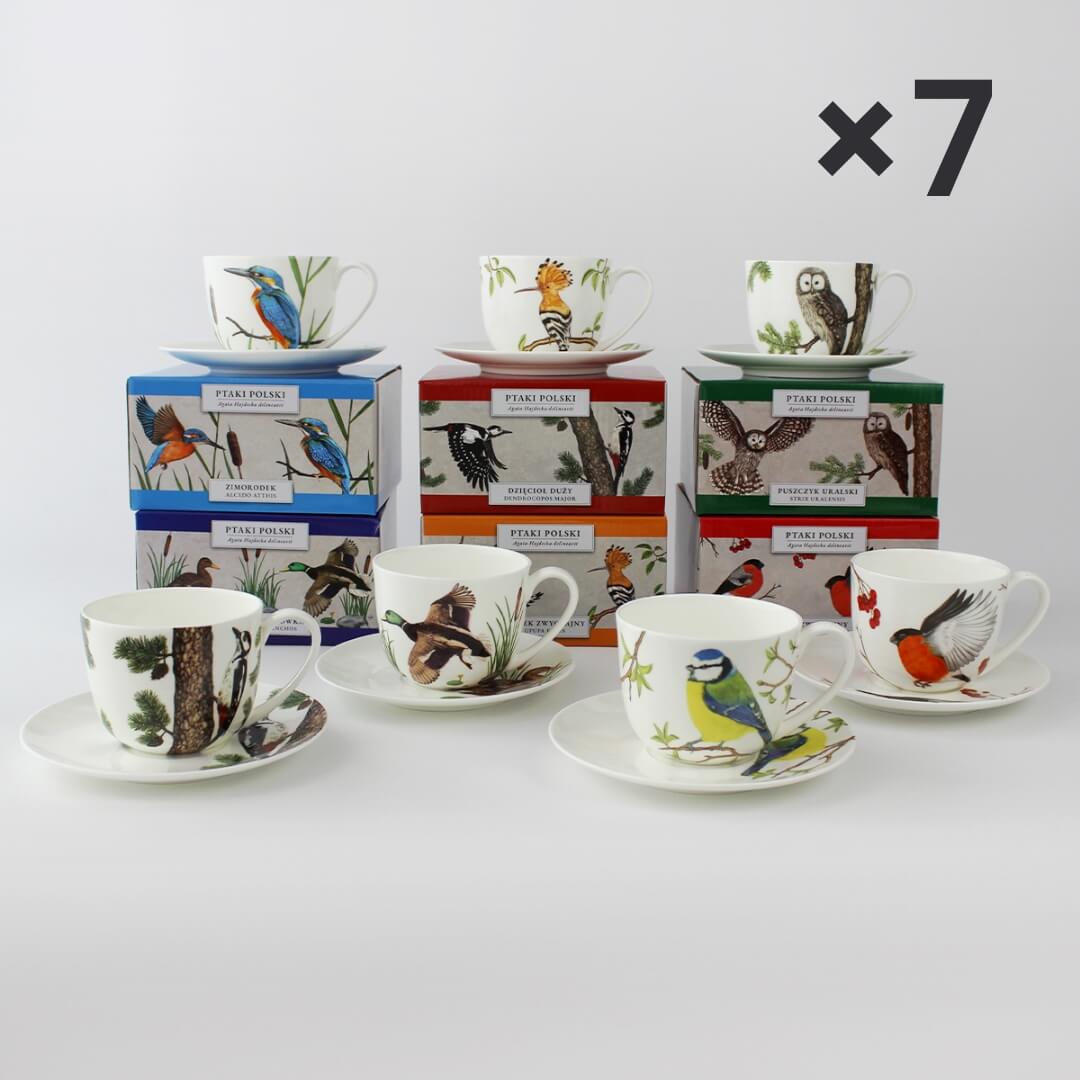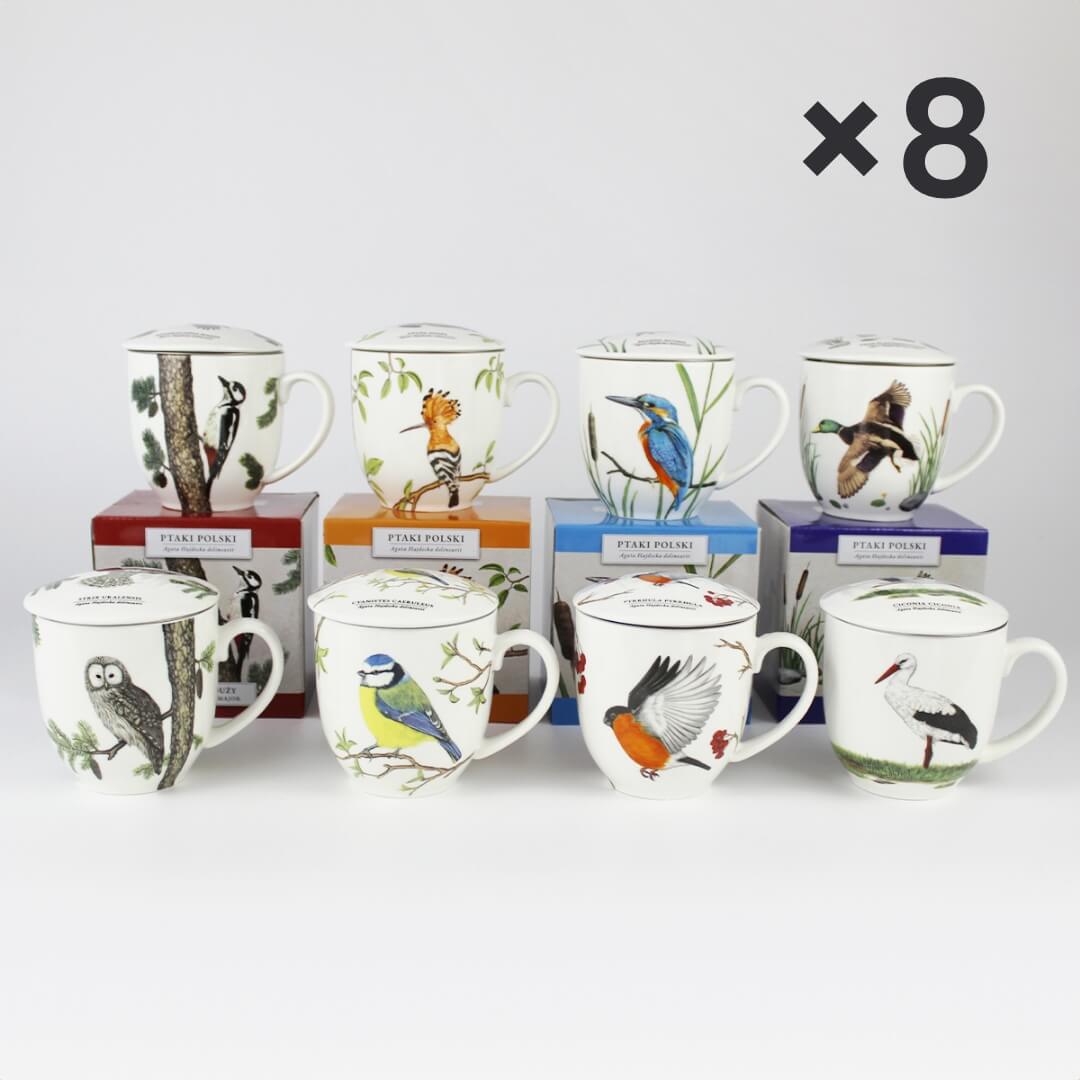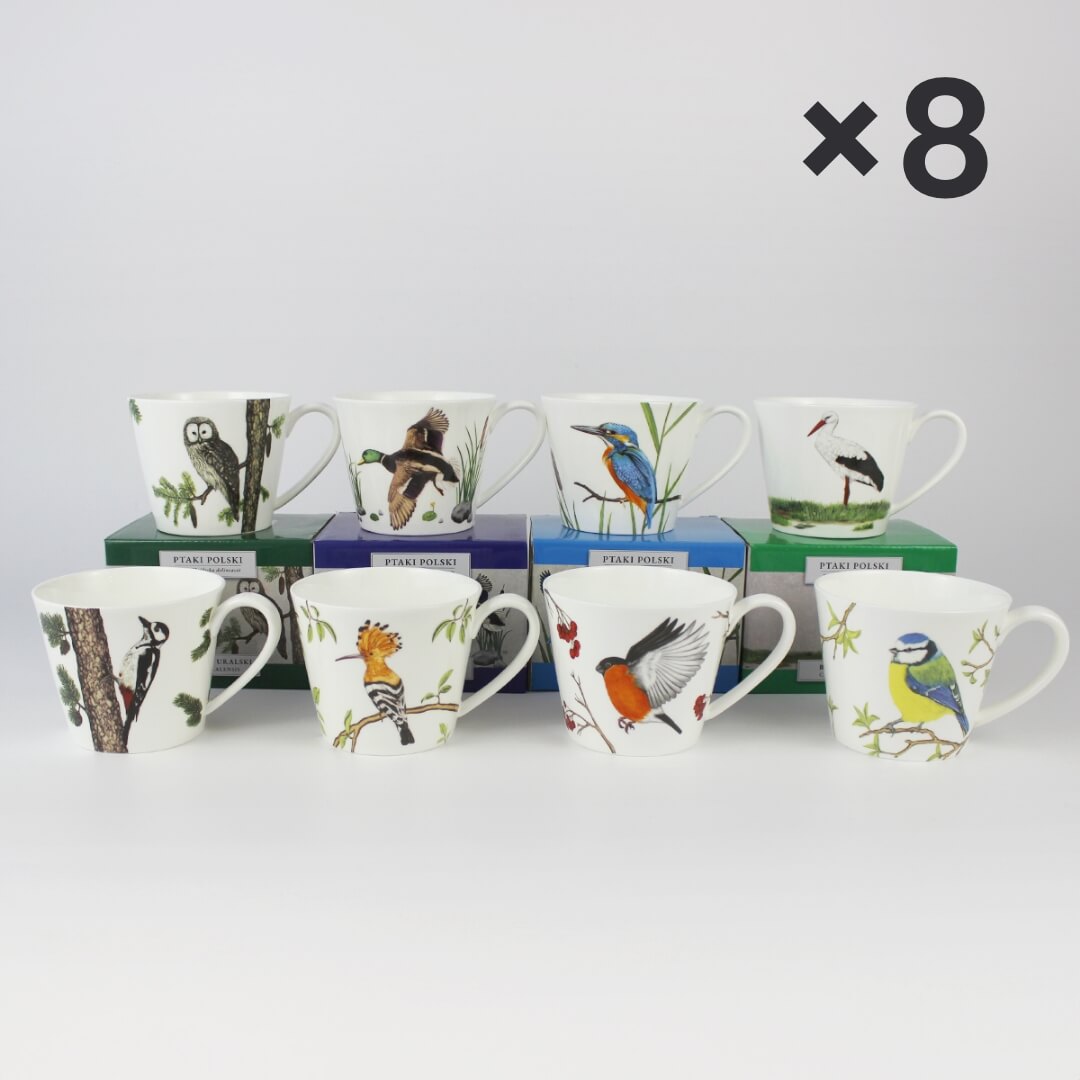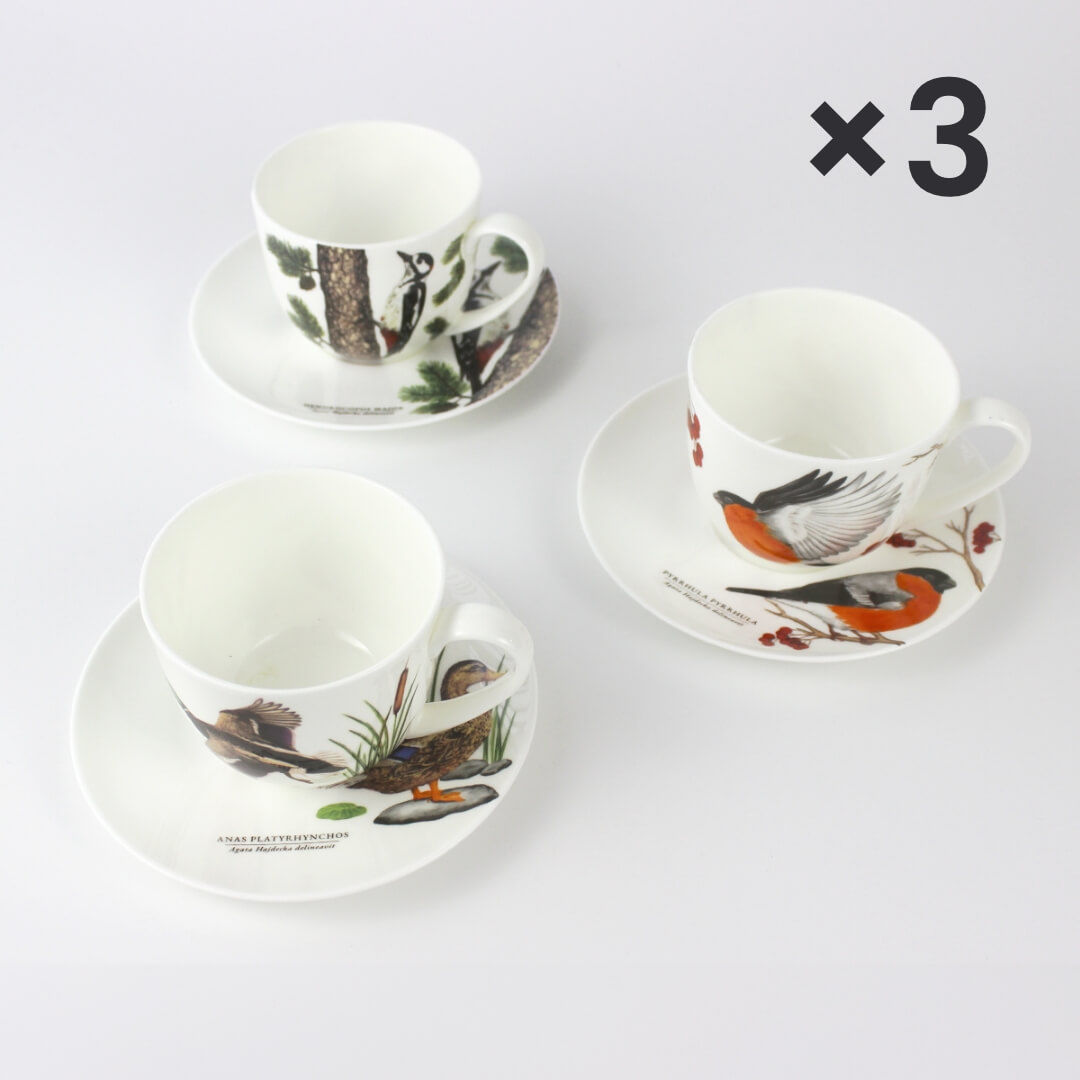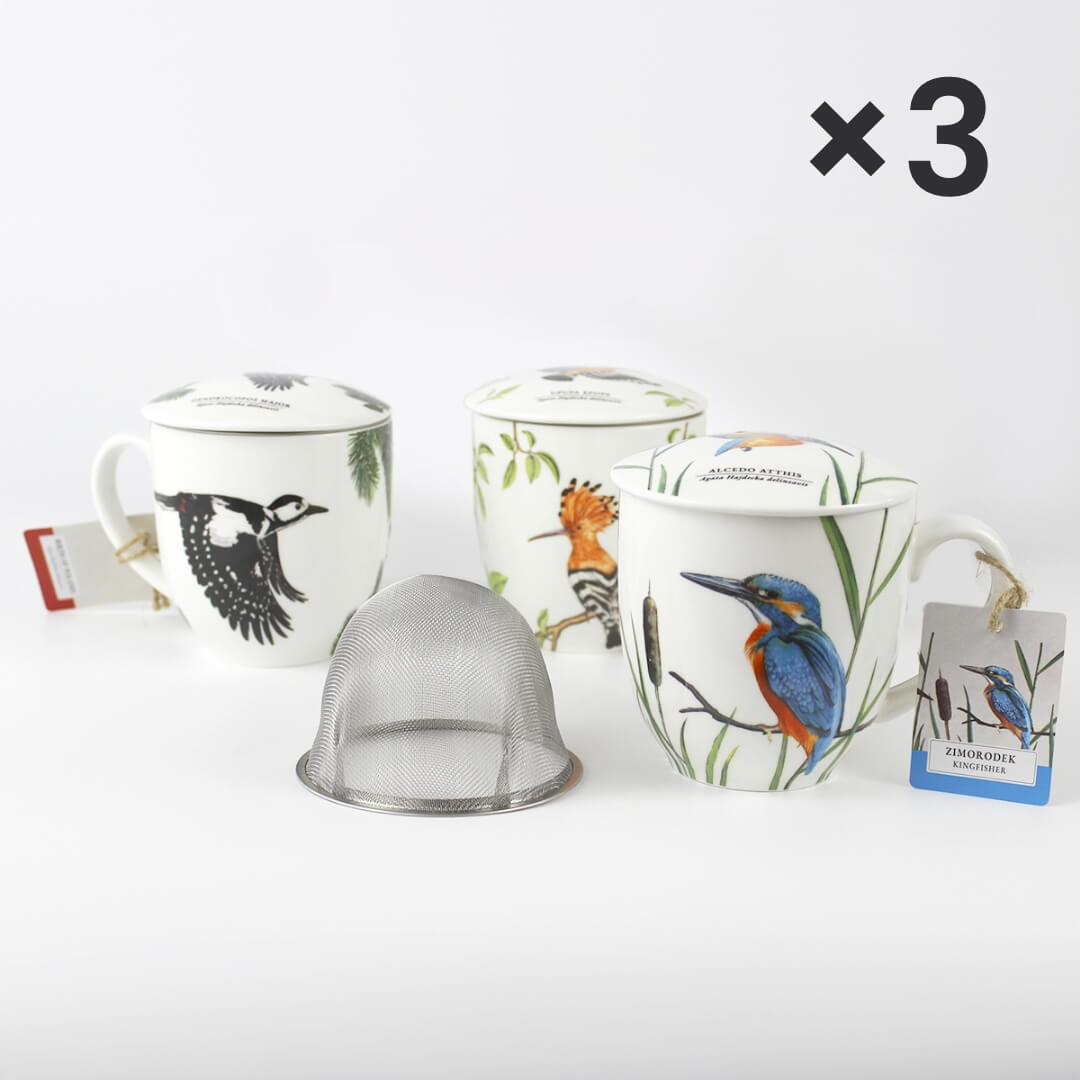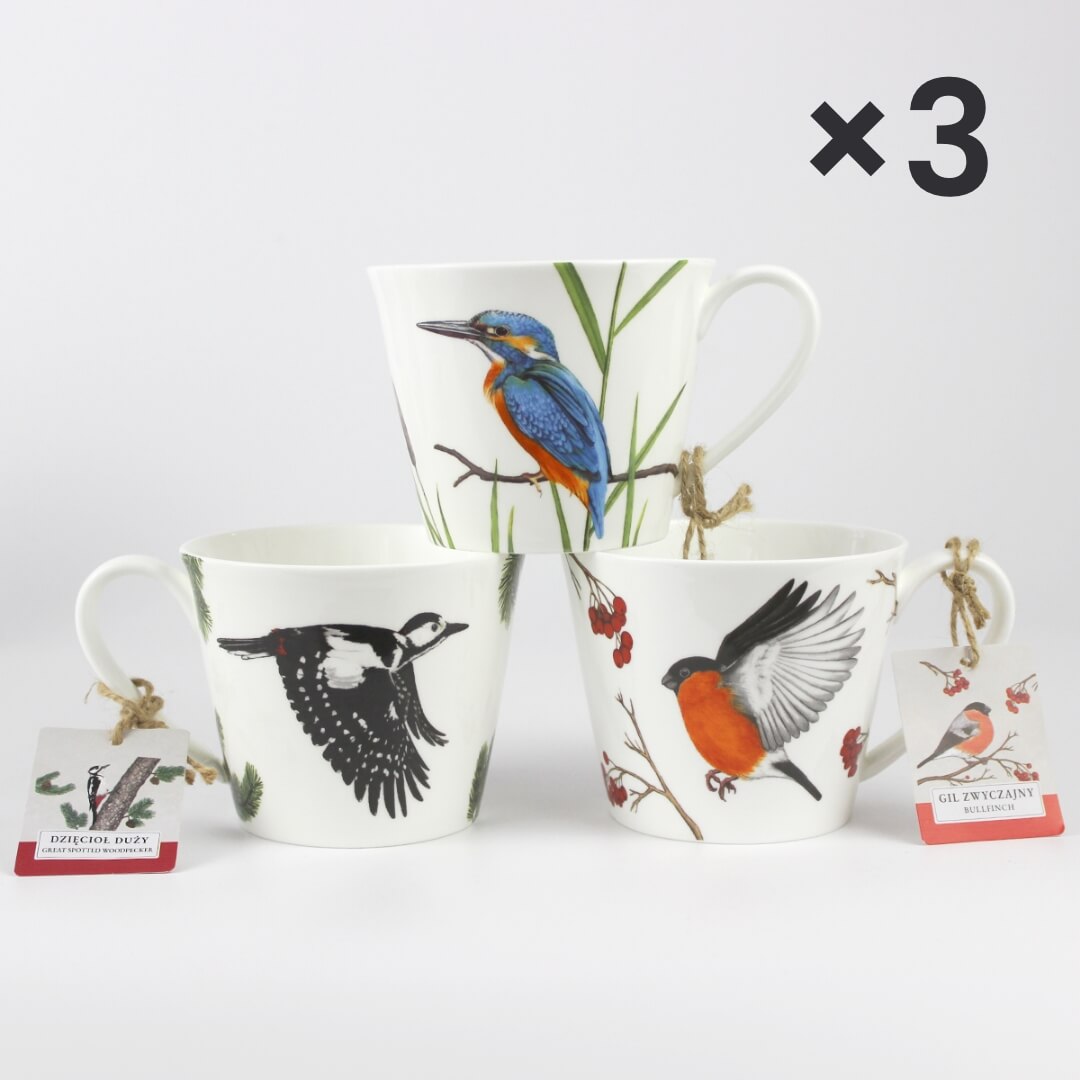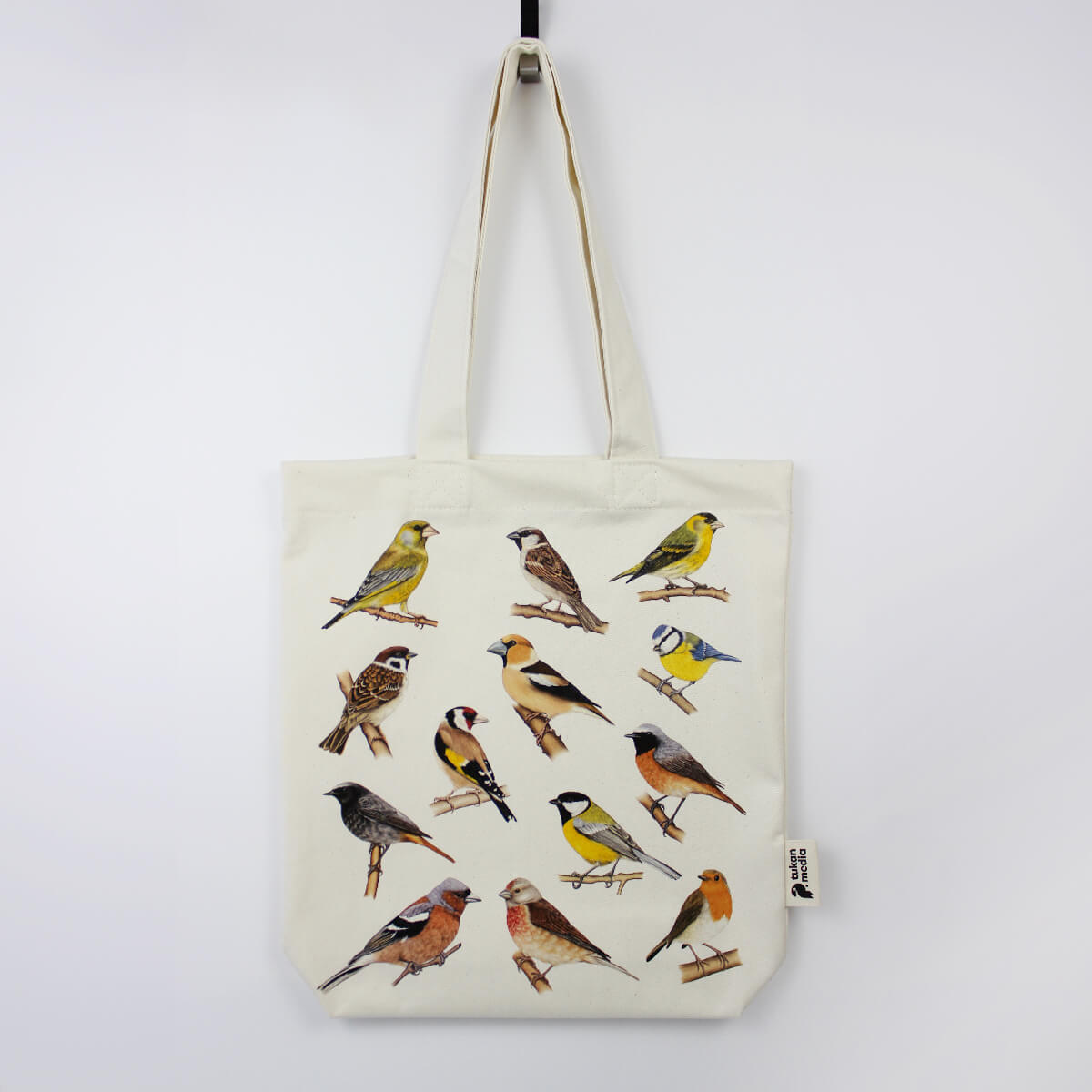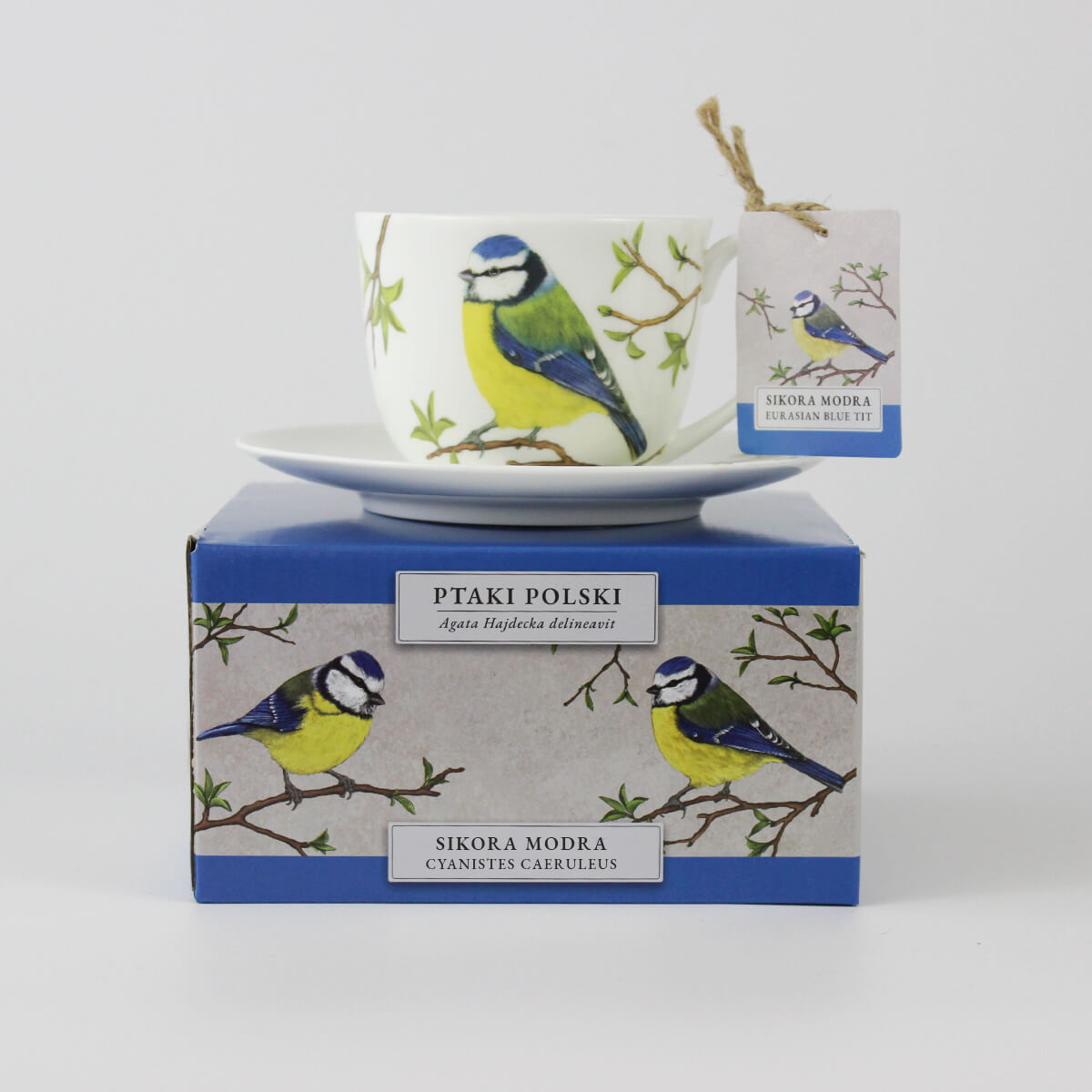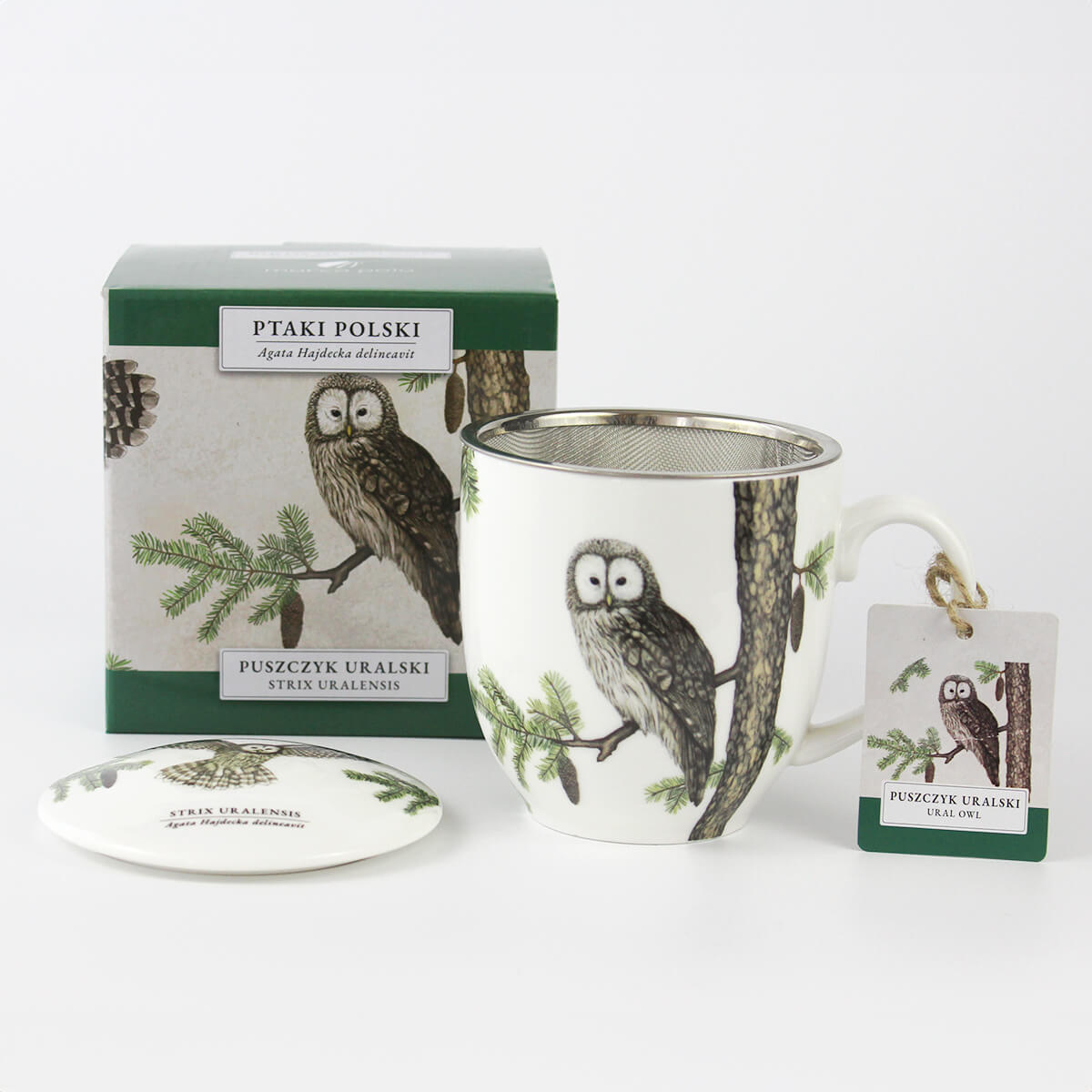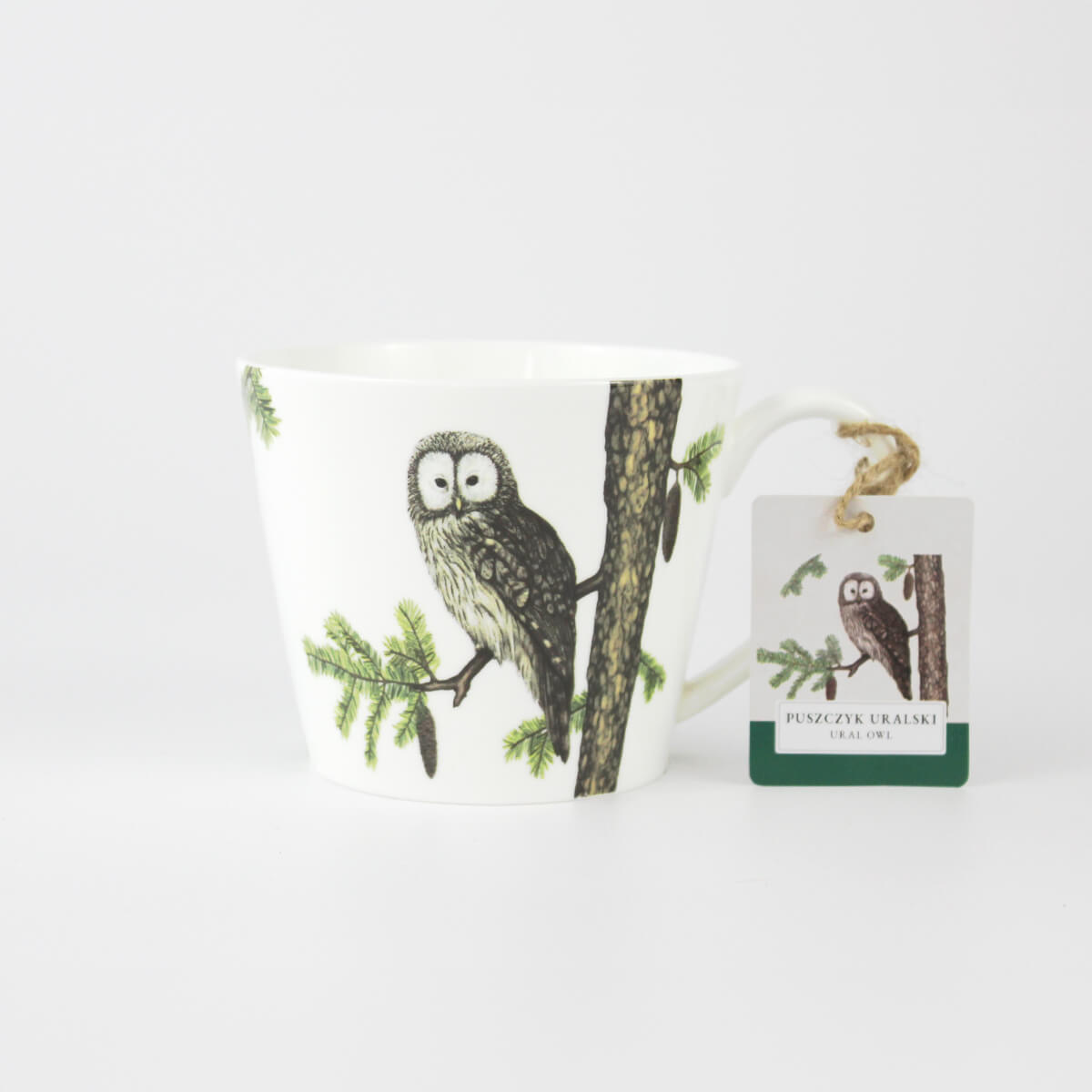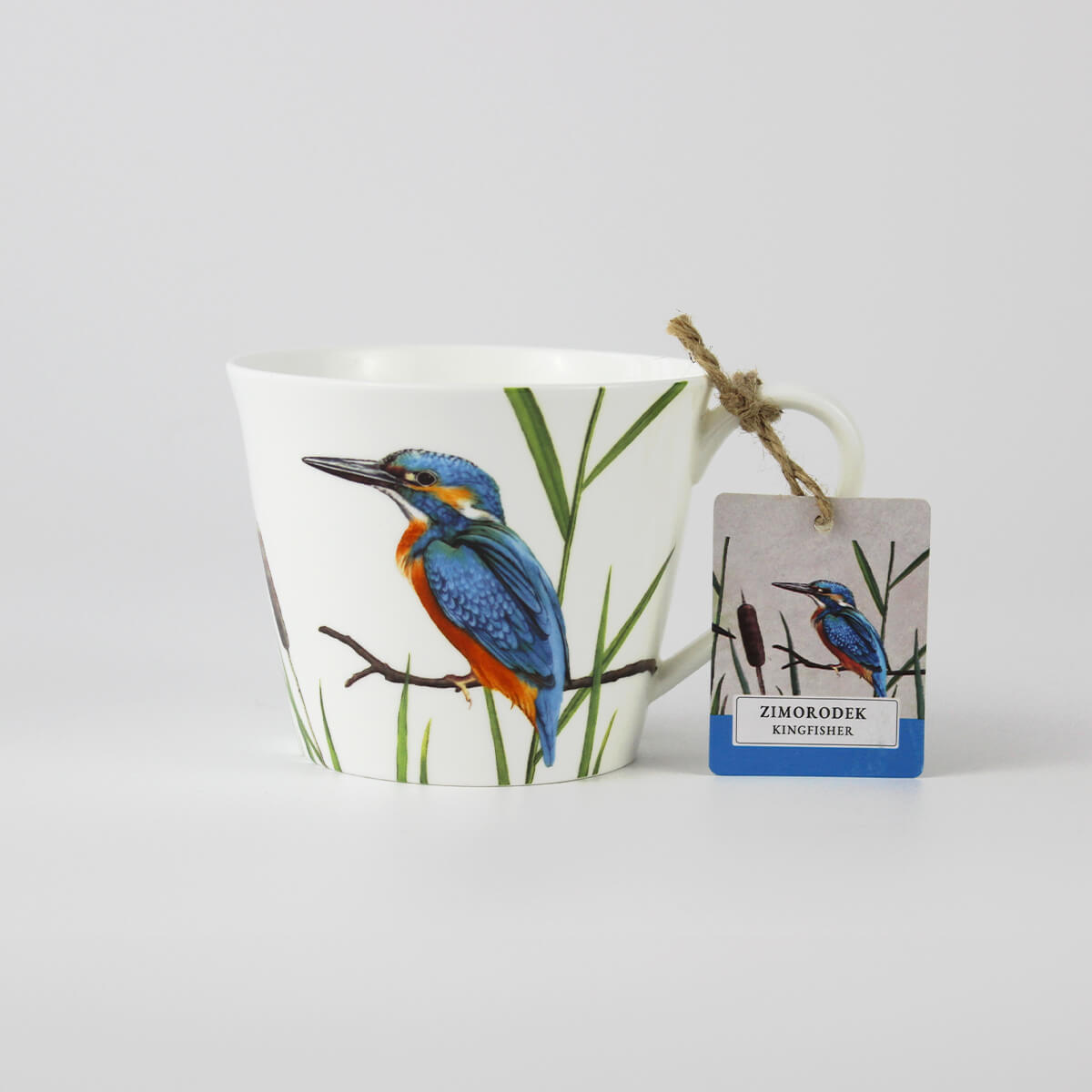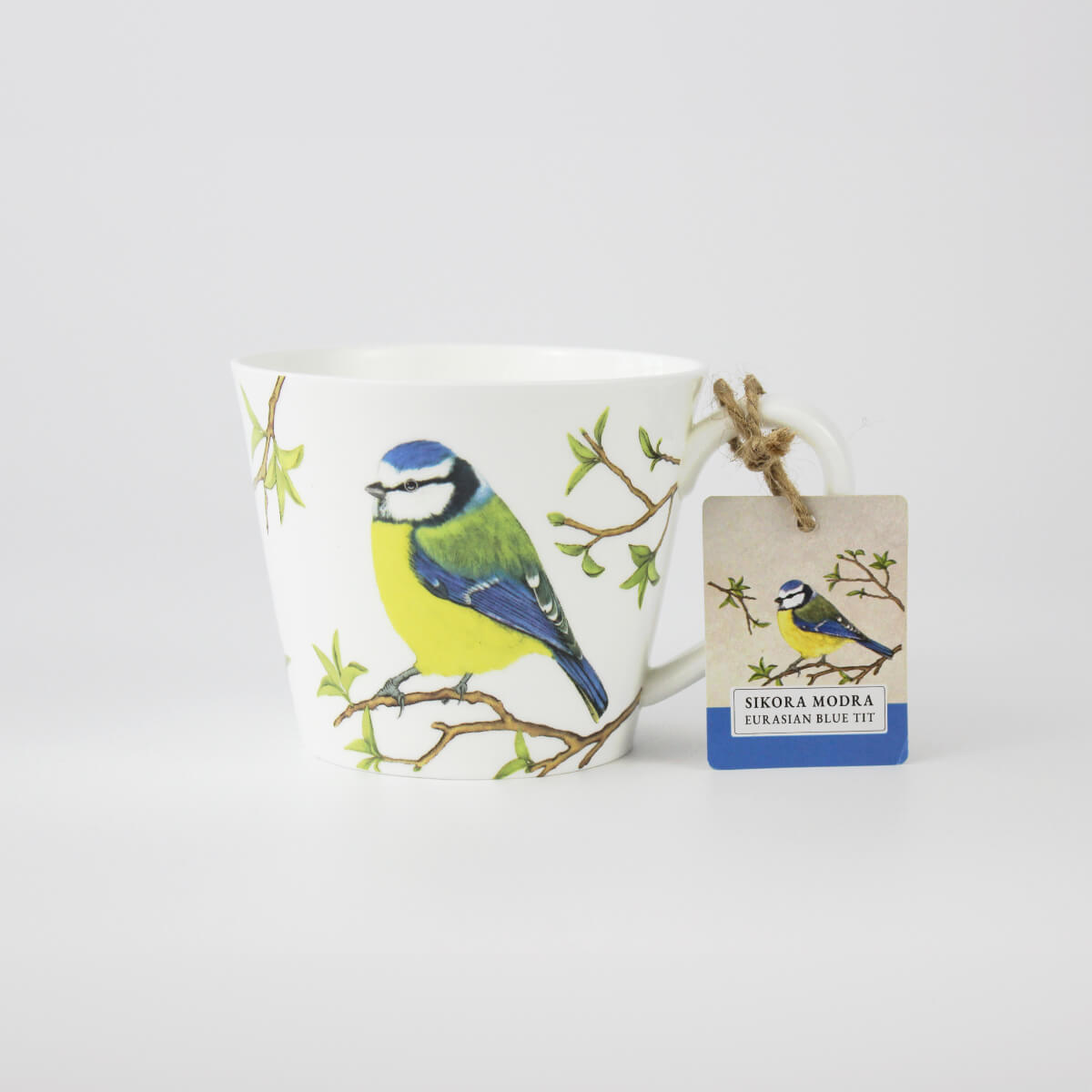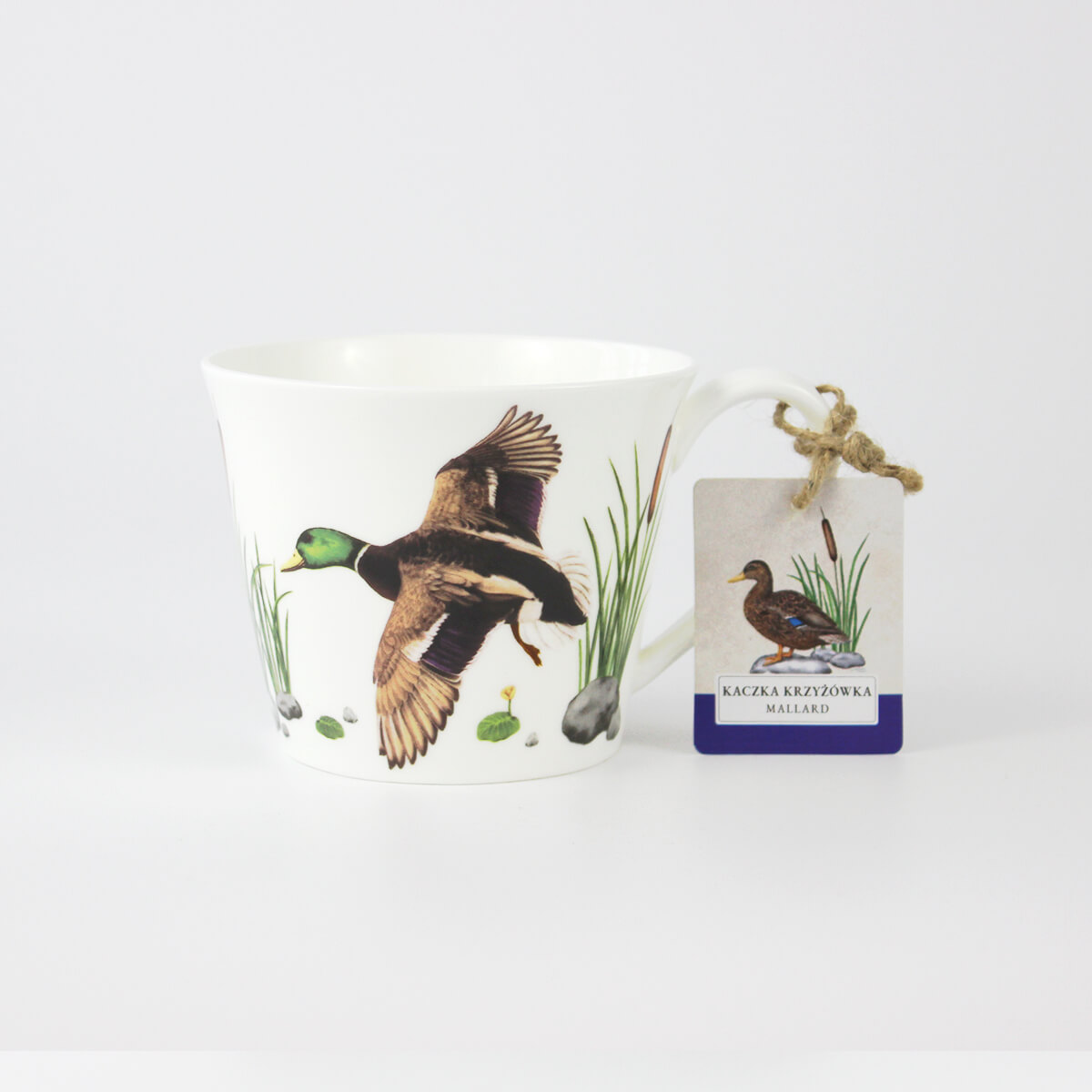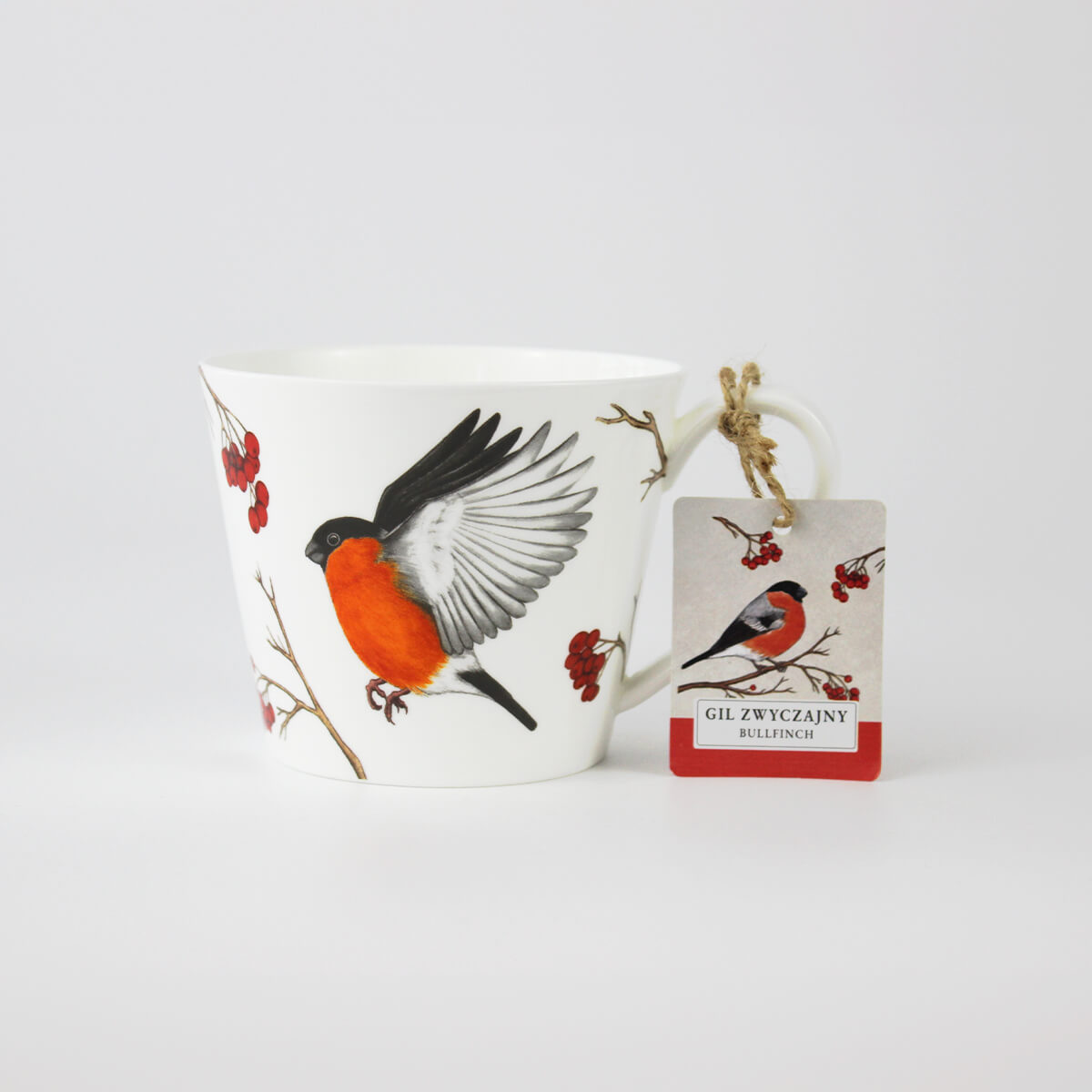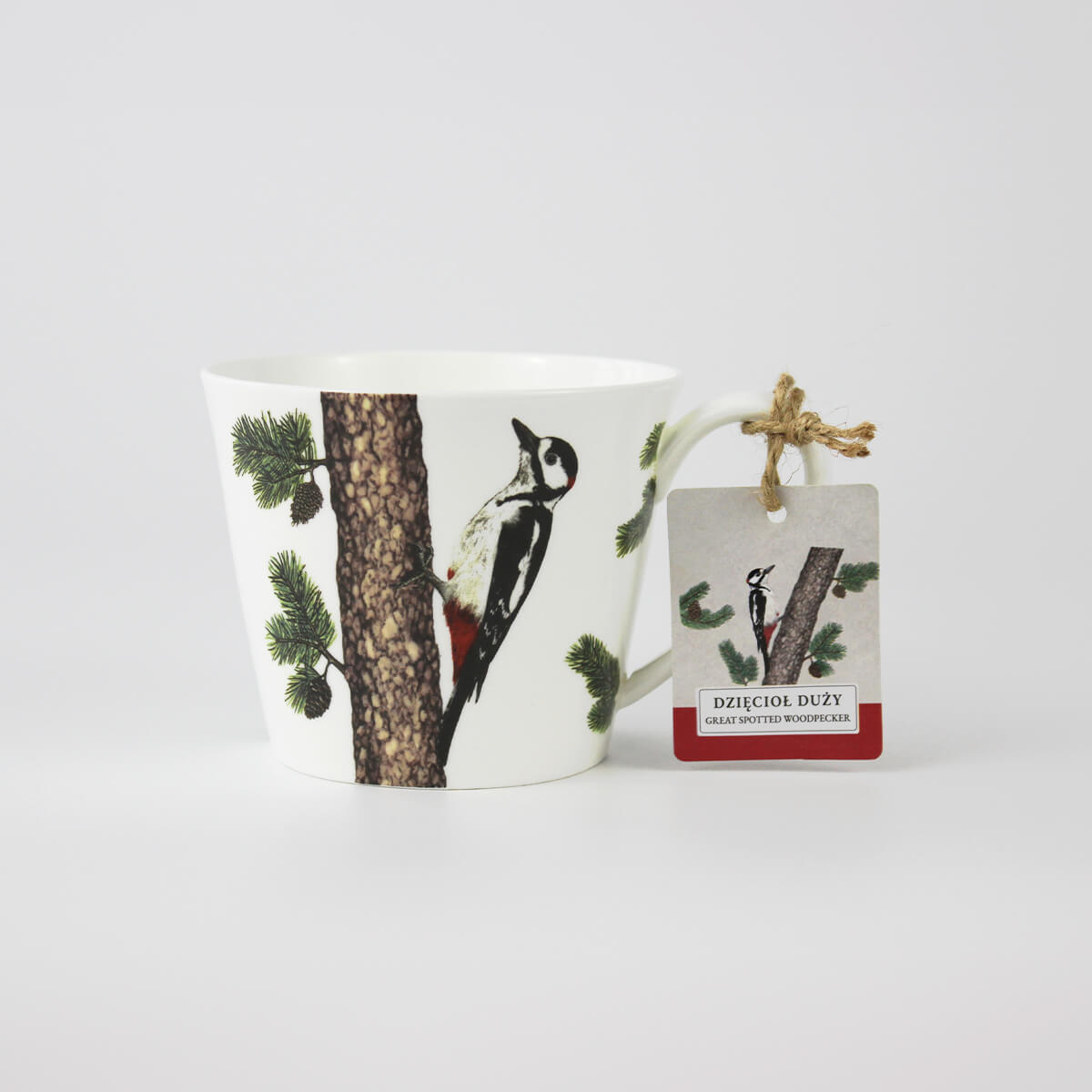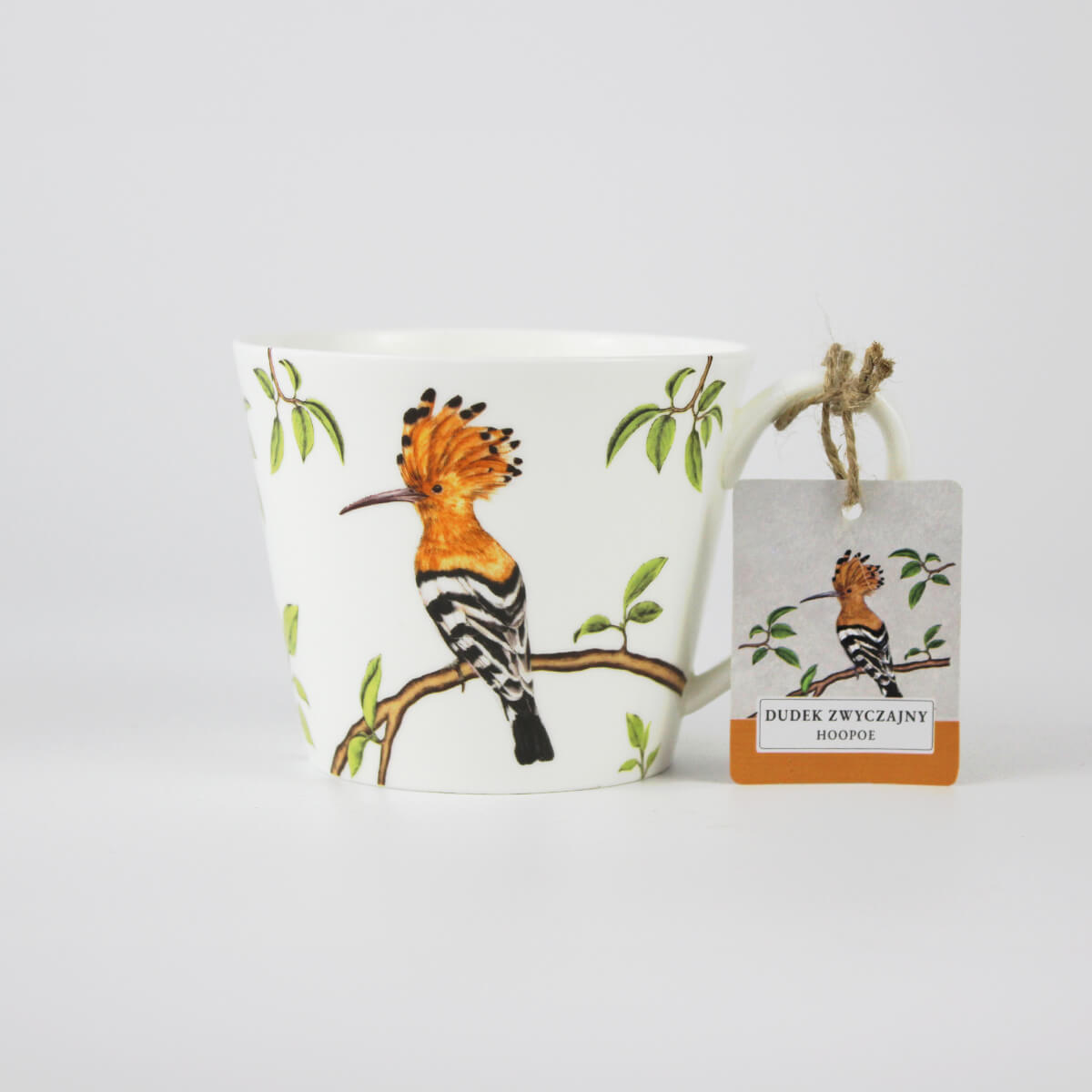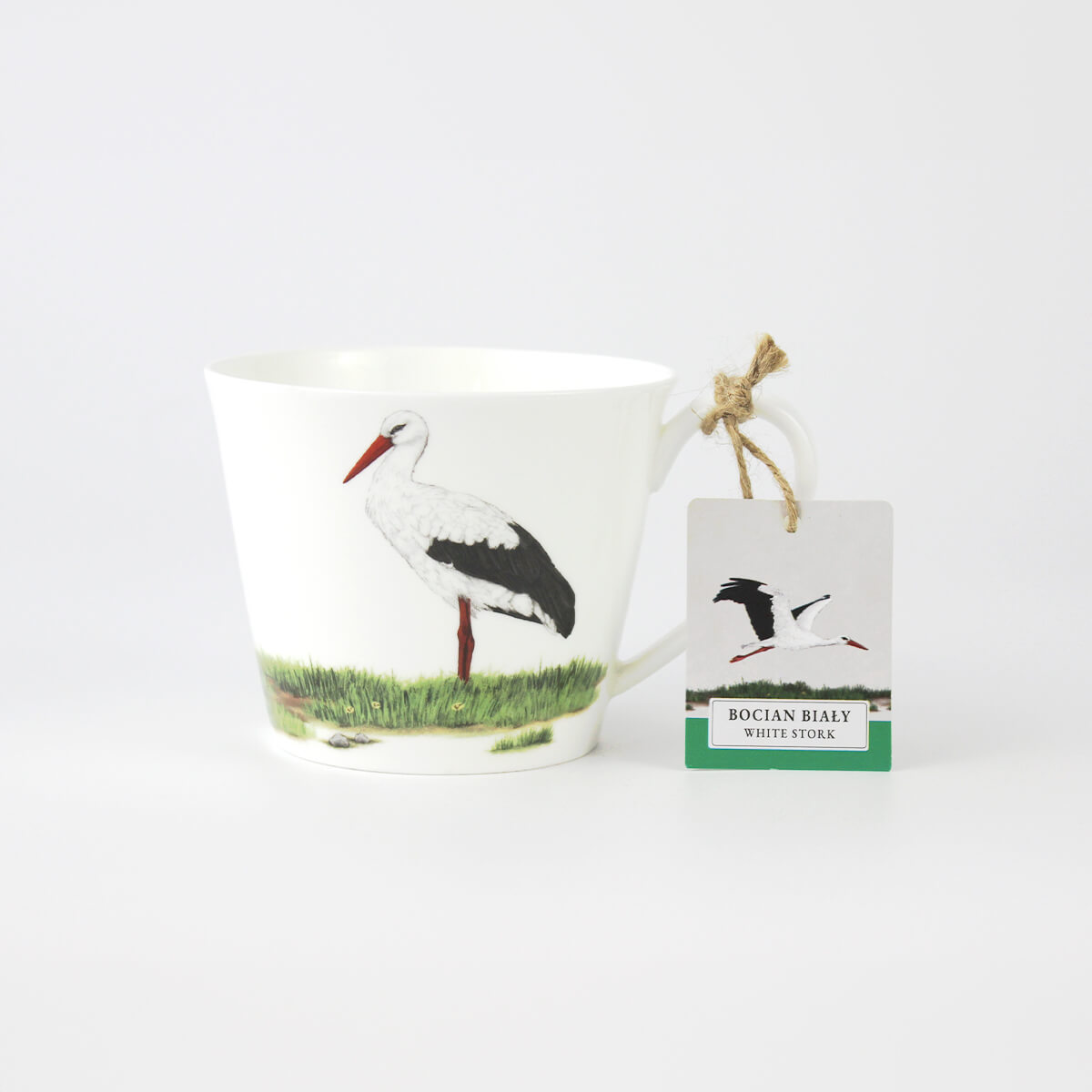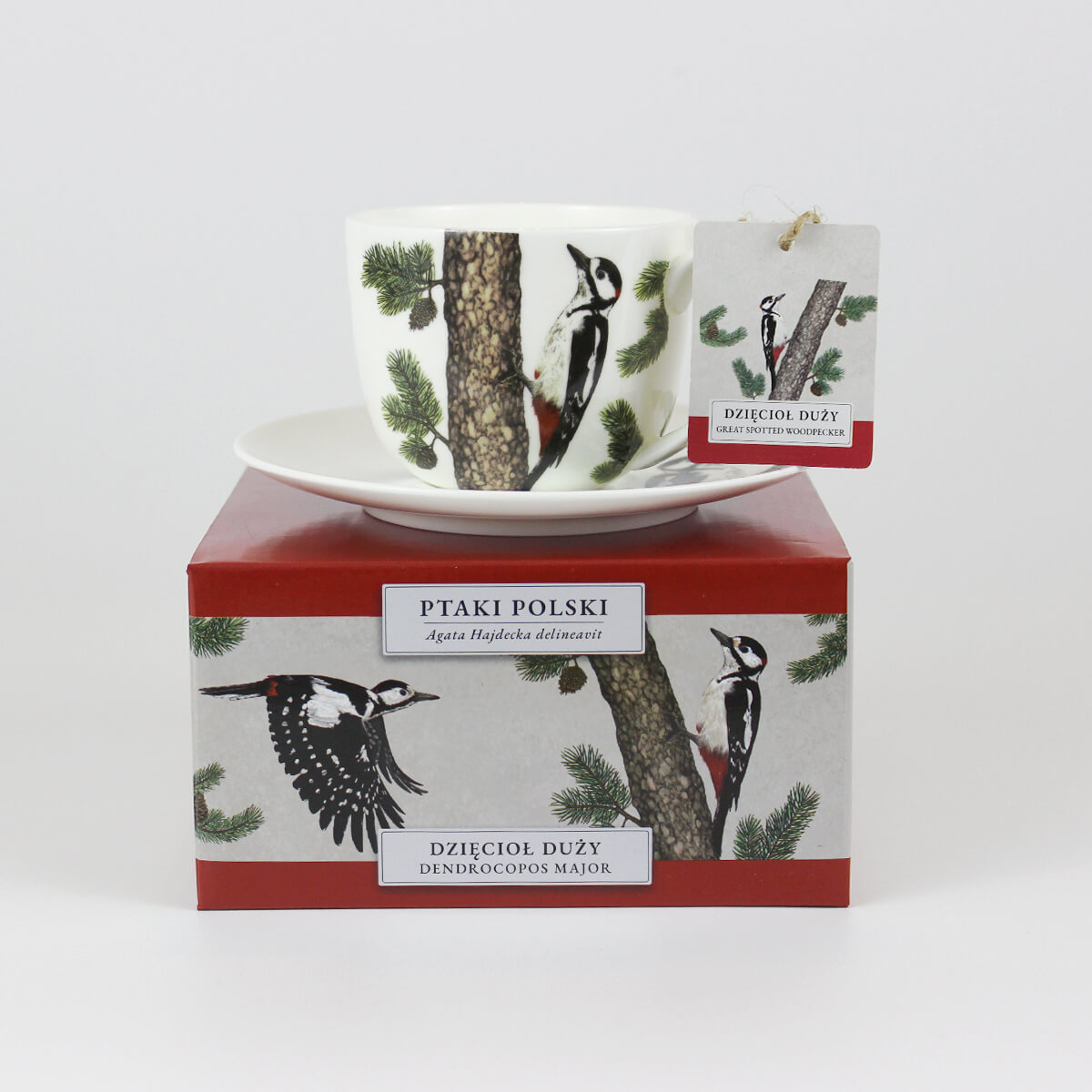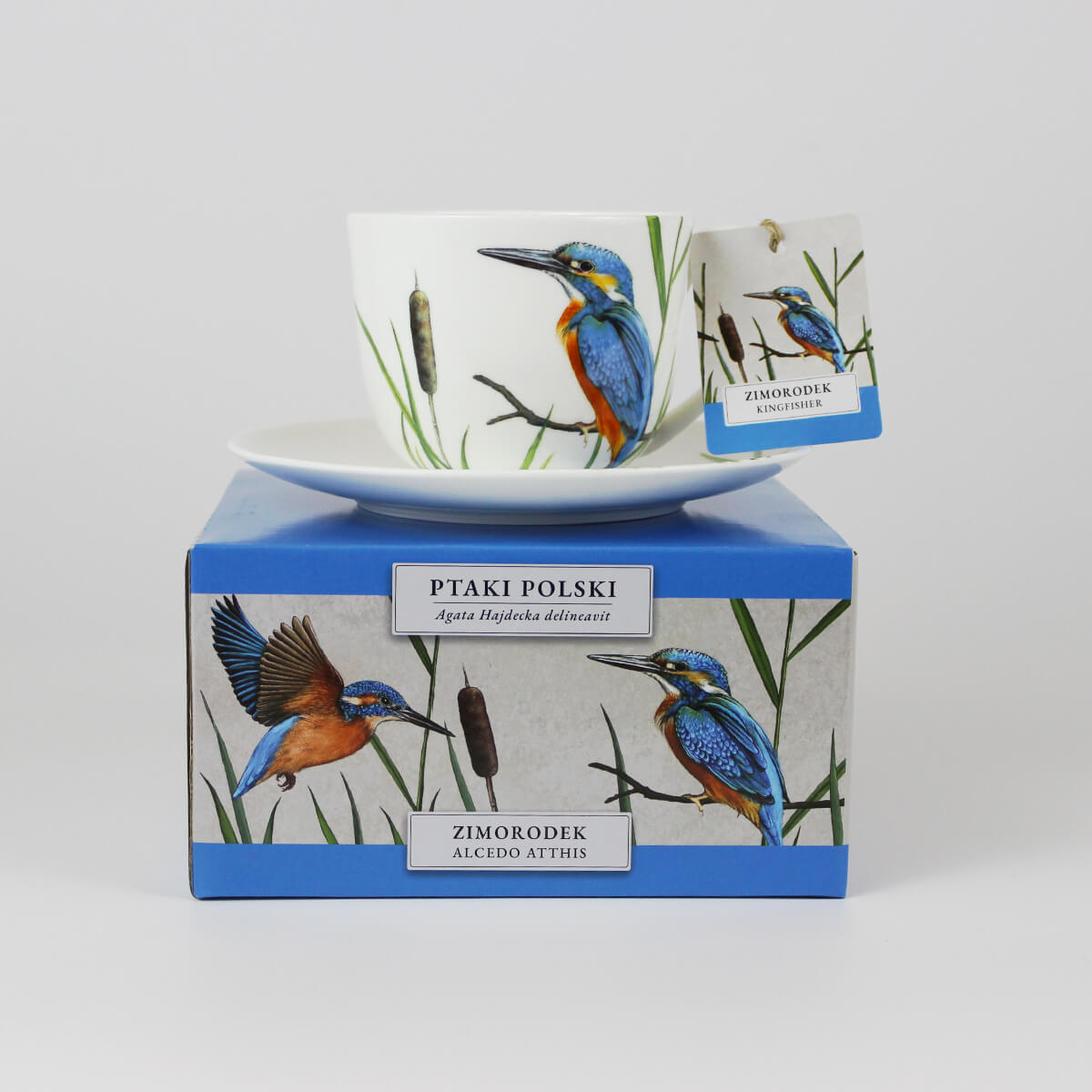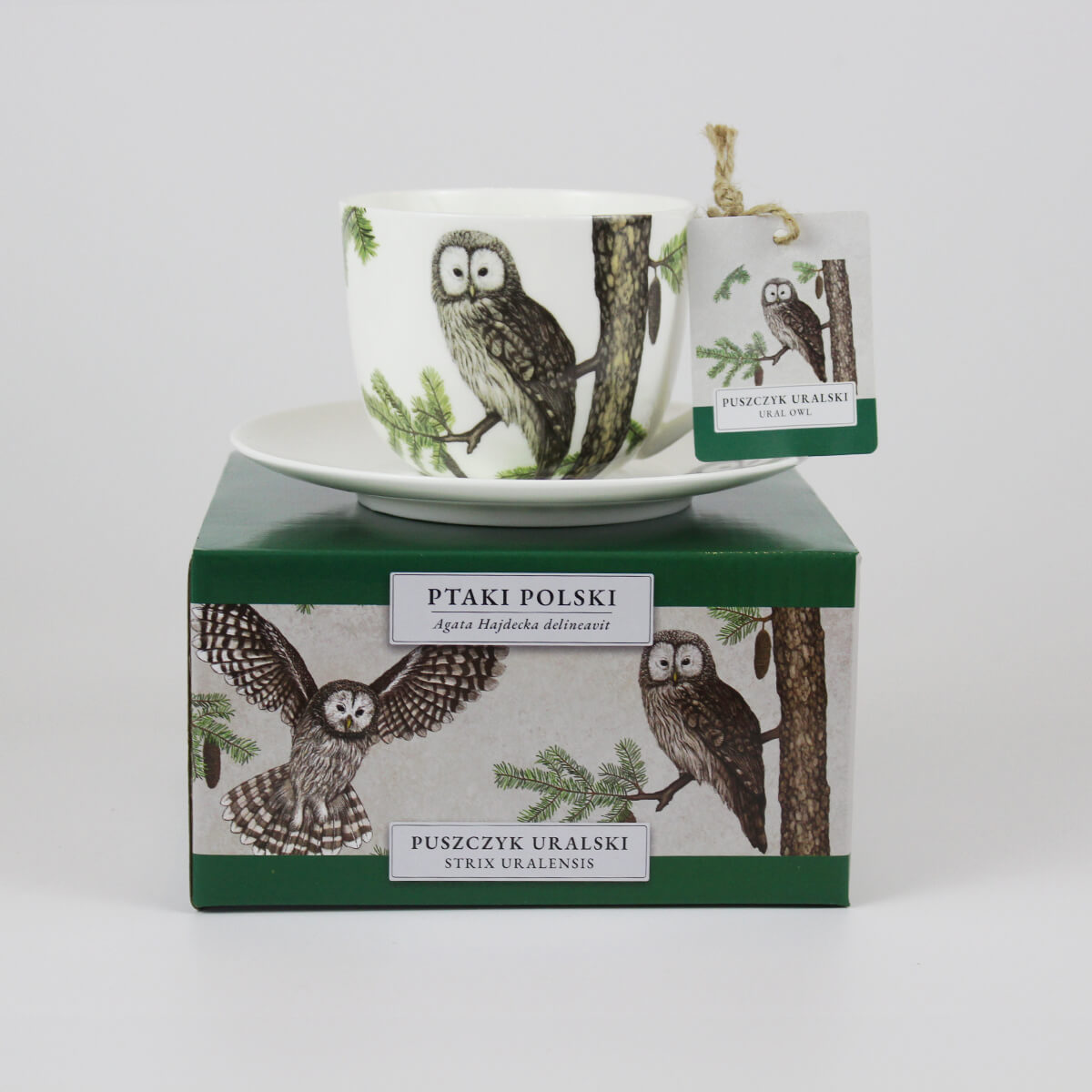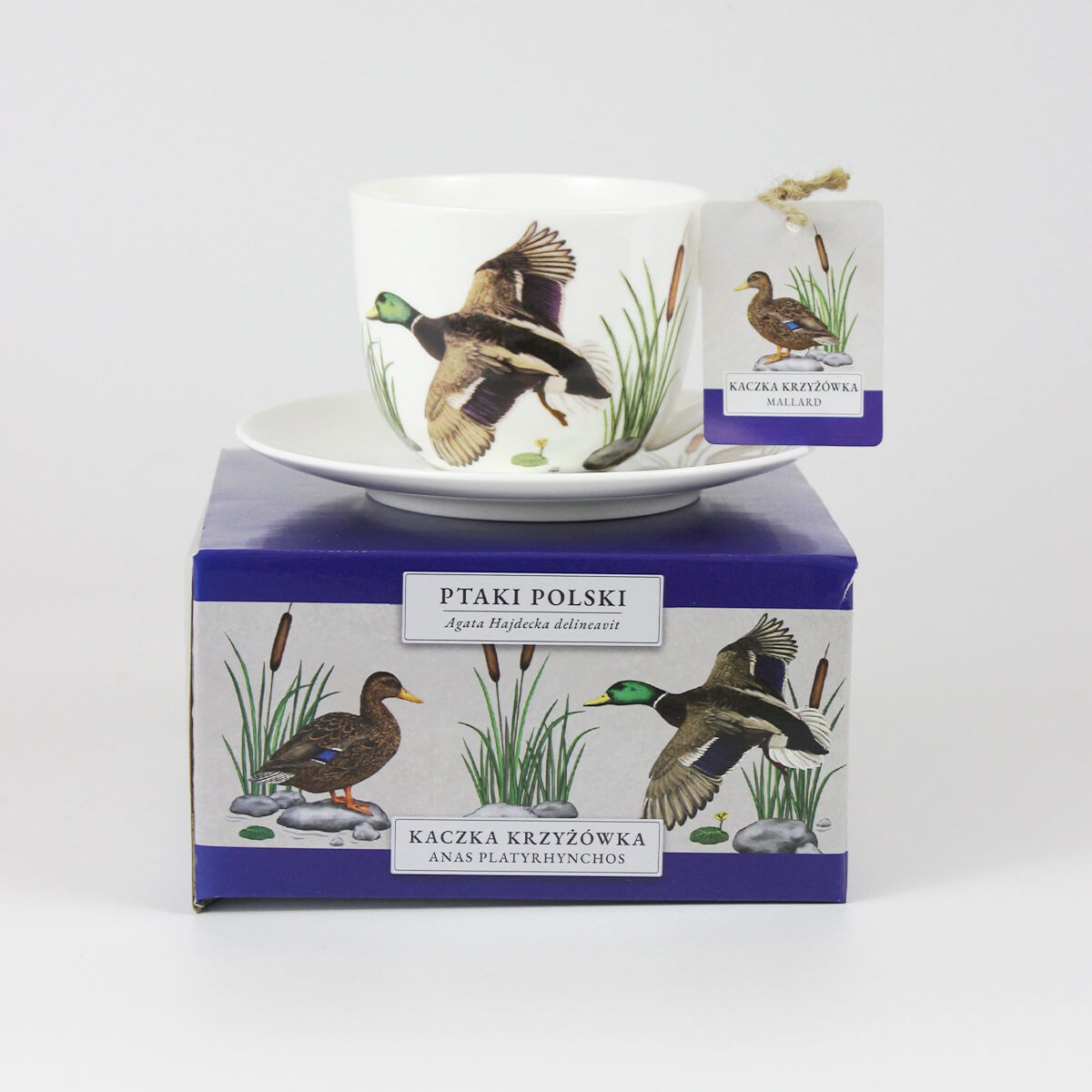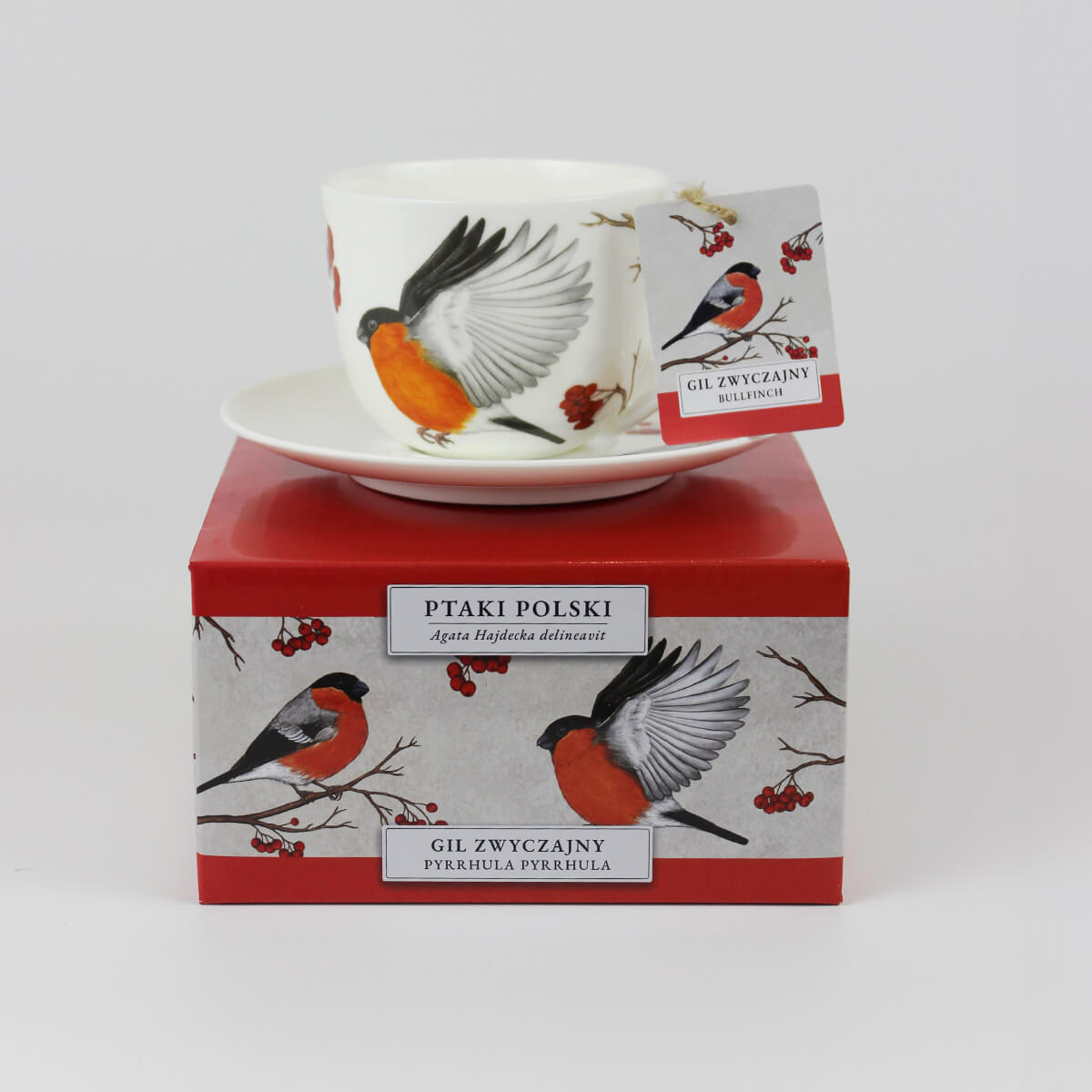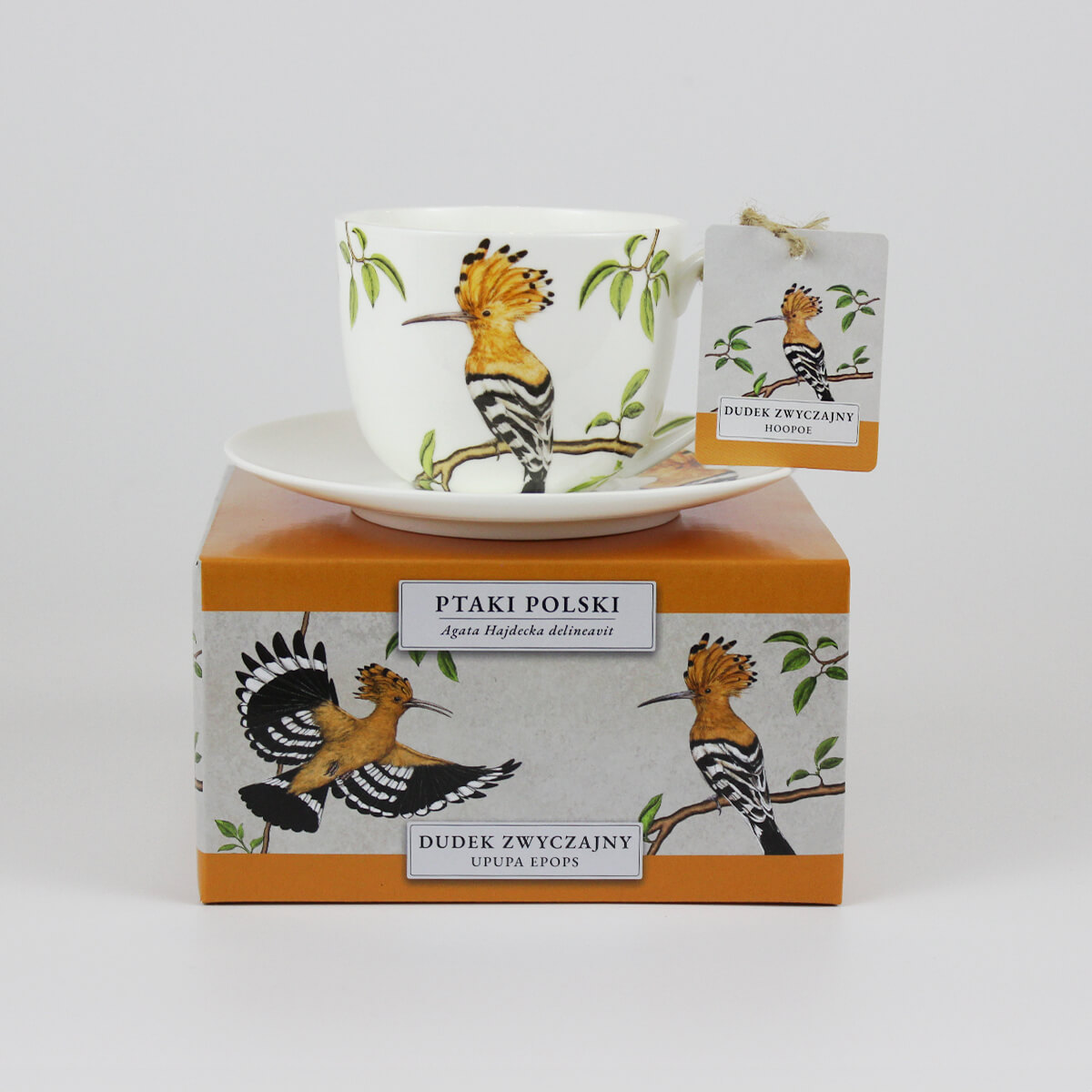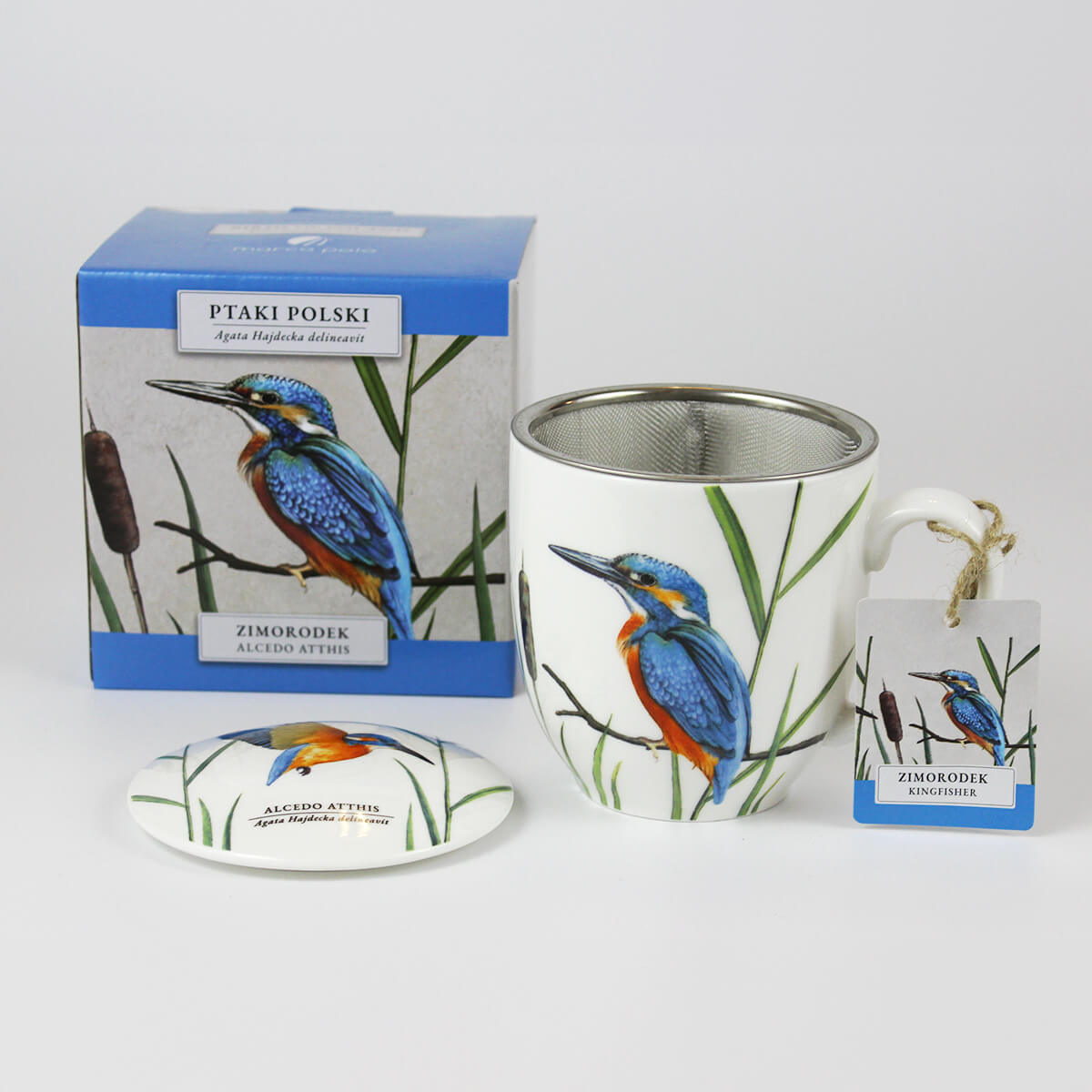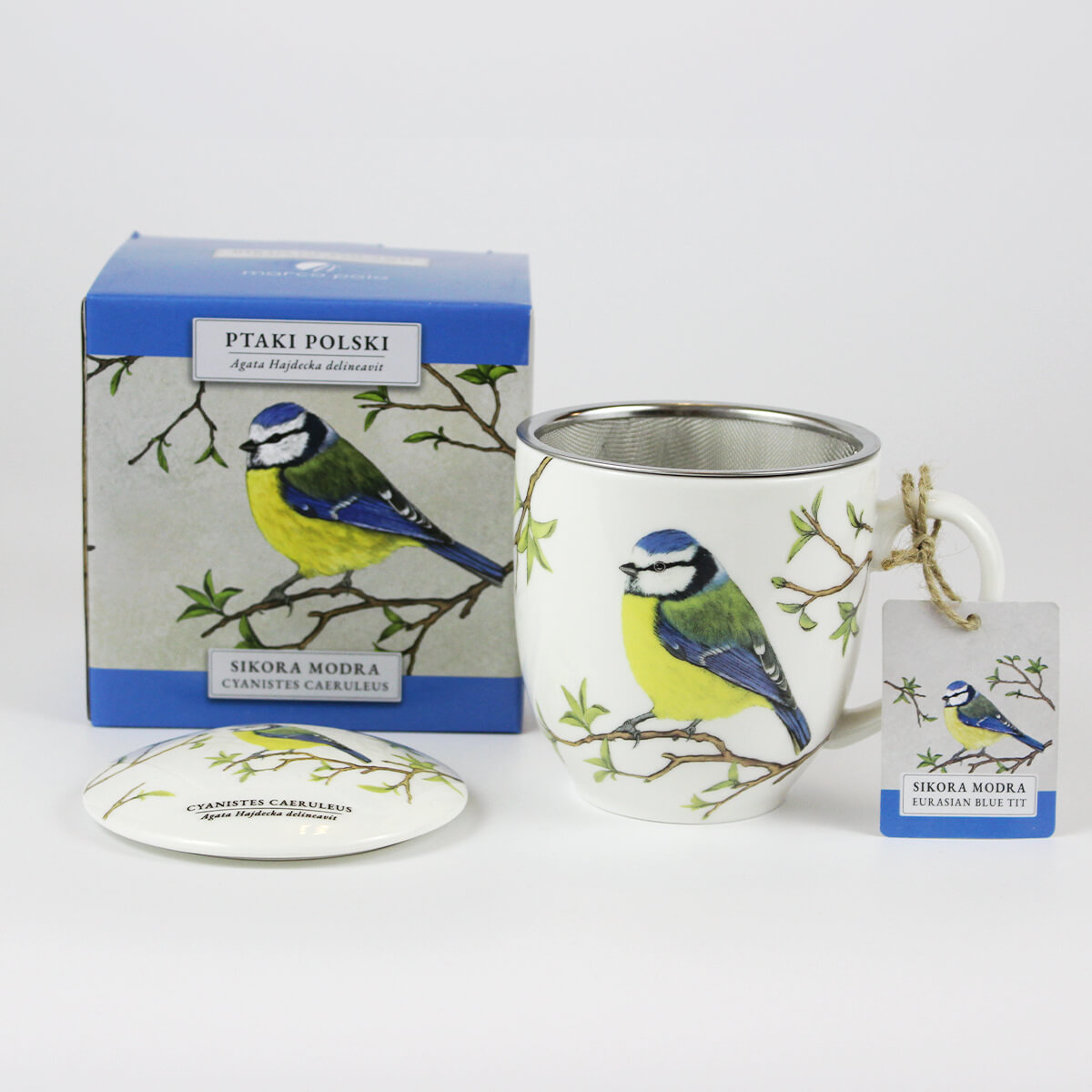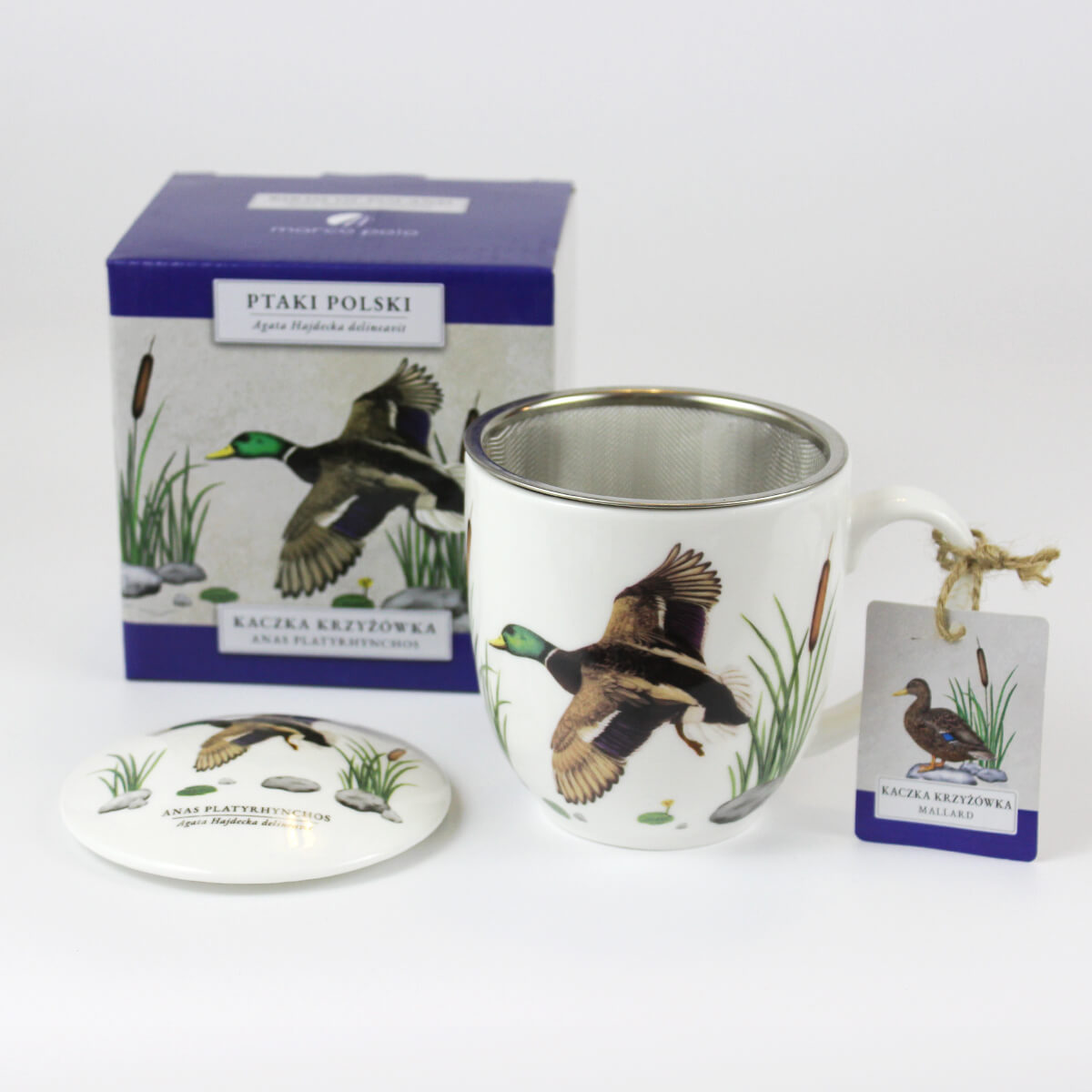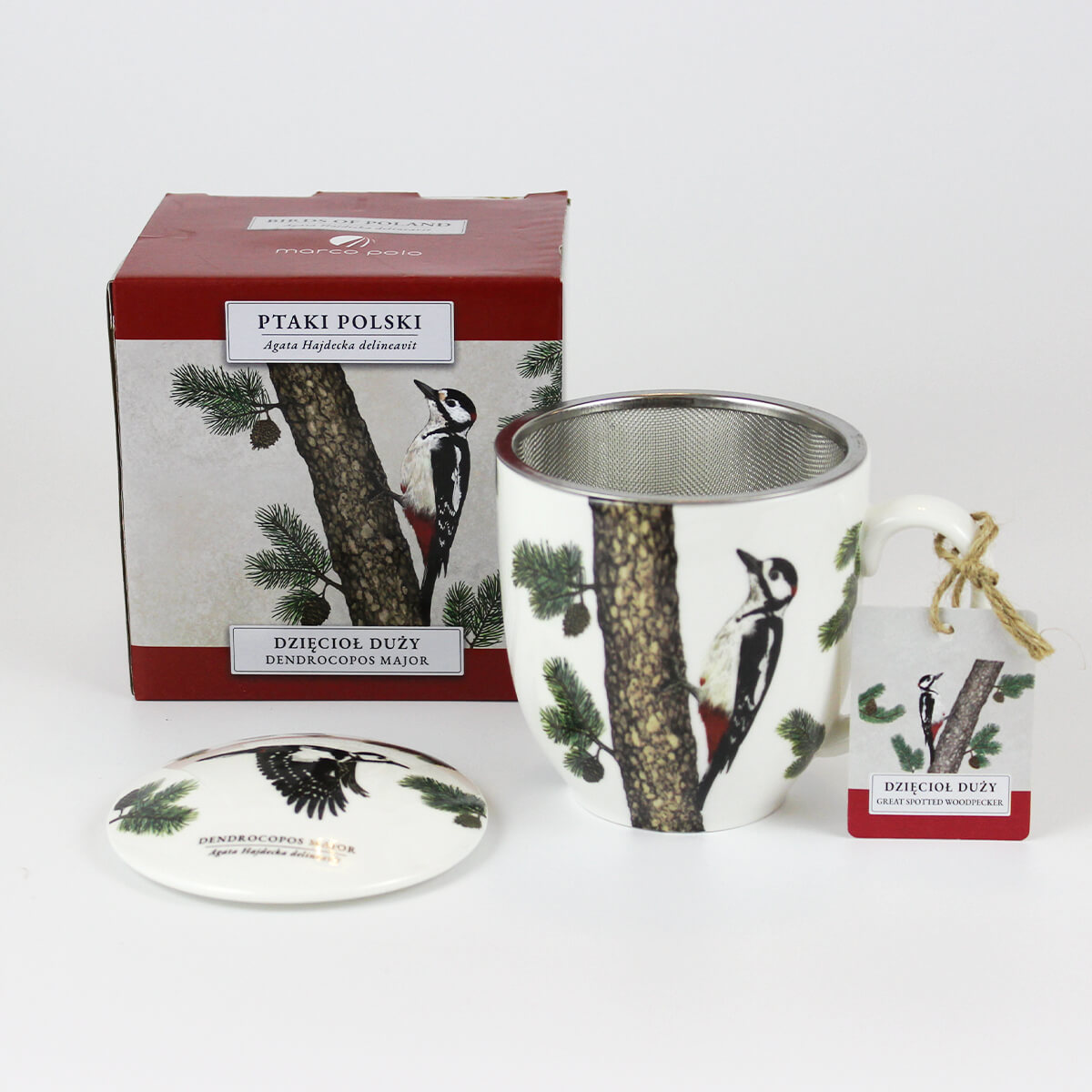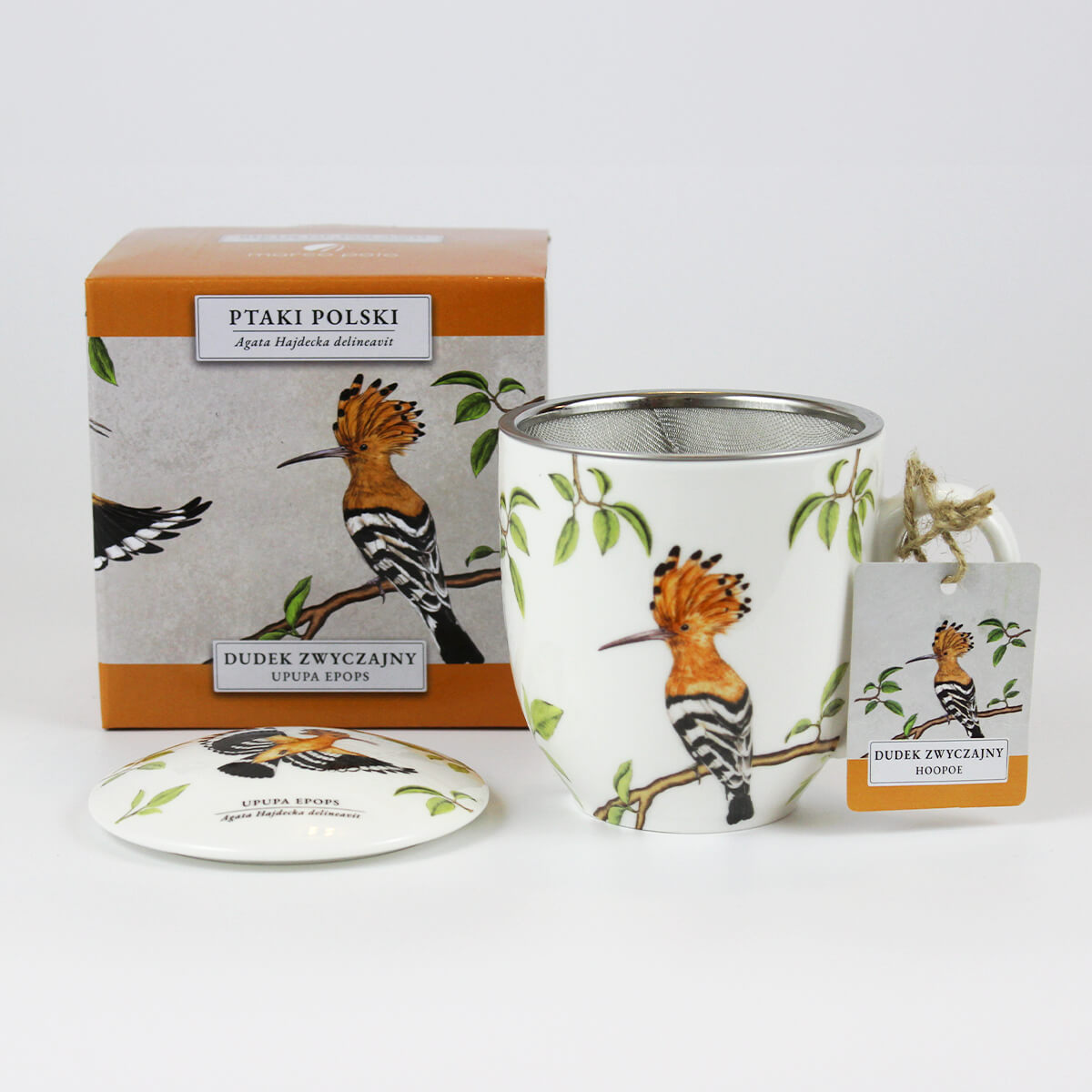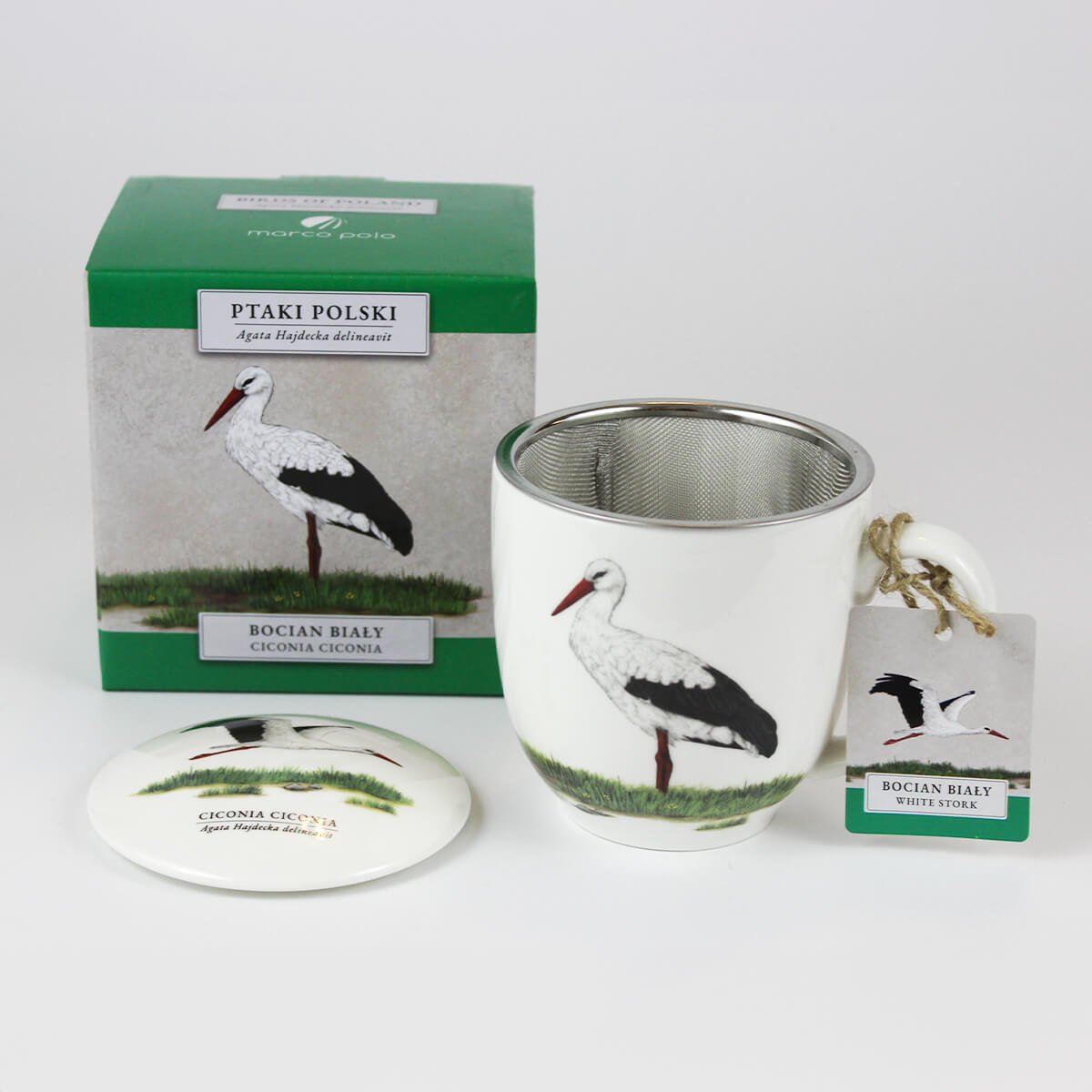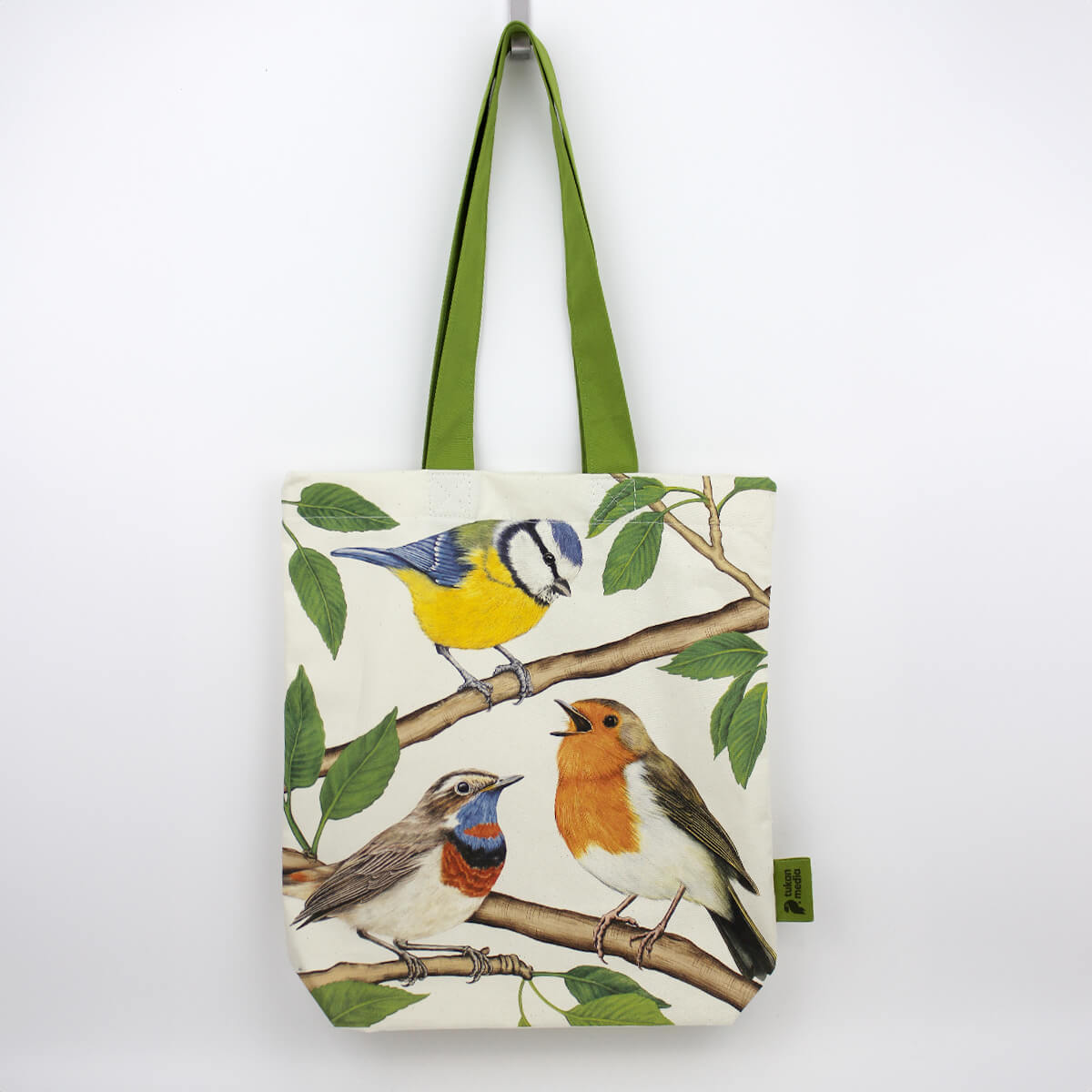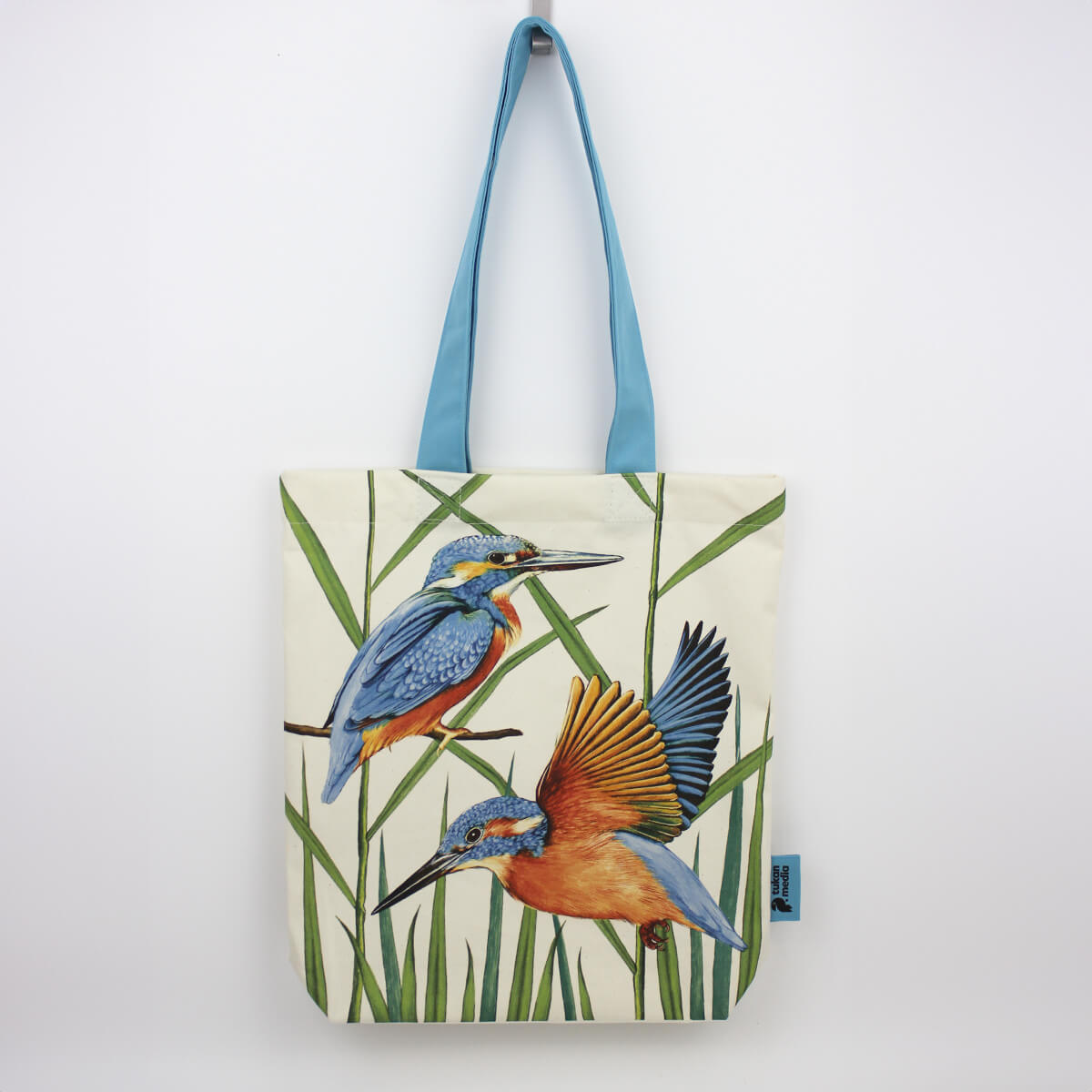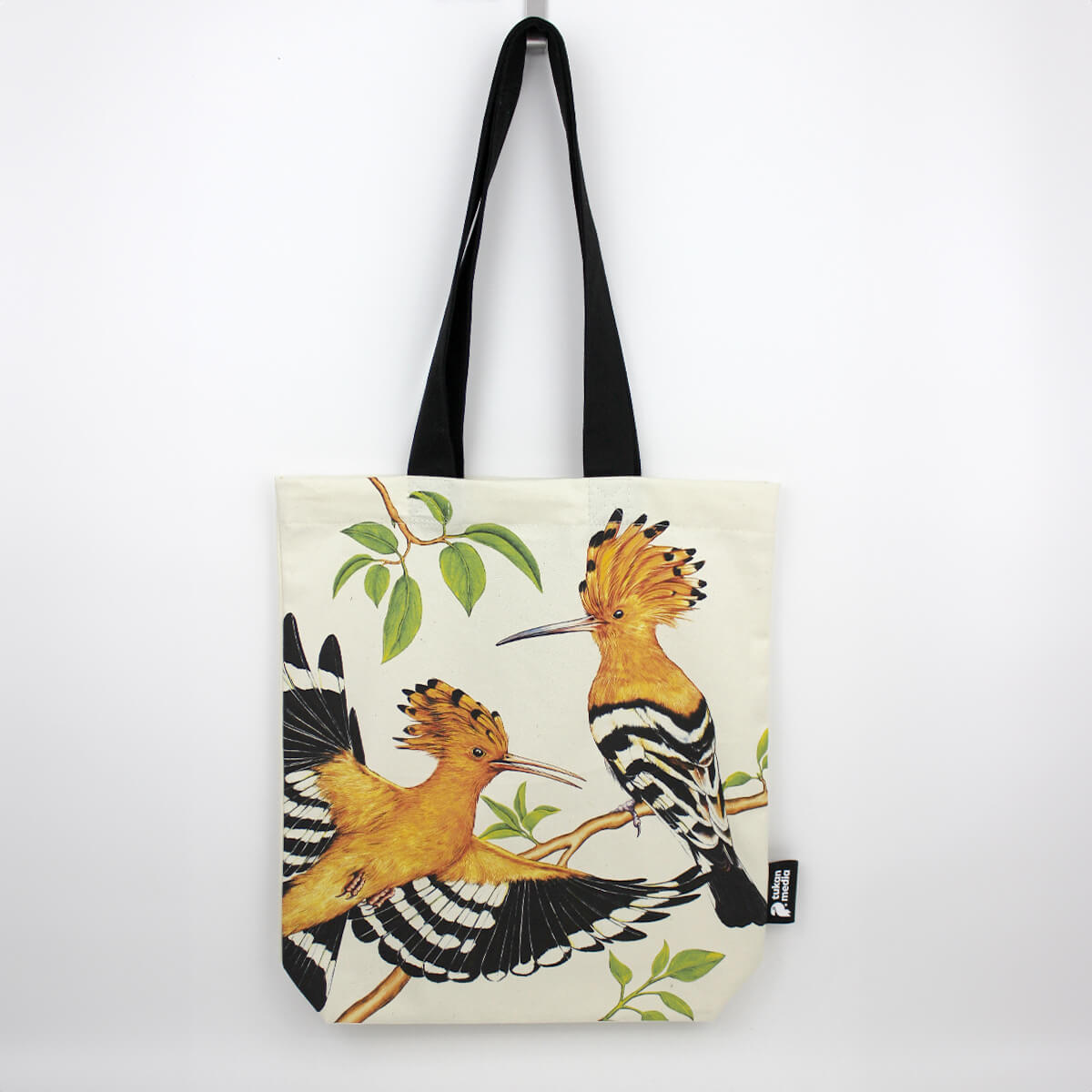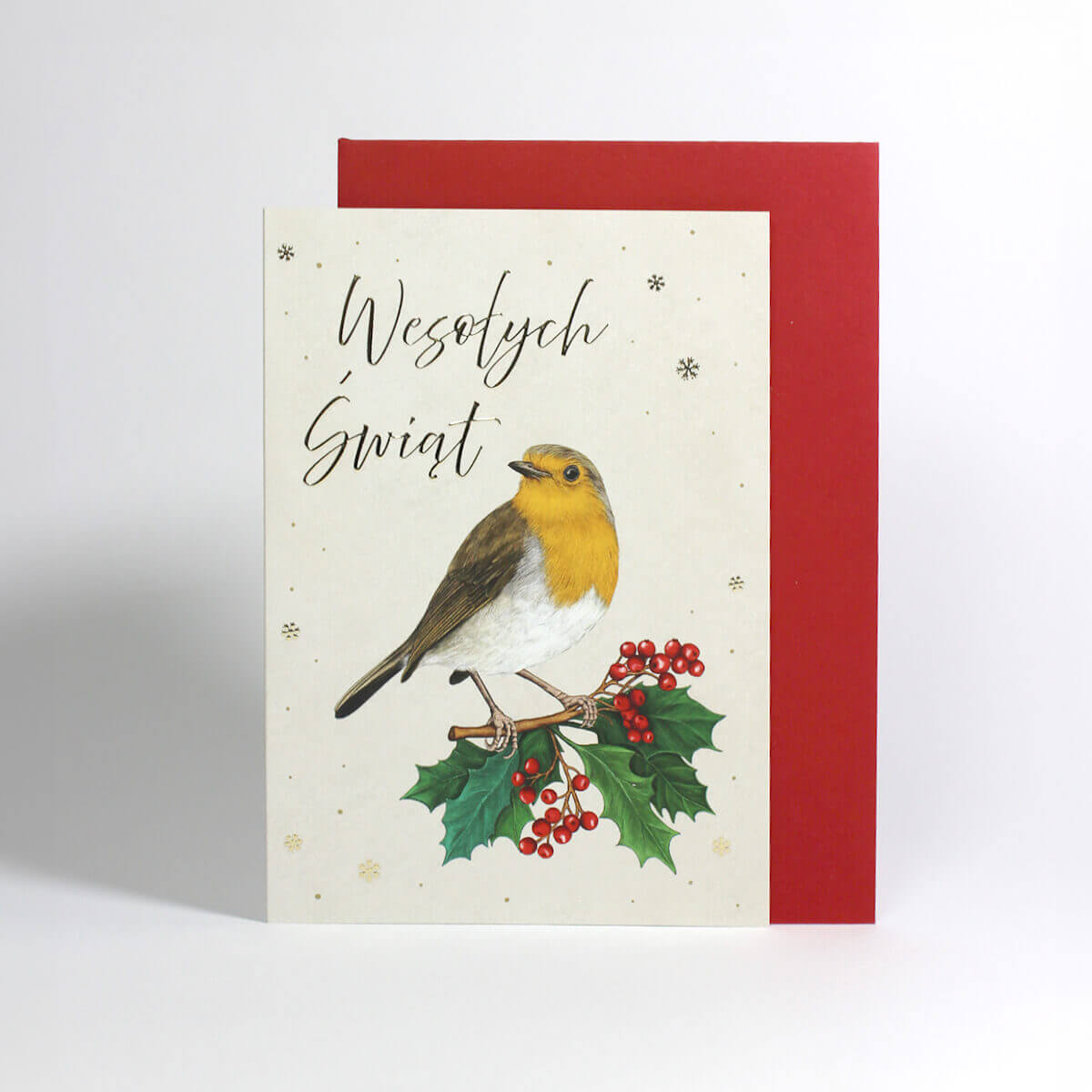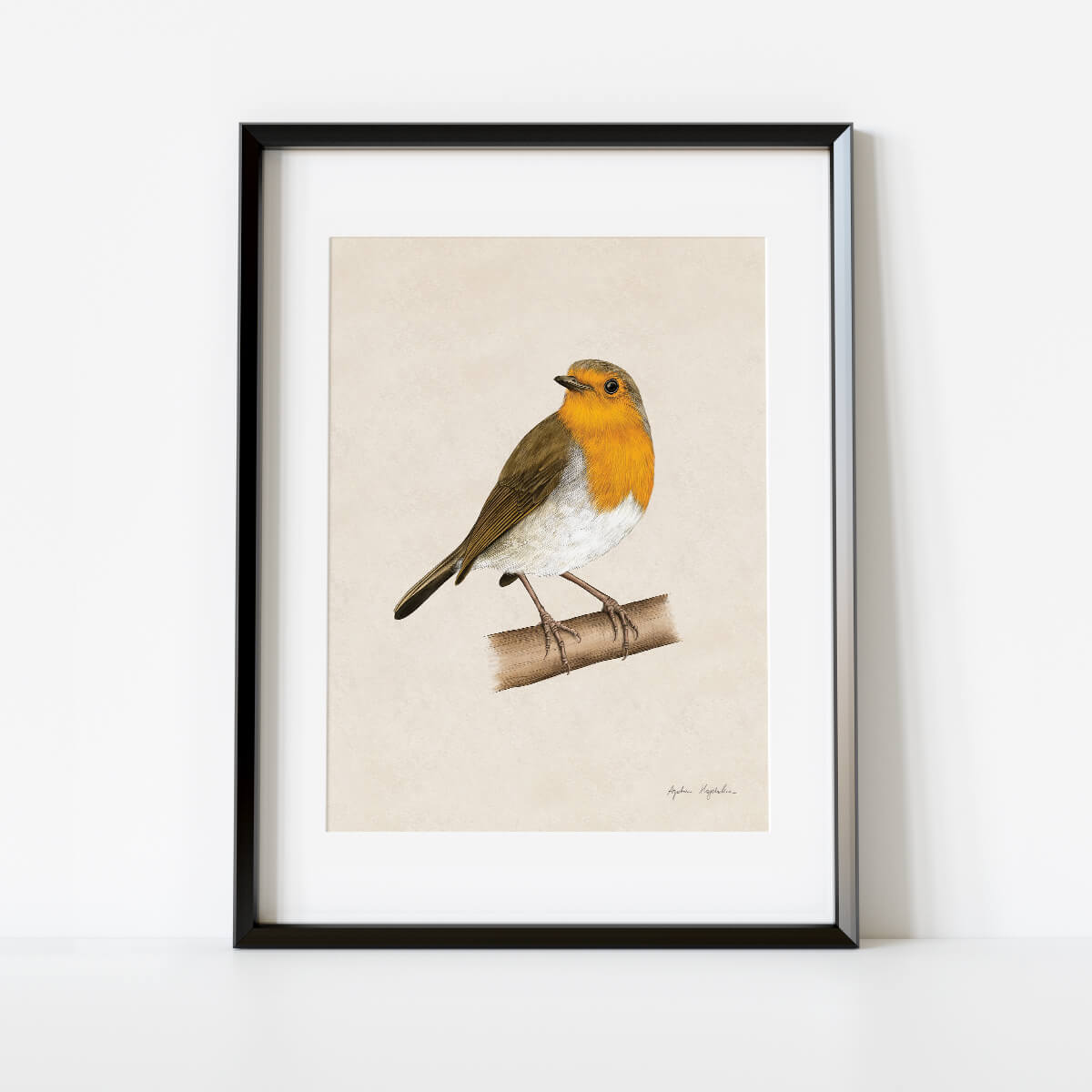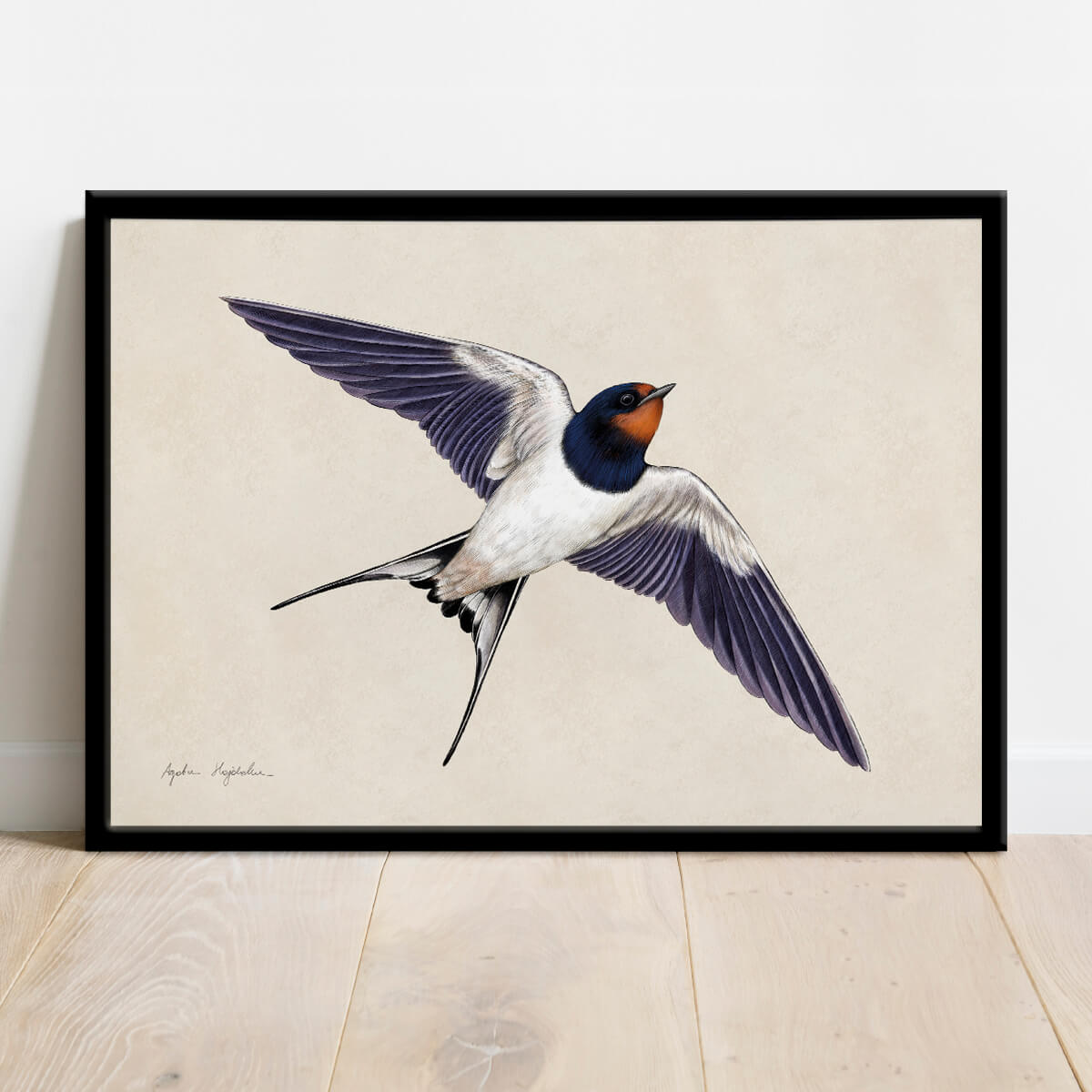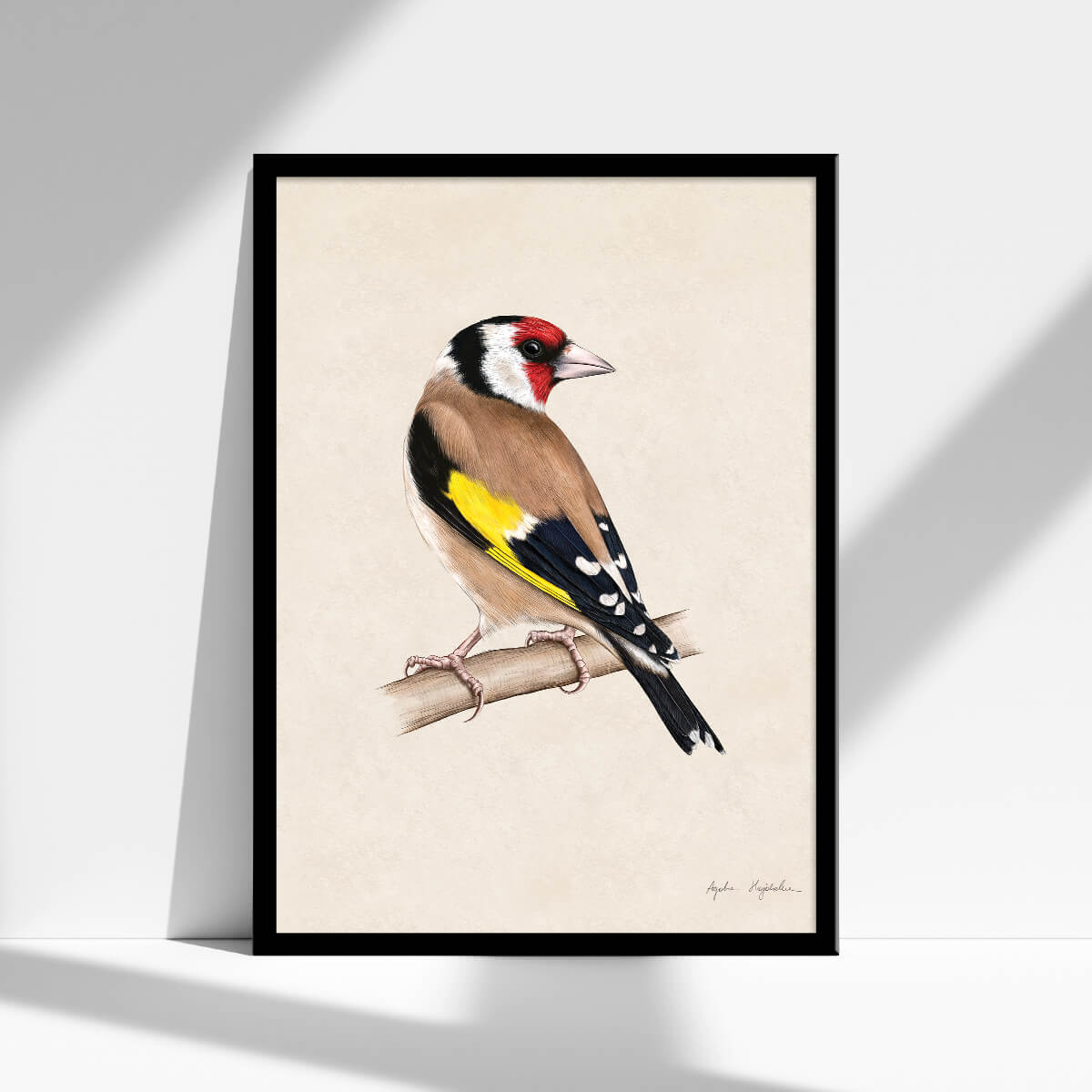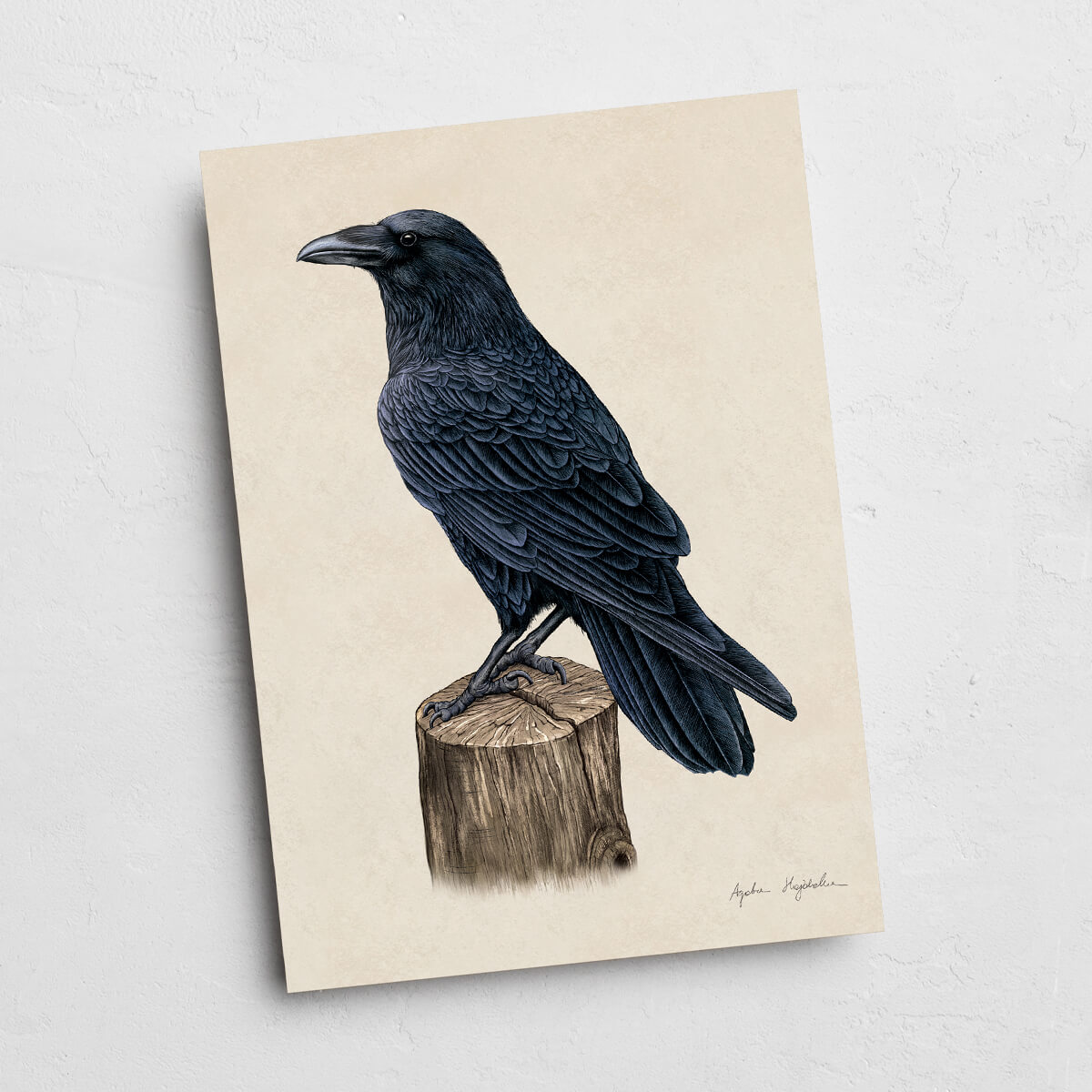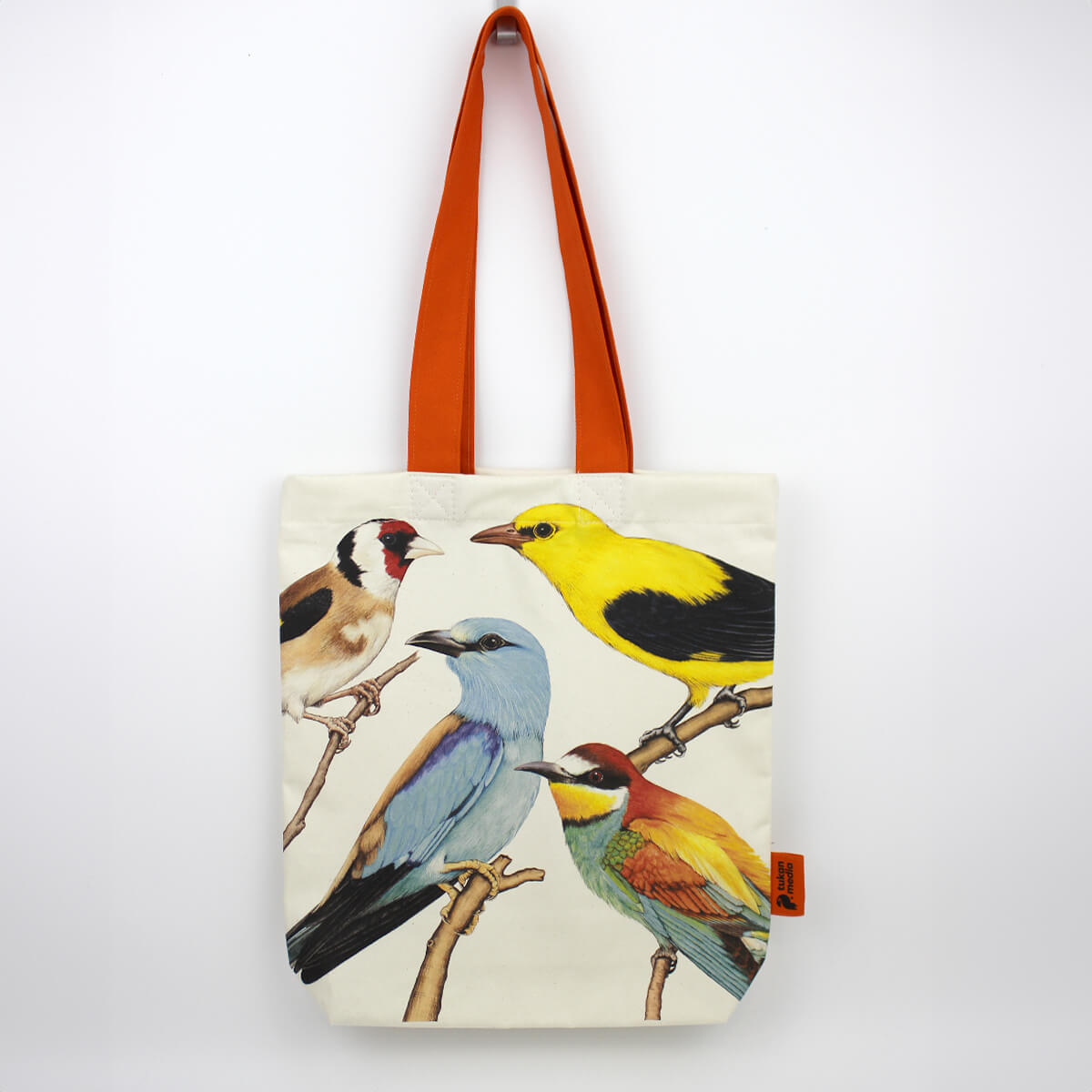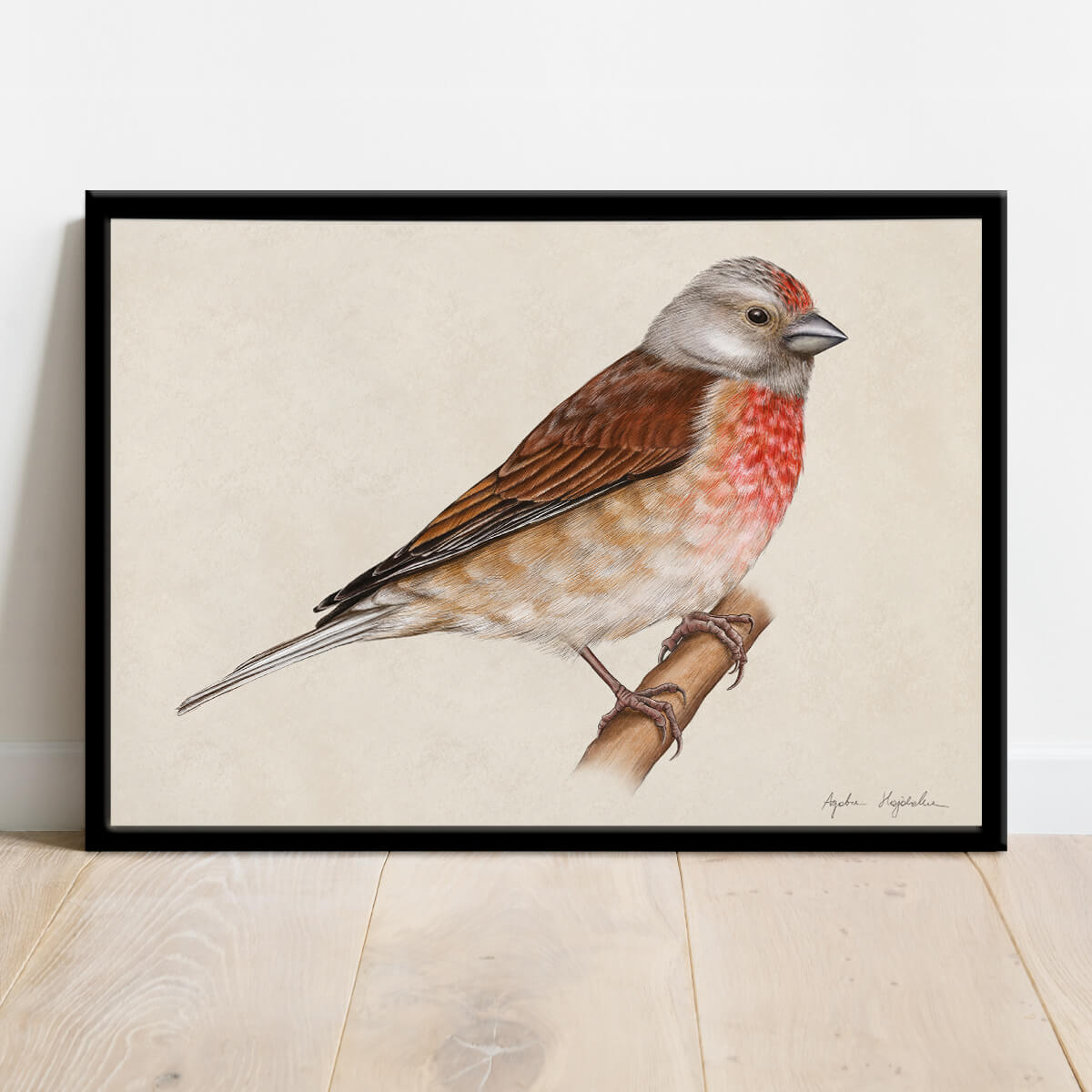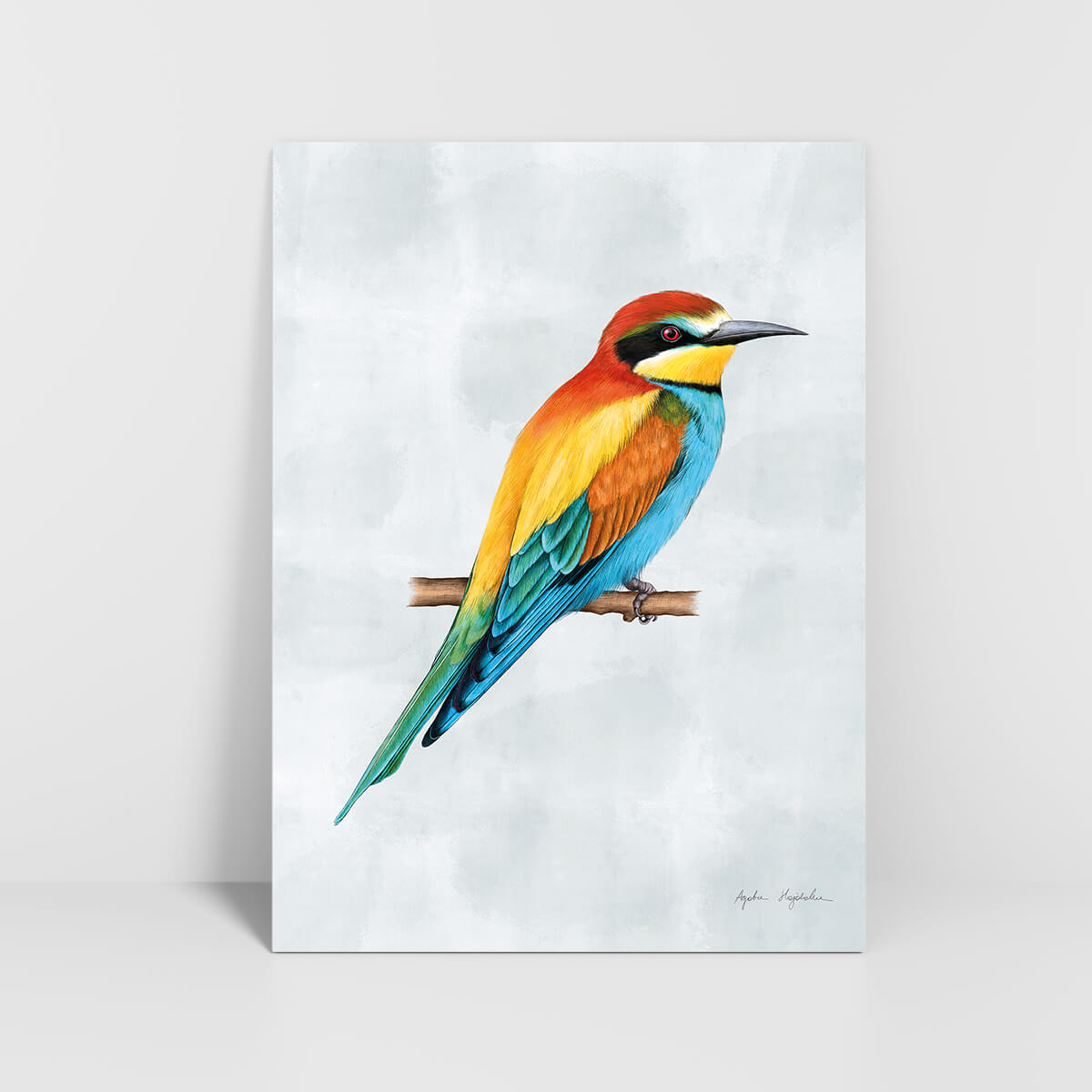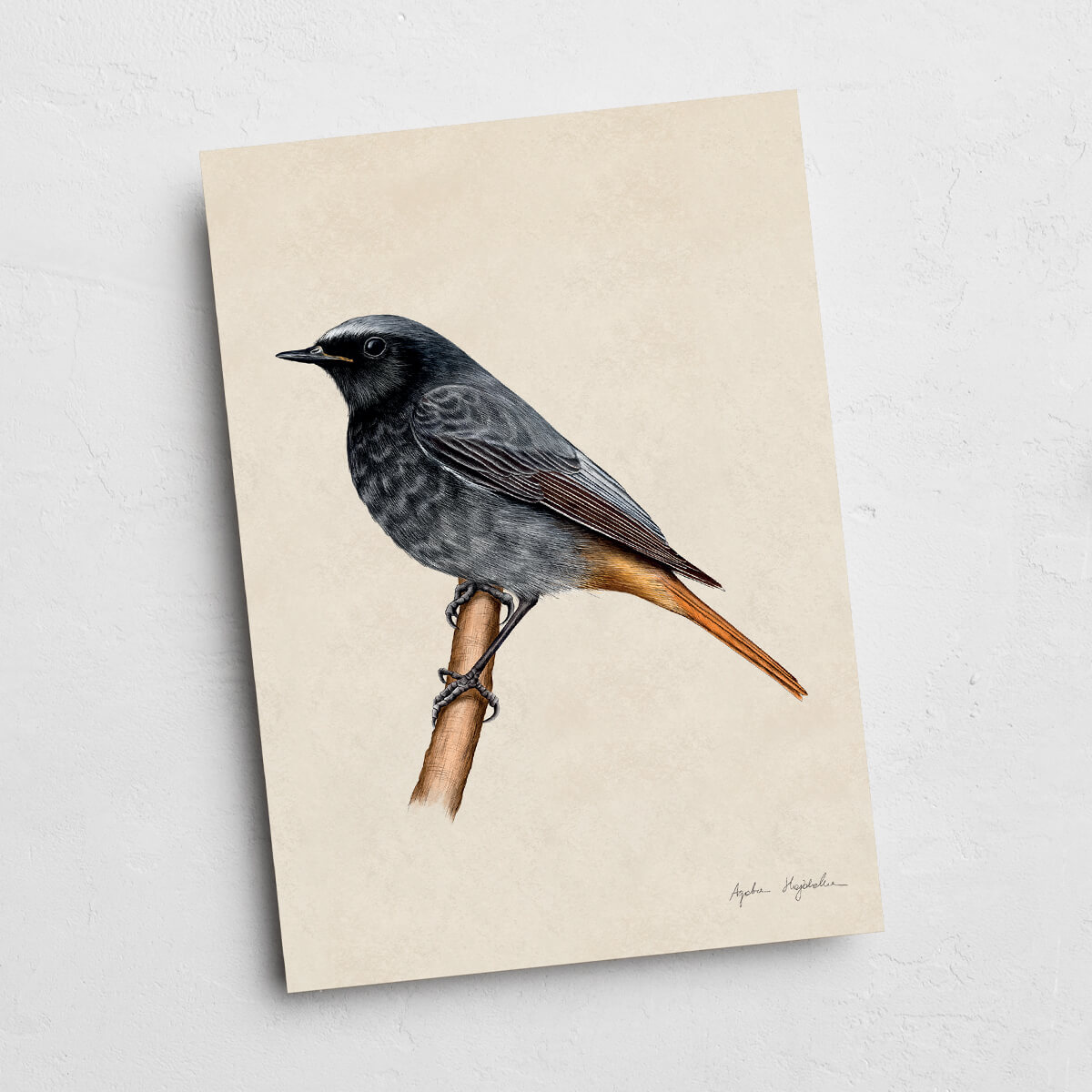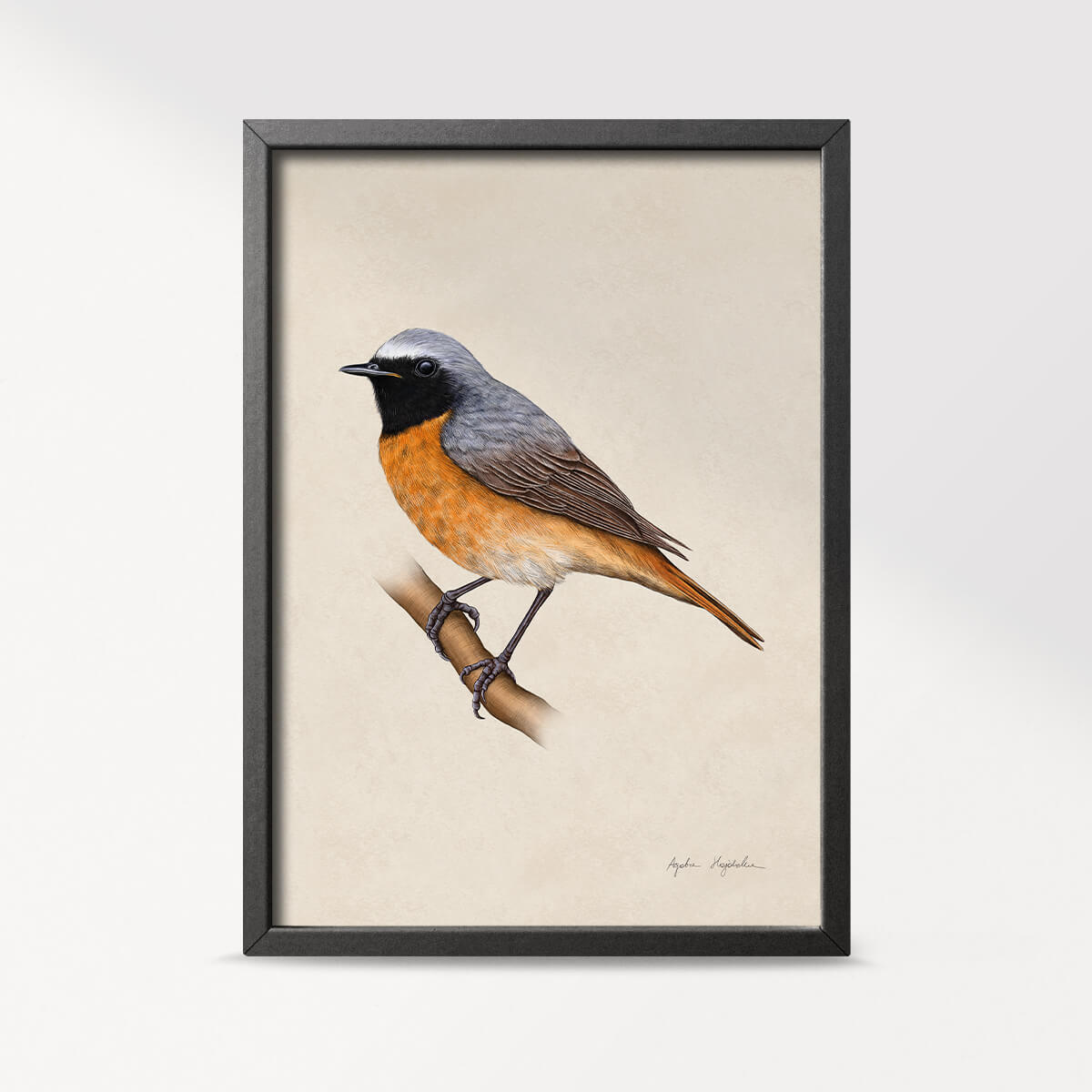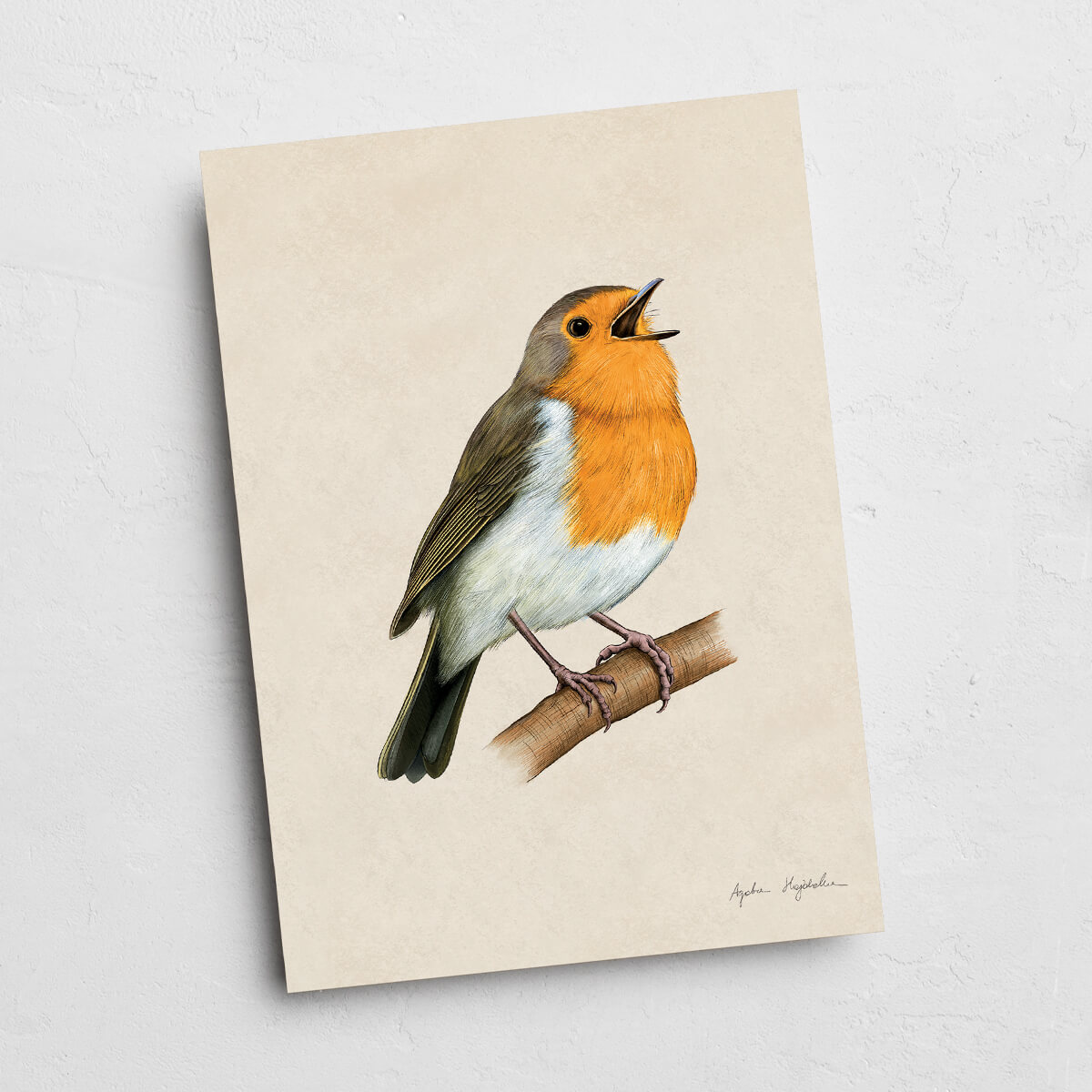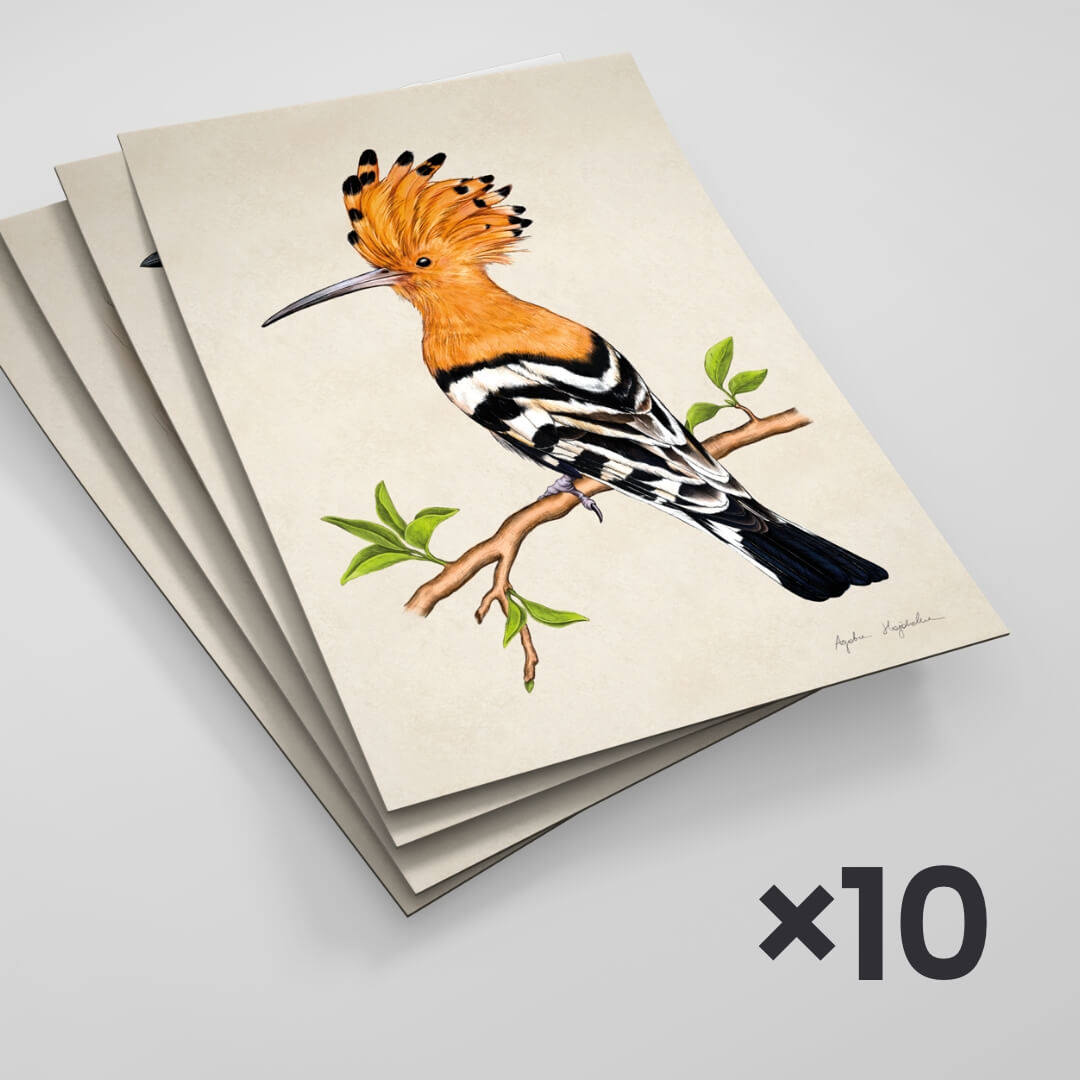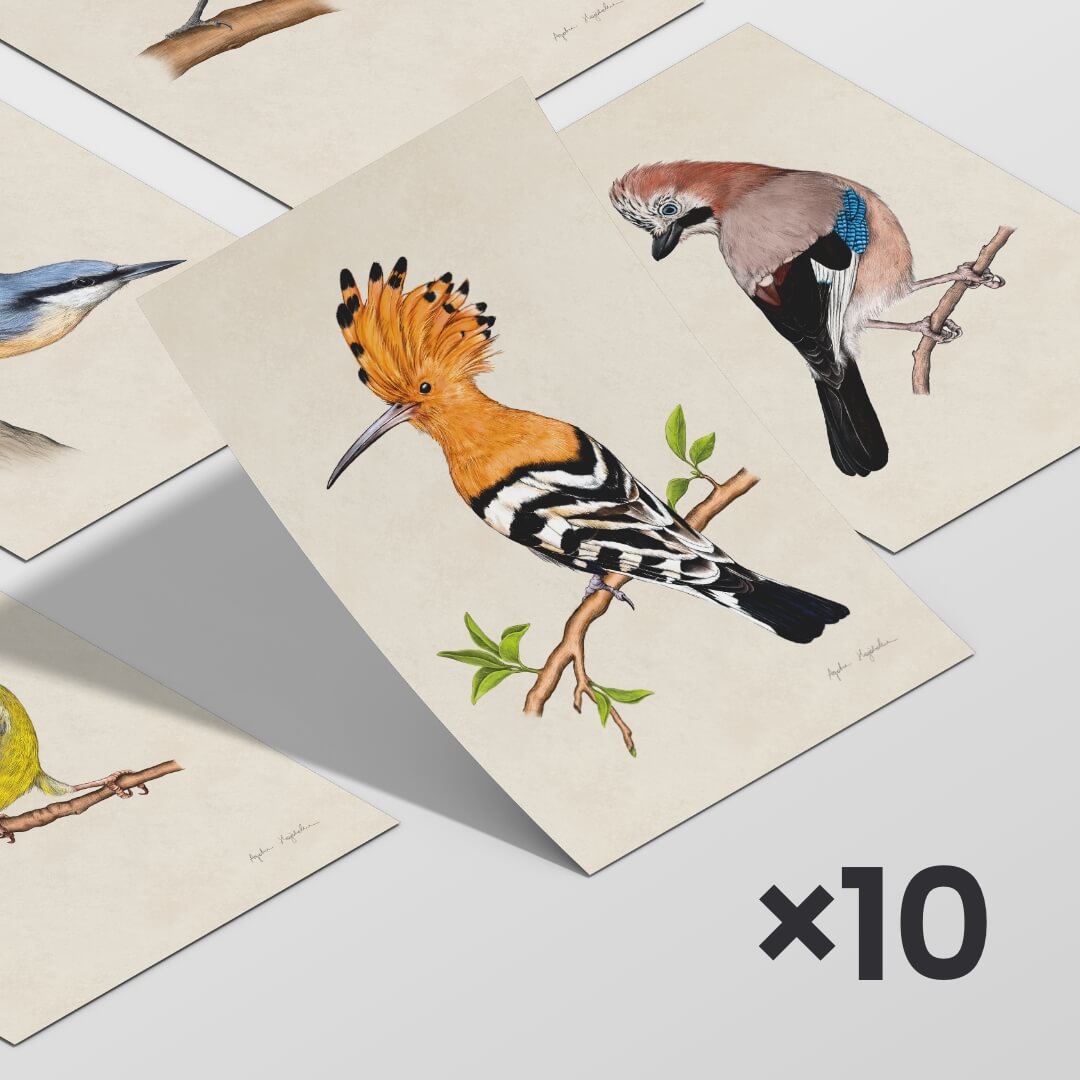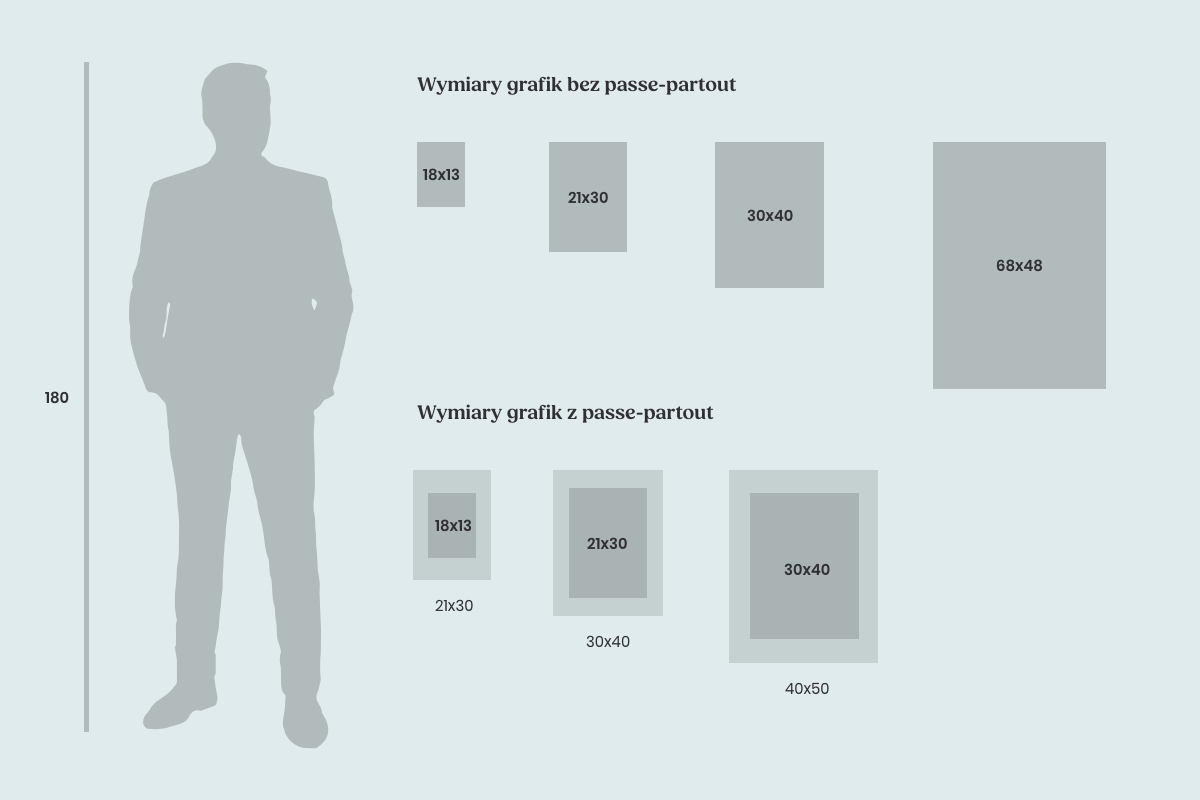- Tukan media
- Explore birds
- Green Woodpecker
Green Woodpecker
The Green Woodpecker is the most ground-dwelling species among woodpeckers in our country, and this is due to what the Green Woodpecker feeds on. Its main delicacy is ants, which is why you'll more often find it foraging on meadows and forest floors rather than on trees. It also feeds on beetle larvae and caterpillars, less frequently on fruits and seeds. This woodpecker inhabits the entire territory of Poland except for high mountains. It settles in deciduous forests, large urban parks, rural areas, and river valleys.
What does a Green Woodpecker look like?
It's a large bird with distinctive coloring – green upper plumage, olive-gray underparts, and a yellow rump that sets it apart from other winged residents of our country. The noticeable red crown extending to the nape and black area around the eye are also distinguishable features. Even an inexperienced observer can recognize that the bird in question is indeed the Green Woodpecker. Male and female differ in the presence of a red mustache, which is found only in males and runs from the bill to the neck.
The Green Woodpecker – nest and breeding
These relatively uncommon Polish birds lead a sedentary lifestyle and inhabit self-excavated cavities. Due to their rather large size, Green Woodpeckers require a significant amount of space, and it's estimated that a pair needs up to 4 weeks to excavate a suitable-sized hole. They lay up to 7 white eggs in the nest, which are incubated for about 19 days. The young leave the nest after approximately 27 days. They can be easily recognized as their plumage, although the same as in adults, is densely spotted.
What will surprise you about the Green Woodpecker? Interesting facts worth knowing!
- In winter, Green Woodpeckers peck at beehive walls to access the inside and feed on bees.
- Ten dzięcioł jest większy i cięższy od dzięcioła dużego.
- The tongue of the Green Woodpecker is as long as in other woodpeckers, but it doesn't have hook-like projections. Instead, it is covered with sticky saliva that helps in capturing food – ants and other prey stick to it.
- The Green Woodpecker's mating call resembles a chuckle. It's a melodious whistling in various tones.
- They are monogamous Polish birds – they can form pairs for their entire lives.
- Green woodpeckers are protected birds in Poland – they are subject to active species protection.

Listen to the voice
Products with an illustration of the green woodpecker
If you like the green plumage of this woodpecker, be sure to check out the graphics with its image in my collection and invite it into your interiors!
View products with green woodpecker
60.00 zł – 120.00 zł
160.00 zł – 320.00 zł
5.00 zł
60.00 zł – 120.00 zł
20.00 zł – 120.00 zł
Green Woodpecker - Additional Information
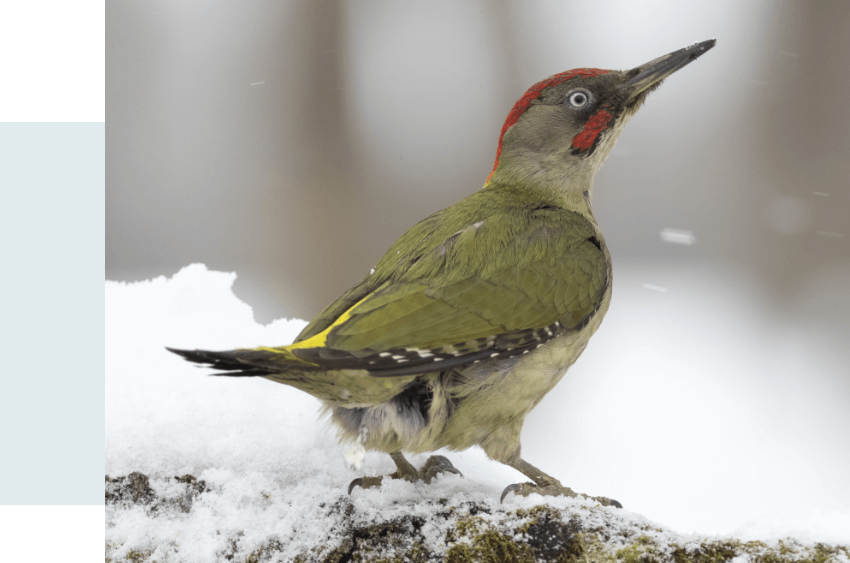
Green Woodpecker
Picus viridis
Family
Woodpeckers
Locations of Occurrence
The entire country except for the higher mountains
Food
Mainly ants and their larvae, sometimes other invertebrates and fruits
Population
A scarce, locally moderately abundant breeding bird
Migrations
Resident
Breeding
5-7 white eggs. Incubation: 17-19 days. Young birds leave the nest after 23-27 days.
See other products with birds
89.00 zł
89.00 zł
20.00 zł – 120.00 zł
20.00 zł – 120.00 zł
20.00 zł – 120.00 zł
60.00 zł – 120.00 zł
20.00 zł – 120.00 zł
20.00 zł – 120.00 zł
20.00 zł – 120.00 zł
267.00 zł 230.00 zł
553.00 zł 499.00 zł
400.00 zł 375.00 zł
464.00 zł 439.00 zł
237.00 zł 225.00 zł
150.00 zł 143.00 zł
174.00 zł 165.00 zł
89.00 zł
50.00 zł
50.00 zł
58.00 zł
79.00 zł
79.00 zł
79.00 zł
79.00 zł
79.00 zł
50.00 zł
50.00 zł
50.00 zł
50.00 zł
50.00 zł
89.00 zł
89.00 zł
20.00 zł – 120.00 zł
20.00 zł – 120.00 zł
20.00 zł – 120.00 zł
20.00 zł – 120.00 zł
89.00 zł
20.00 zł – 120.00 zł
20.00 zł – 120.00 zł
60.00 zł – 120.00 zł
20.00 zł – 120.00 zł
20.00 zł – 120.00 zł
20.00 zł – 120.00 zł
600.00 zł 500.00 zł
160.00 zł – 320.00 zł
450.00 zł 400.00 zł
